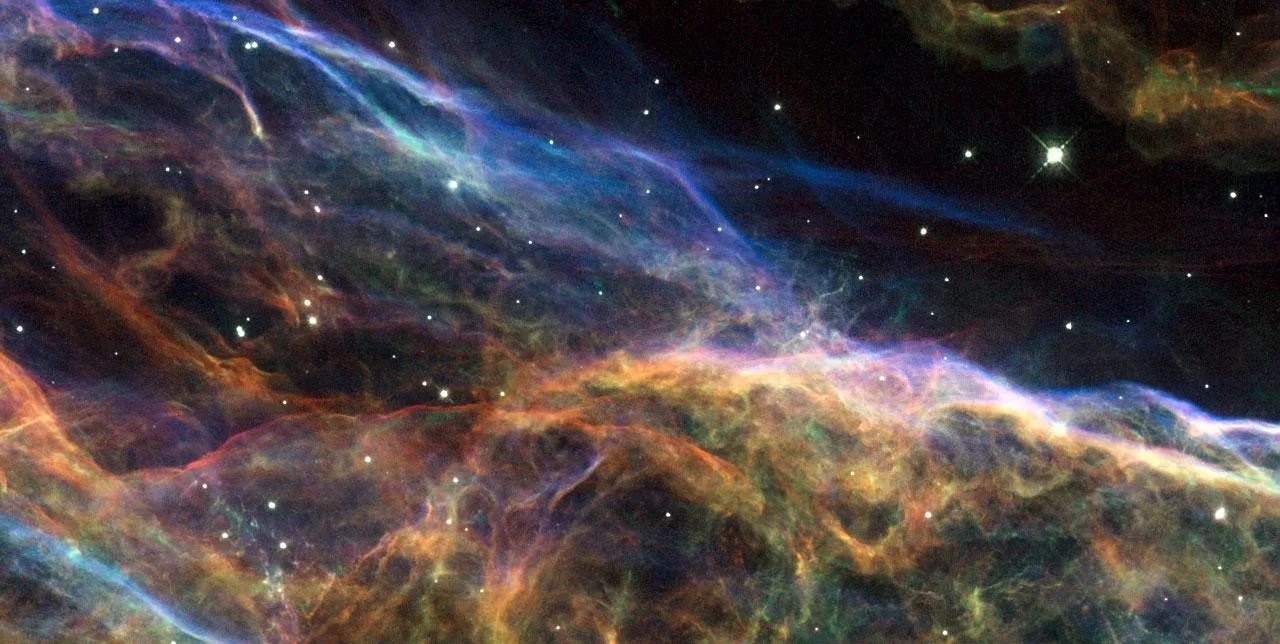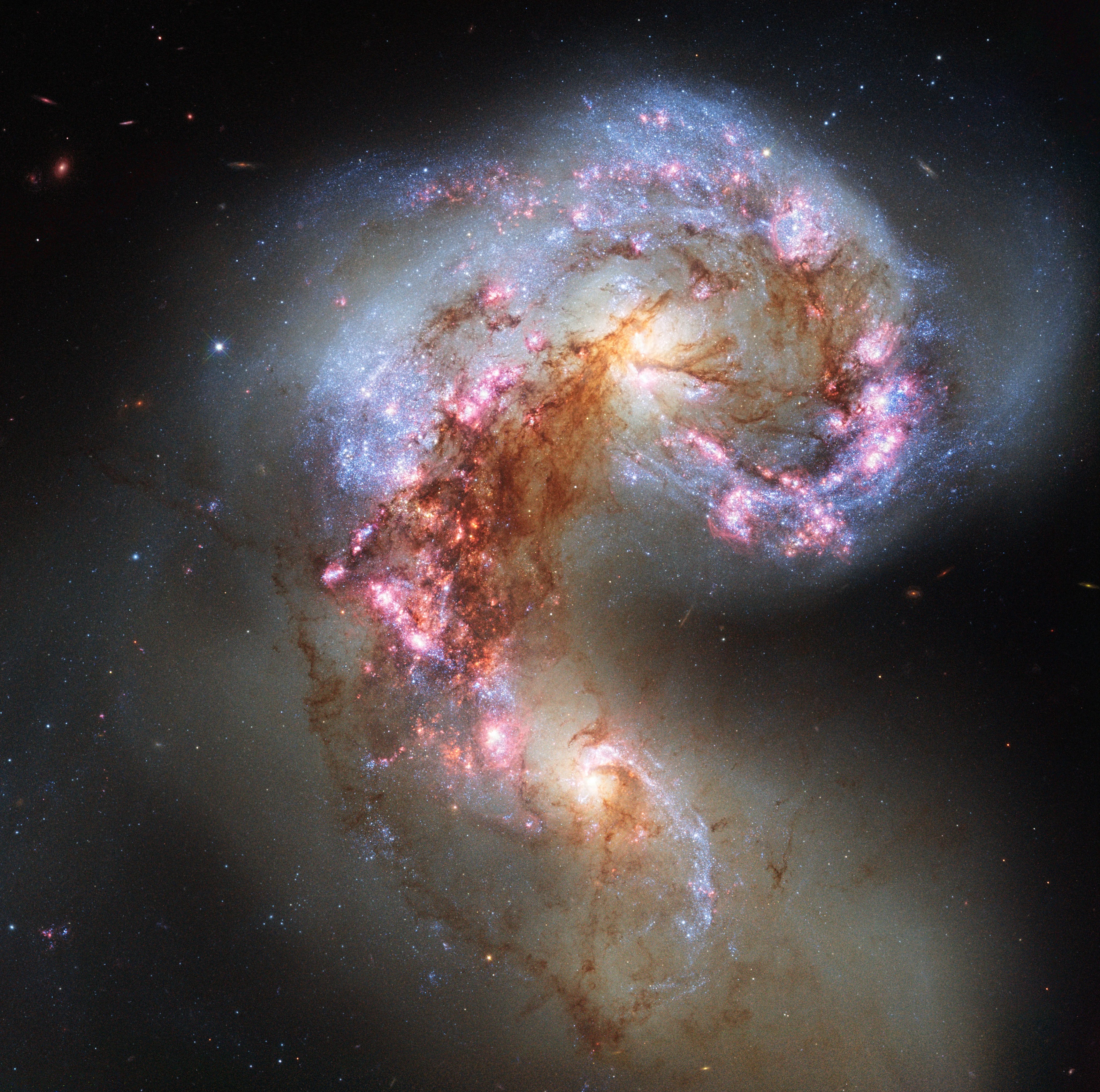Hubble's Caldwell Catalog
The Caldwell Catalog goes beyond the work of Charles Messier, offering backyard astronomers more cosmic wonders to explore.
Quick Fact
Overview
During the 18th century, French astronomer Charles Messier compiled a list of over 100 cosmic objects that might fool fellow comet hunters into thinking they had discovered new comets. These smudgy spots on the sky have since been revealed as distant galaxies, star clusters, and nebulae, and the Messier catalog became a guide for locating visually stunning cosmic objects.
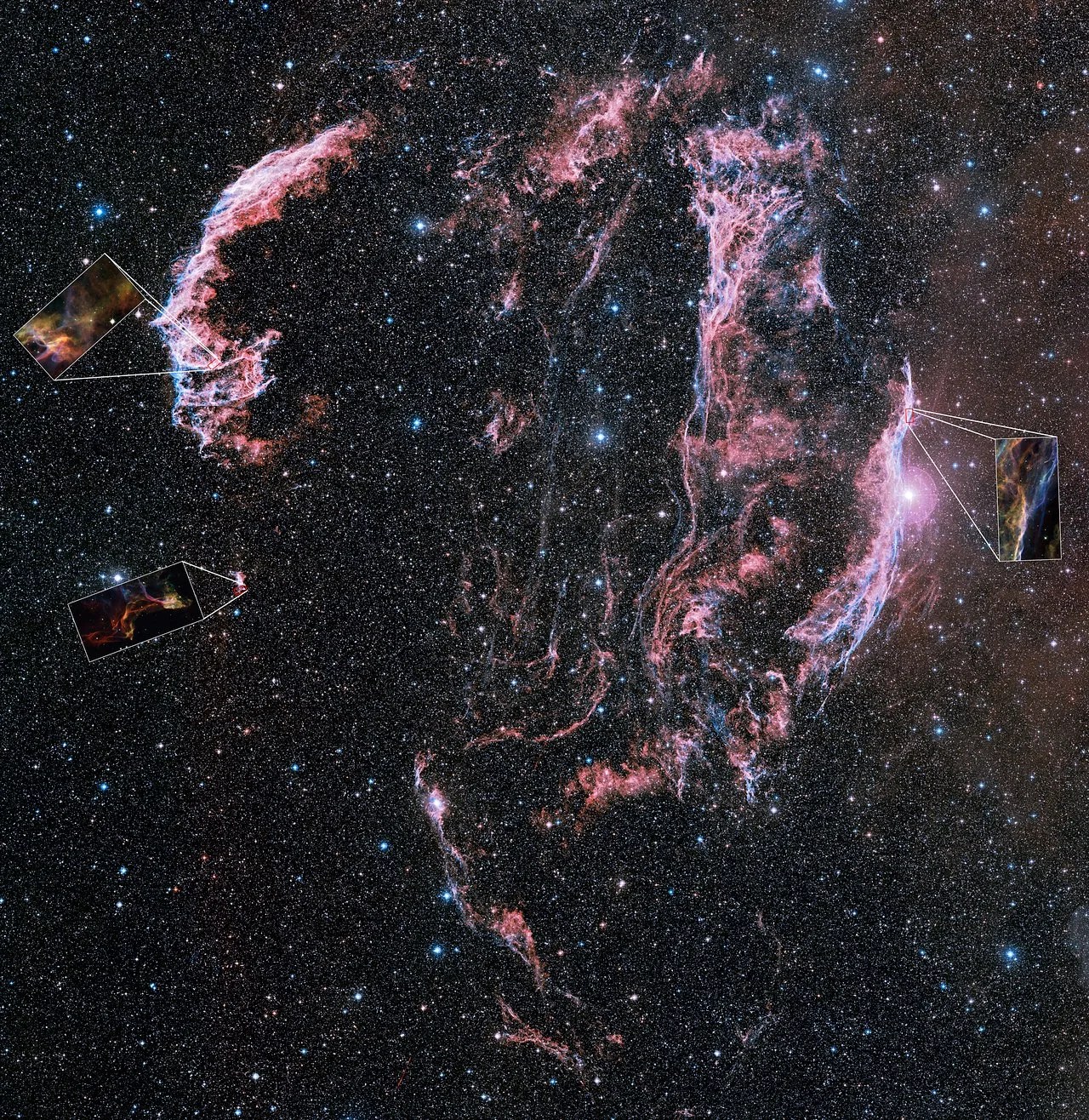
In the 1980s, an Englishman named Sir Patrick Moore produced an additional list to highlight more cosmic wonders visible to amateur astronomers. Unlike the Messier catalog, which only features objects that were visible from Charles Messier’s viewing location in Europe, Moore’s Caldwell catalog includes celestial bodies that are found in both the northern and southern skies. The catalog consists of 46 star clusters, 35 galaxies, and 28 nebulae, or 109 objects in total. Moore intentionally avoided including any of the Messier objects in his catalog, hoping to expand his fellow amateur astronomers’ cosmic horizons. From nearby clouds of gas and dust that are left over from dying stars to remote galaxies that formed billions of years ago, the Caldwell catalog is brimming with surprising celestial treats.
While the Hubble Space Telescope has not taken images of every object in the Caldwell catalog, it has observed 98 of them as of August 2020. There are 88 Caldwell objects included here. More images may be added to Hubble’s catalog of Caldwell objects in the future.
Some of Hubble’s images are close-ups of a particularly interesting region of an object rather than capturing the whole thing. That’s because Hubble provides high-resolution views but of relatively small regions of the sky. Sometimes the entire astronomical object doesn’t fit in Hubble’s view, and the scientists taking the observations don’t always need to view the full object for their studies.
Other Hubble images of the Caldwell objects have an unusual staircase-like shape where an edge of the picture appears cut off or missing. These images were taken using the Wide Field and Planetary Camera 2 (WFPC2), which was in operation between 1994 and 2009. WFPC2 was made up of four light detectors with overlapping fields of view, one of which gave a higher magnification than the other three. When the four images were combined together into one picture, the high-magnification image needed to be reduced in size in order for the image to align properly. This produced an image with a layout that looked like steps.
Today, Hubble has two primary cameras to capture images of the cosmos. Called the Advanced Camera for Surveys and the Wide Field Camera 3, they work together to provide superb wide-field imaging over a broad range of wavelengths. The telescope’s visible-light observations allow us to view cosmic objects in the wavelengths of light we see with our own eyes, but in a much greater level of detail. Infrared observations extend our vision, detecting lower-energy light than our eyes can see and peering through shrouds of dust to image some of the faintest and farthest objects yet discovered. Hubble’s ultraviolet vision extends our view in the opposite direction, opening a window on the evolving universe and allowing us to glimpse some of the more violent events in the cosmos.
While Hubble provides images in exquisite detail, backyard astronomers can observe Caldwell objects with modest ground-based telescopes, though some are more challenging targets than others. The catalog features many deep-sky objects that are bright enough to see with binoculars and a few that are visible to the naked eye. Regardless of the viewing instrument, the Caldwell objects are rich in history, brimming with science, and fun to observe.
The following pages contain some of Hubble’s best images of the Caldwell objects taken thus far. This collection has been assembled for amateur astronomers to compare what they see to what Hubble sees, allowing them to see finer details in each of the objects.
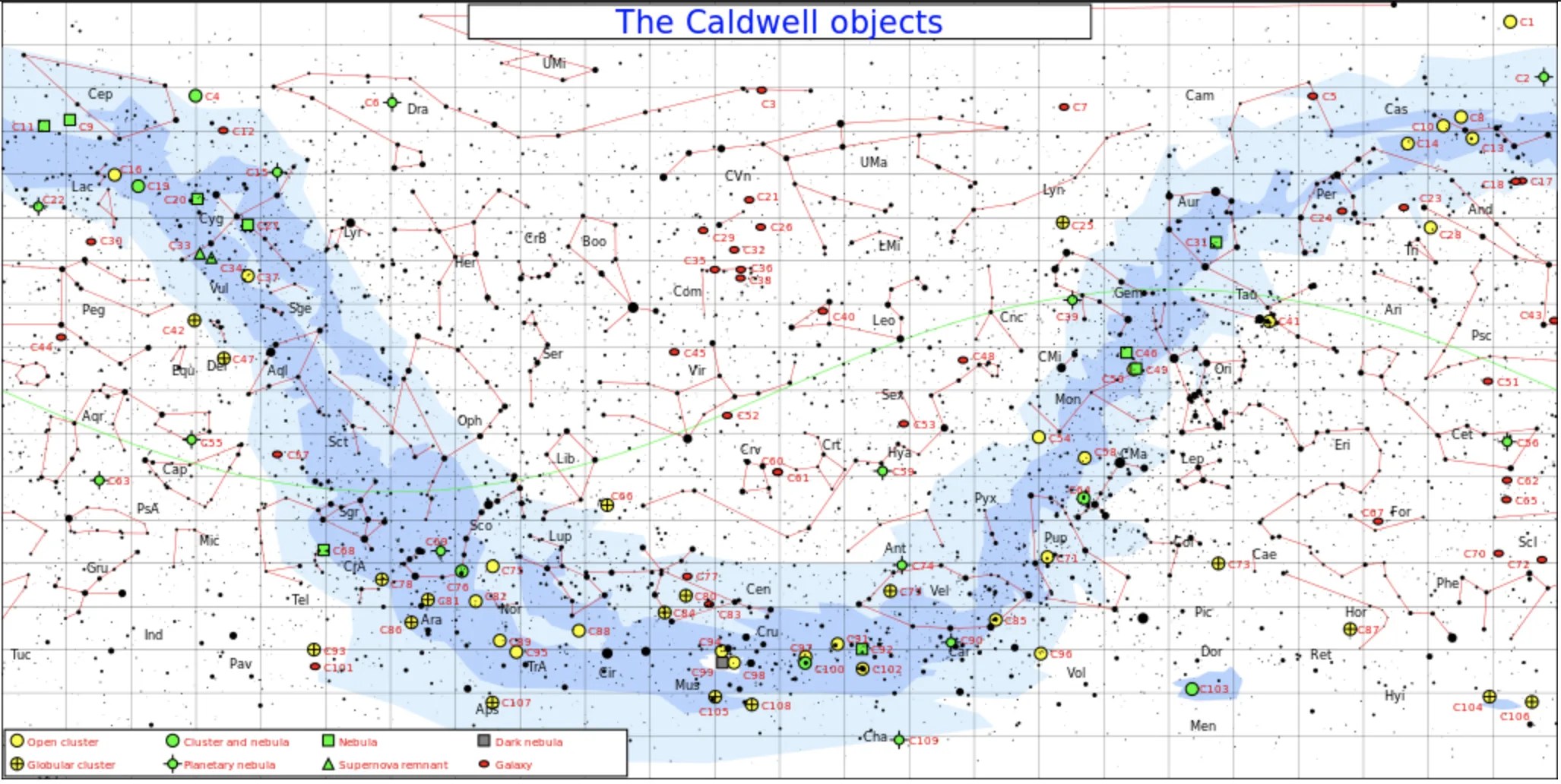
History
Sir Patrick Moore
World-renowned amateur astronomer, Sir Patrick Moore, developed the Caldwell catalog to inspire backyard astronomers to view night-sky wonders beyond those in the Messier Catalog.
Like many avid stargazers, an Englishman named Sir Patrick Moore developed an interest in astronomy at a very young age, which blossomed into a lifelong obsession. Educated at home because of a heart condition, he discovered the world of astronomy at six years old when he read a late 19th century tome on the solar system.
Read More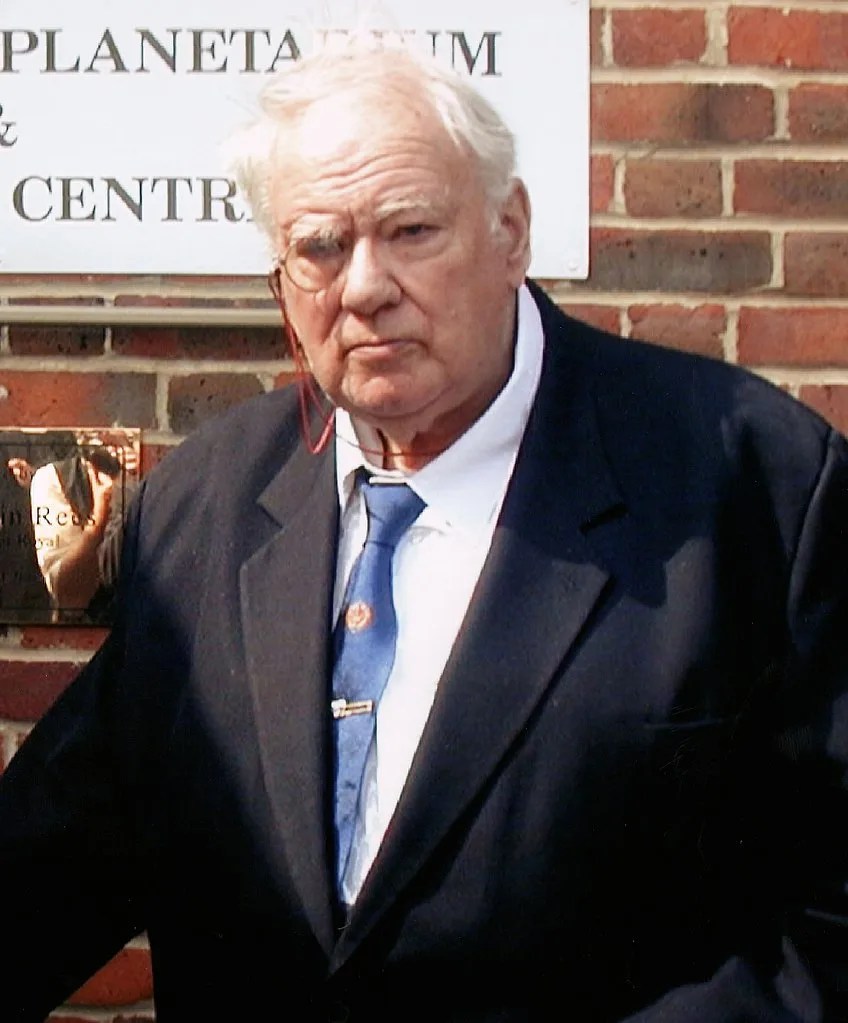
Hubble’s Caldwell Catalog
Use Hubble's images to help guide your exploration of the Caldwell catalog.

Caldwell 1
Also known as NGC 188, this group of stars formed from a large cloud of gas making the stars roughly…

Caldwell 2
This shell of gas is expanding outward, away from the dying star within.

Caldwell 3
This barred spiral galaxy was first spotted by British astronomer William Herschel in April 1793 in the constellation Draco.
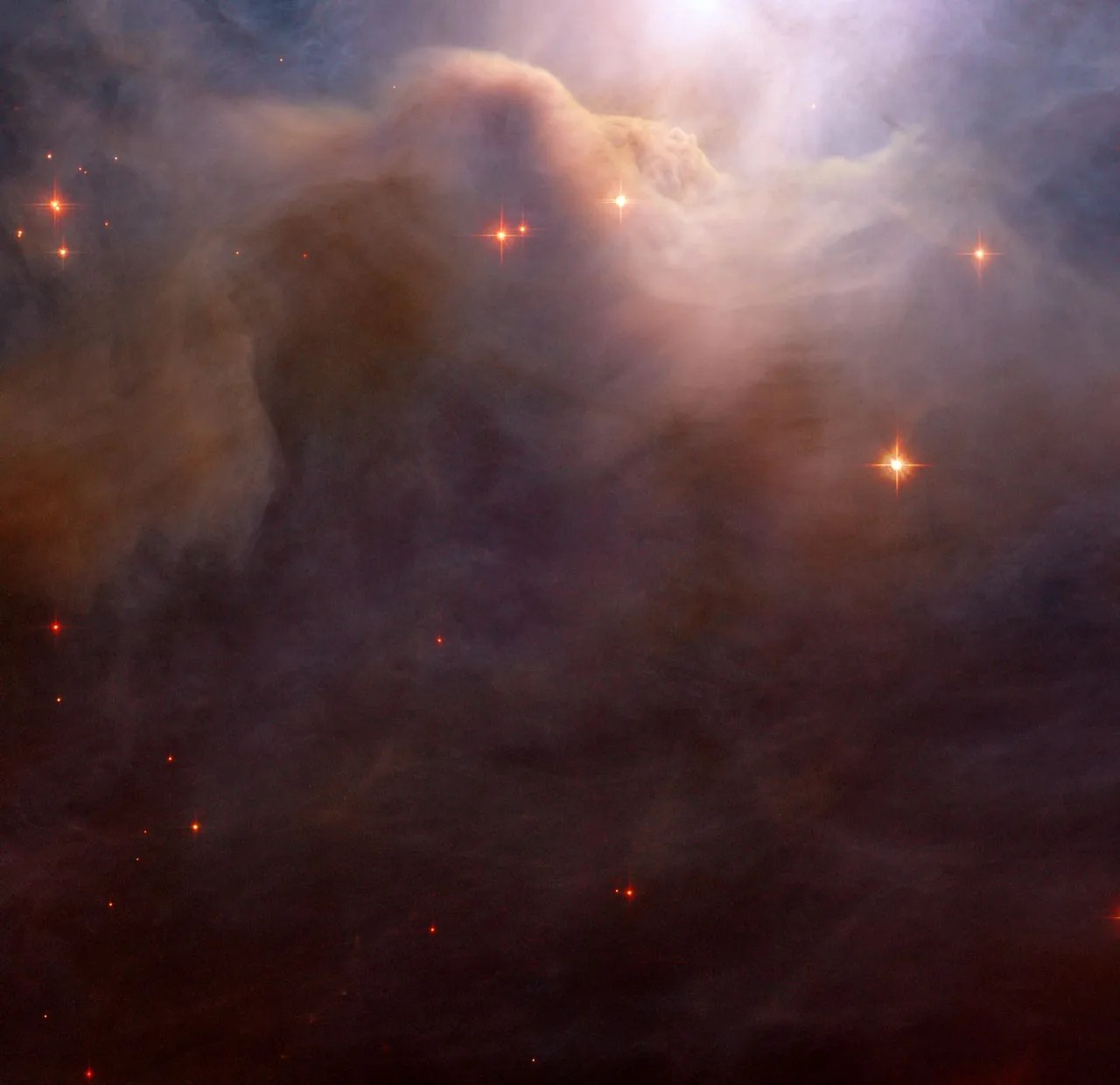
Caldwell 4
Also called the Iris Nebula, or NGC 7023, Caldwell 4 is of particular interest to astronomers.
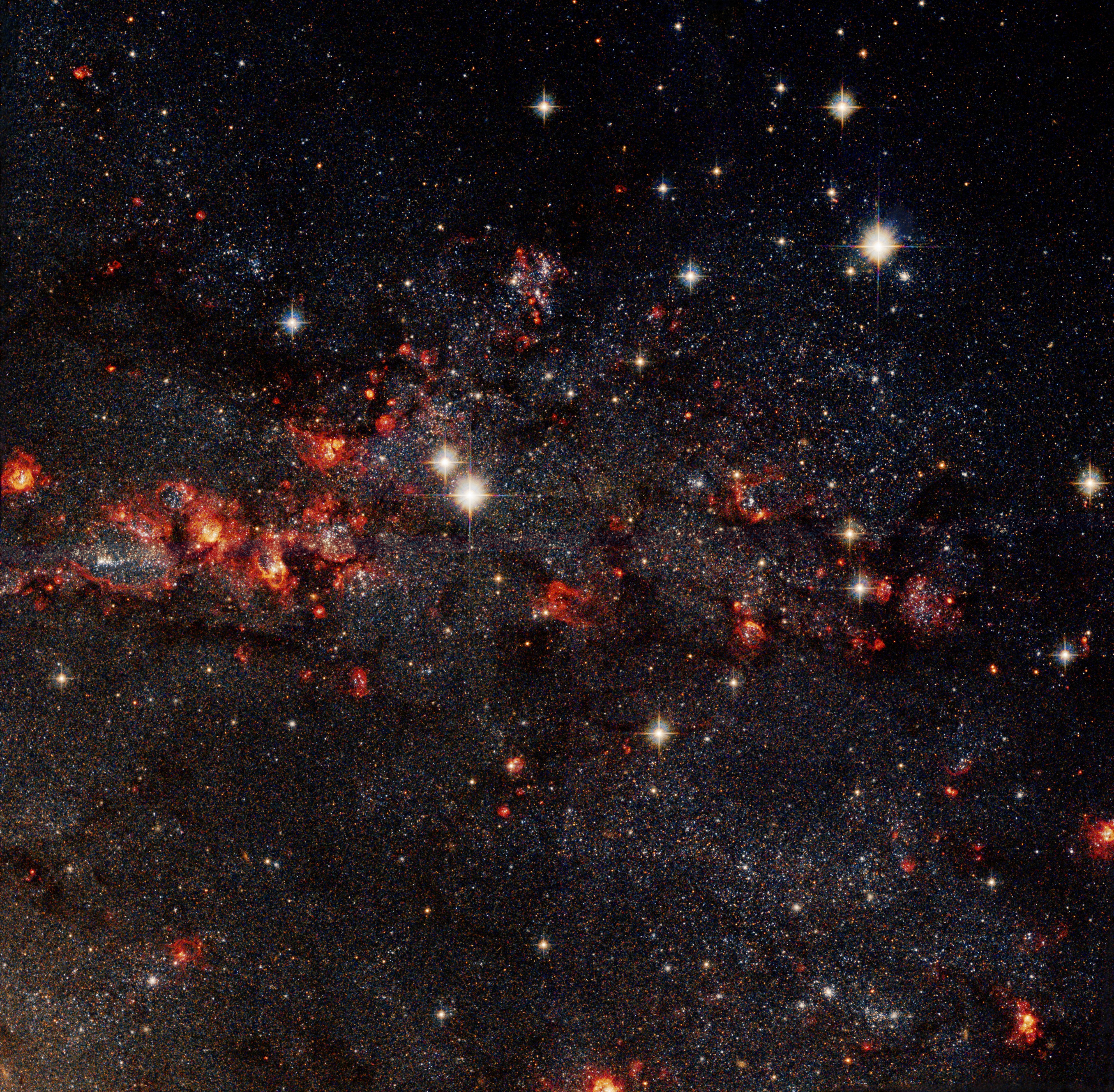
Caldwell 5
Though bright, this spiral galaxy is very difficult to find in the crowded sky area near the Milky Way's disk…
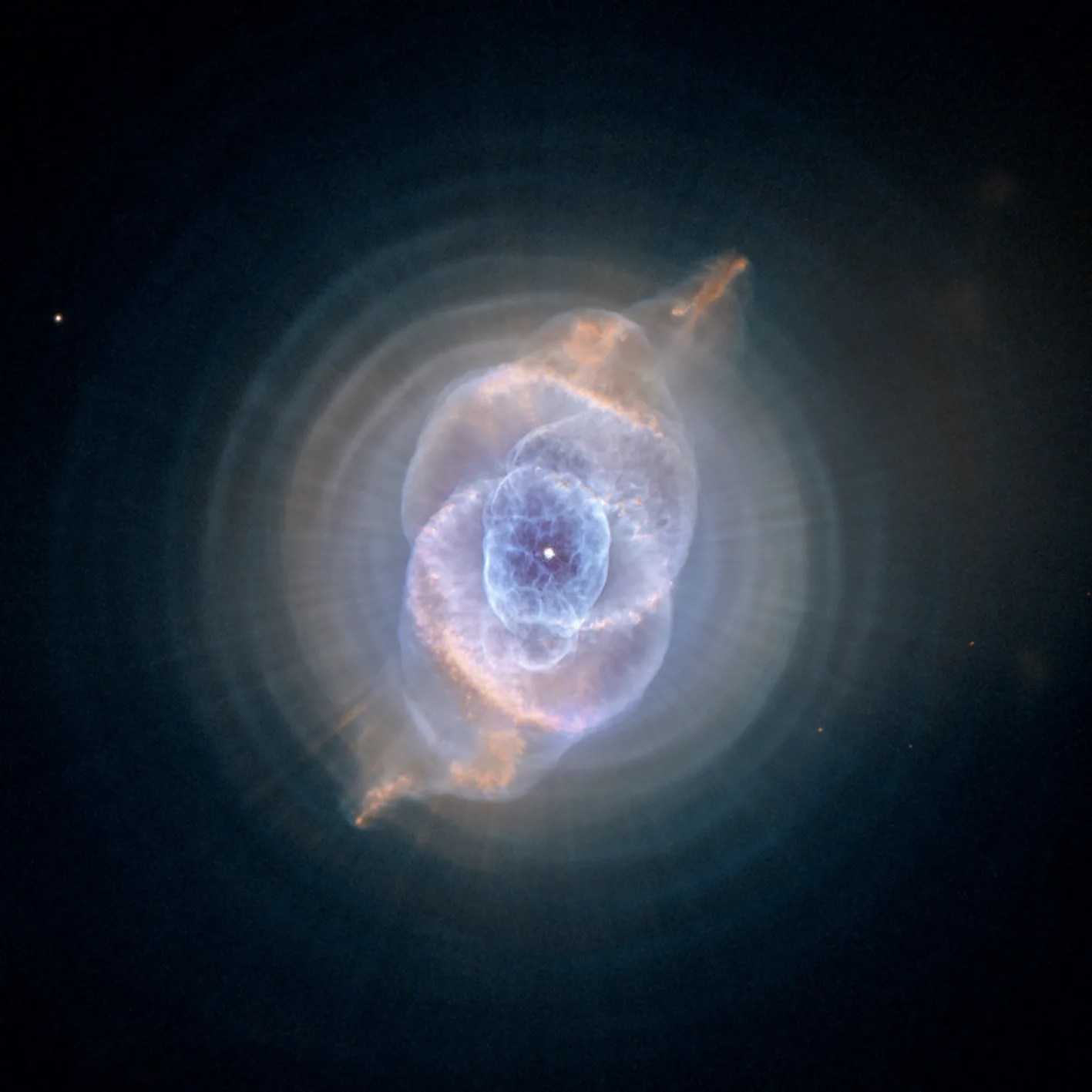
Caldwell 6
Caldwell 6 is also known as NGC 6543, but is commonly called the Cat’s Eye Nebula.
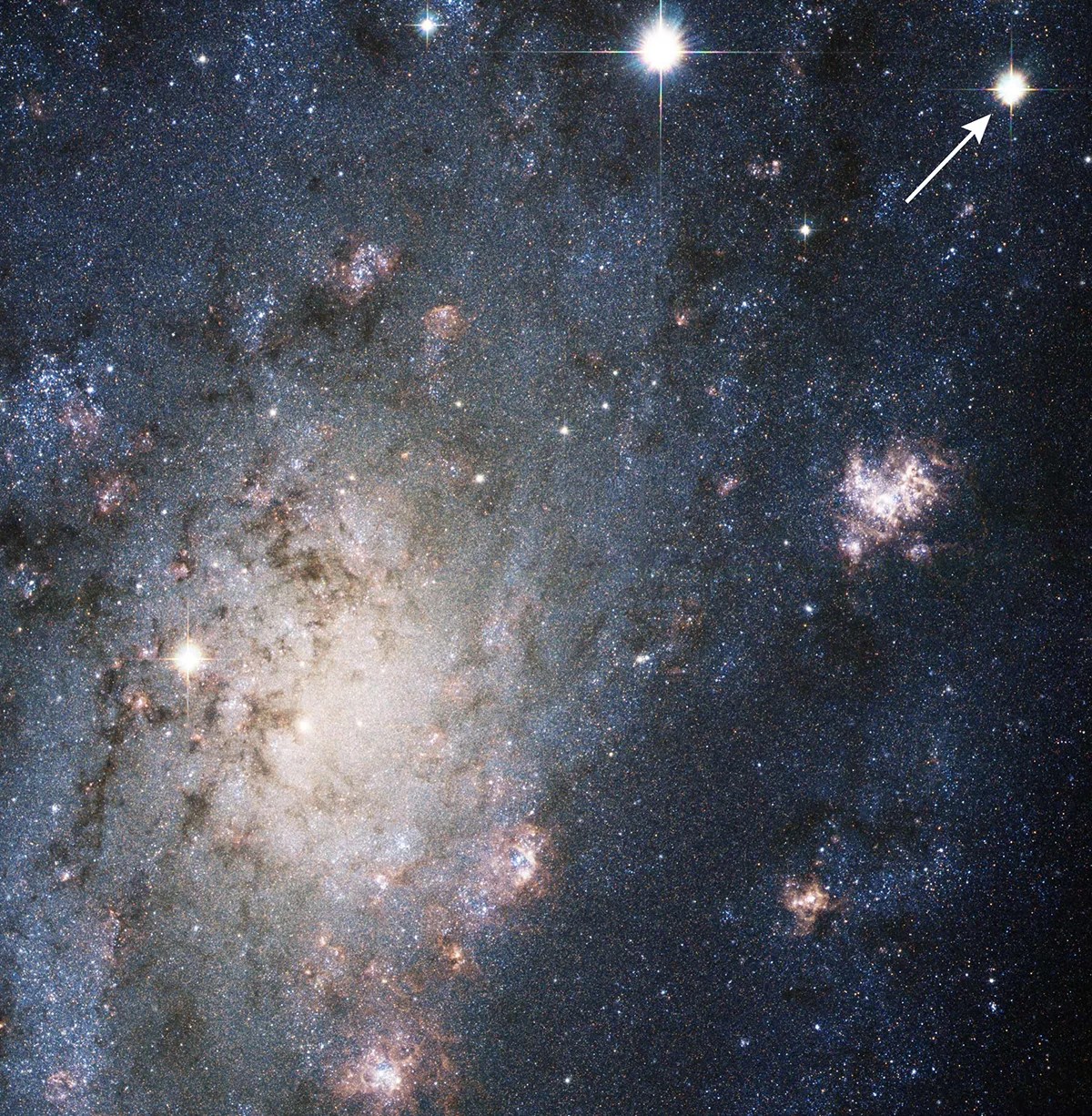
Caldwell 7
Supernova hunters may be familiar with Caldwell 7 as the galaxy hosted a supernova in 2004.
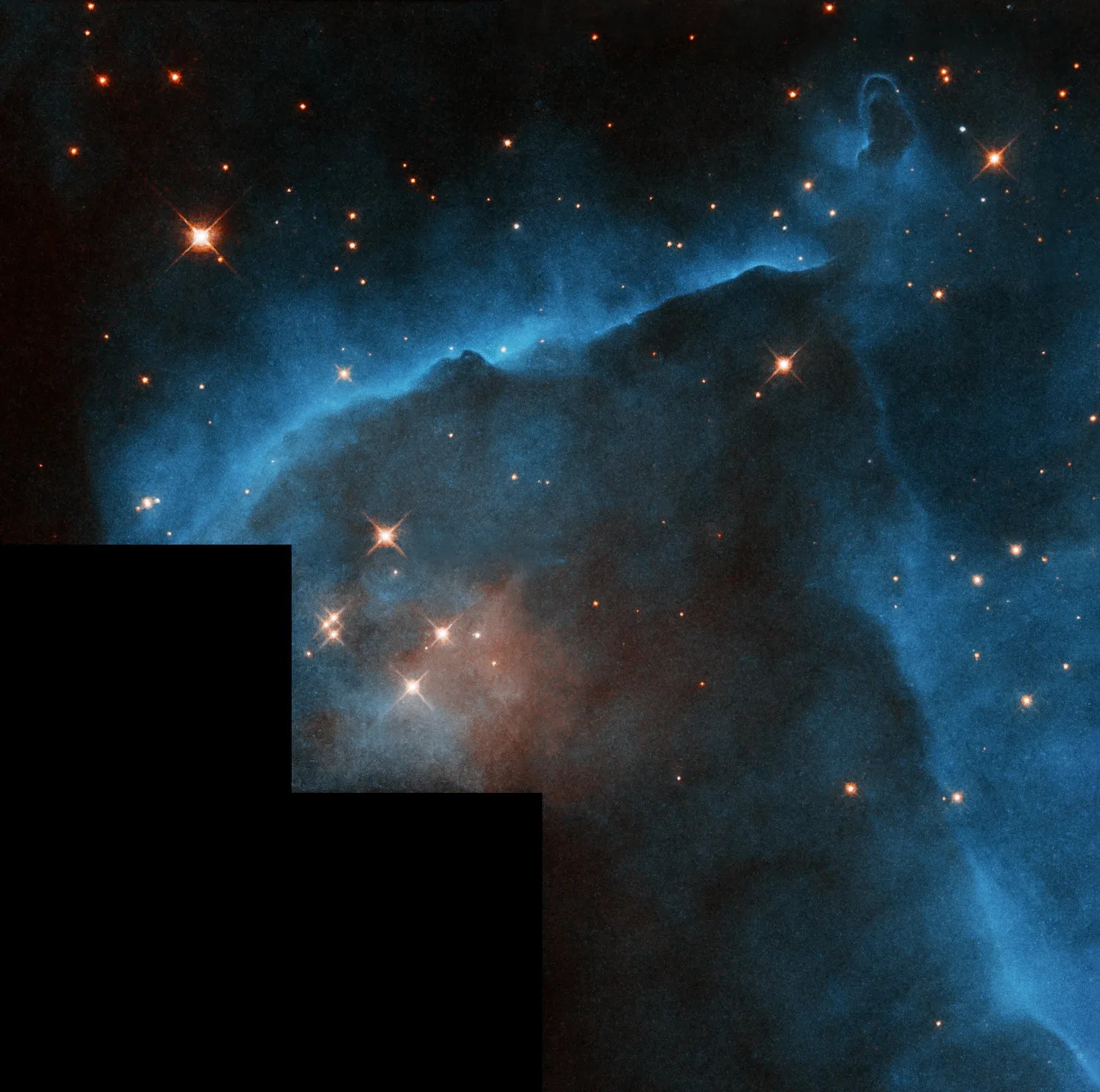
Caldwell 9
Also called the Cave Nebula, Caldwell 9 is an area where new stars are forming.
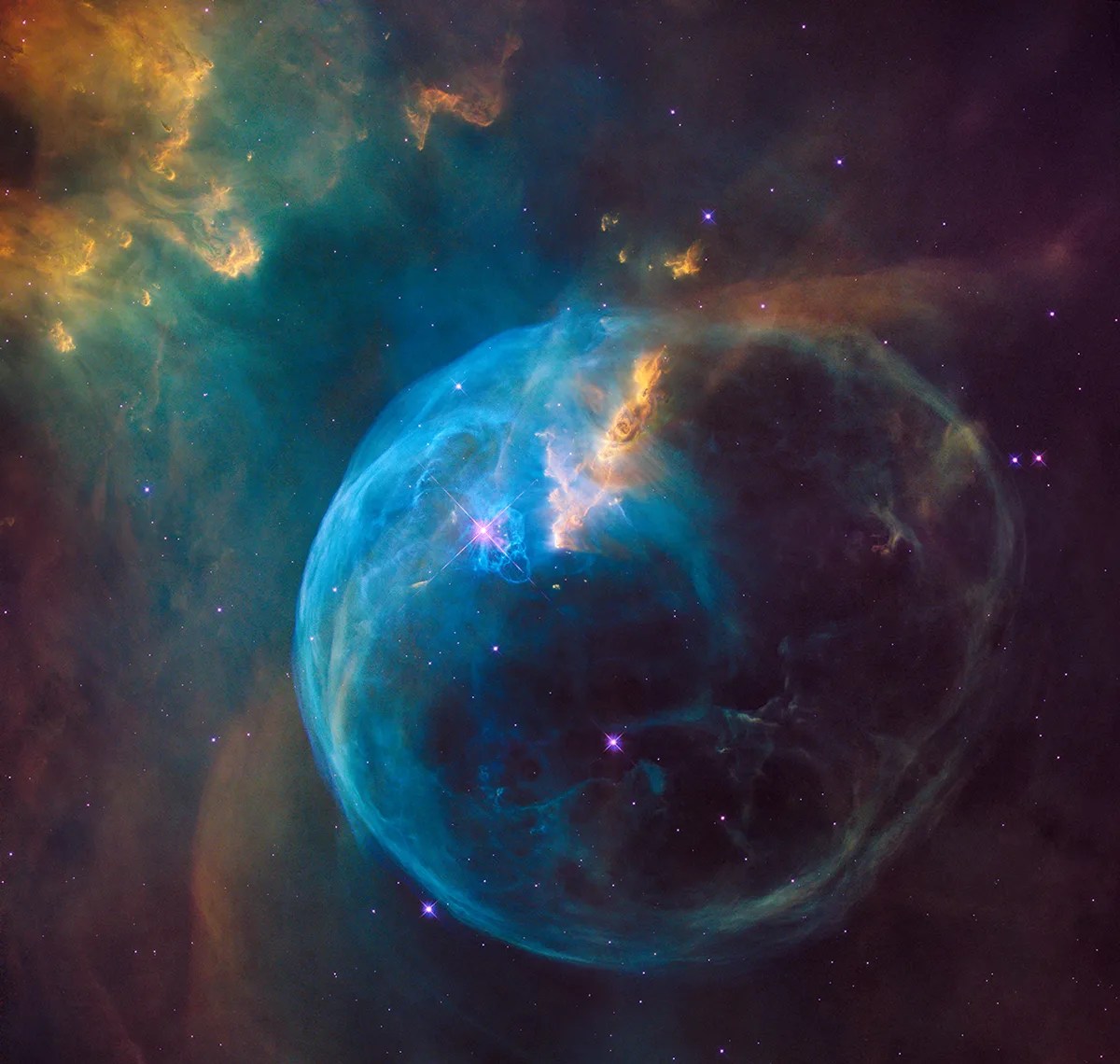
Caldwell 11
Better known as the Bubble Nebula, Caldwell 11 is a colorful region of gas and dust that stretches 6 light-years…
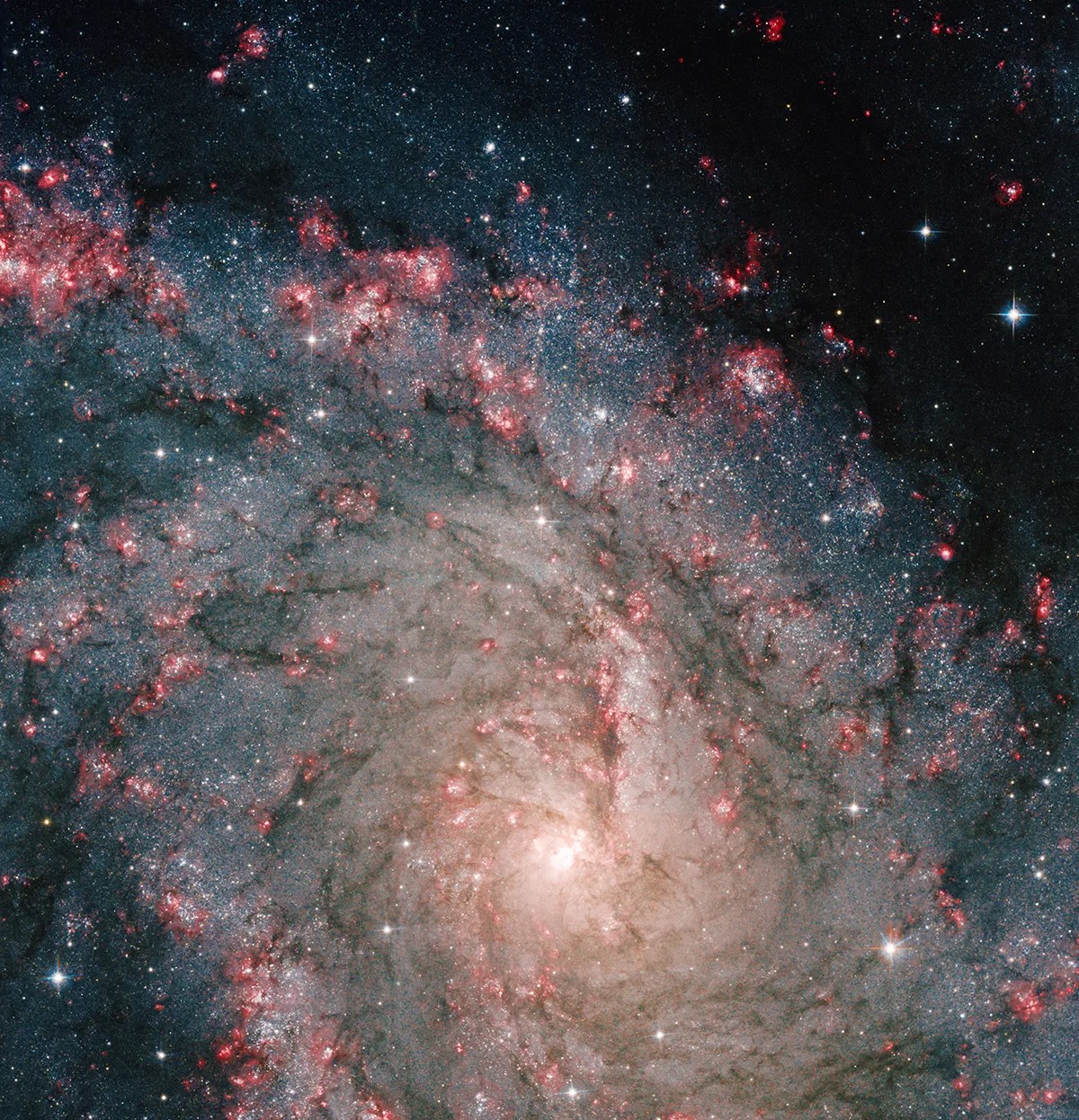
Caldwell 12
This majestic spiral has had ten observed supernovae in its spiral arms since 1917.
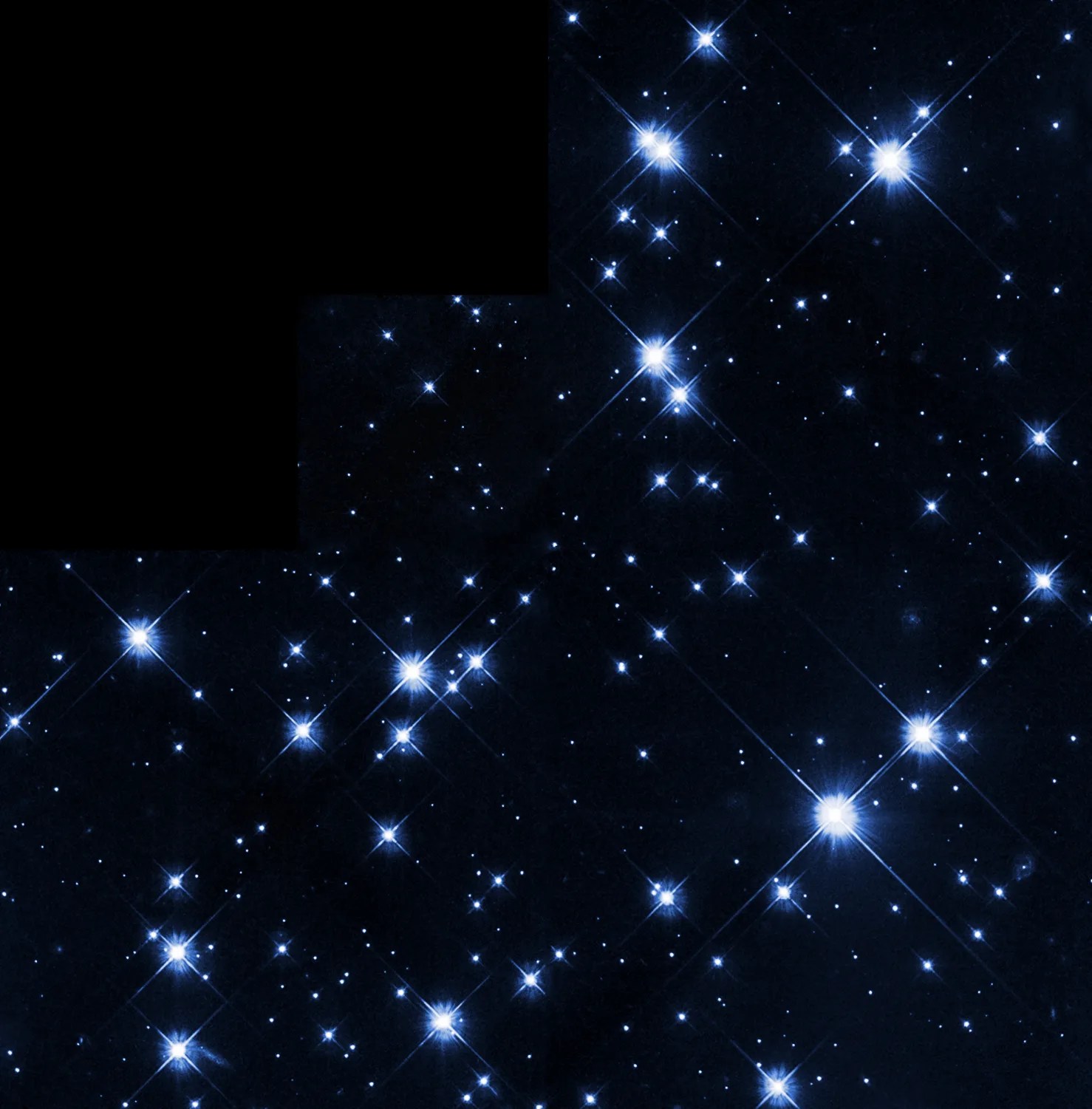
Caldwell 14
These two bright star clusters appear side by side in the northern sky, about halfway between the constellations Perseus and…
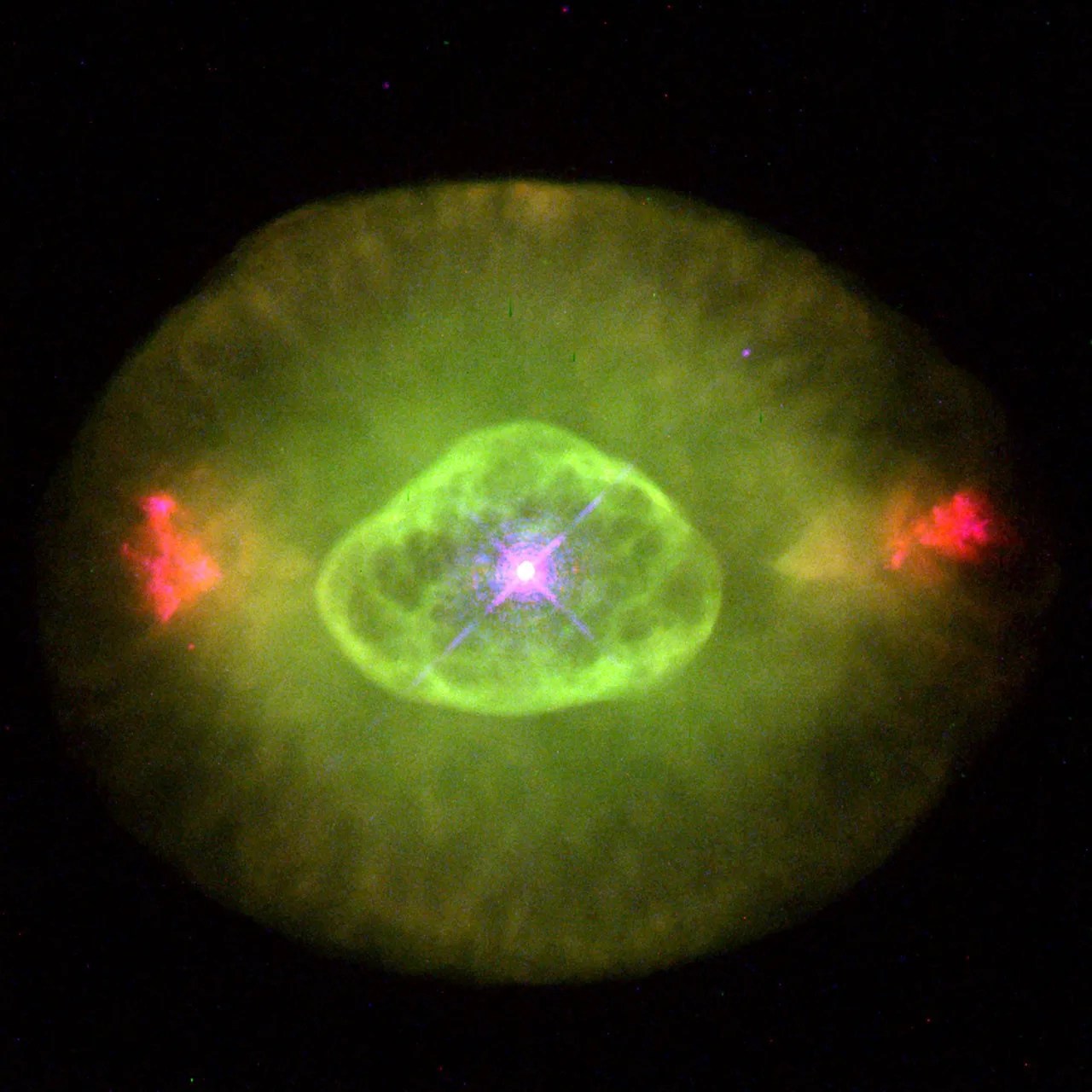
Caldwell 15
A blinking remnant star, called a white dwarf, sits at the heart of this colorful nebula.
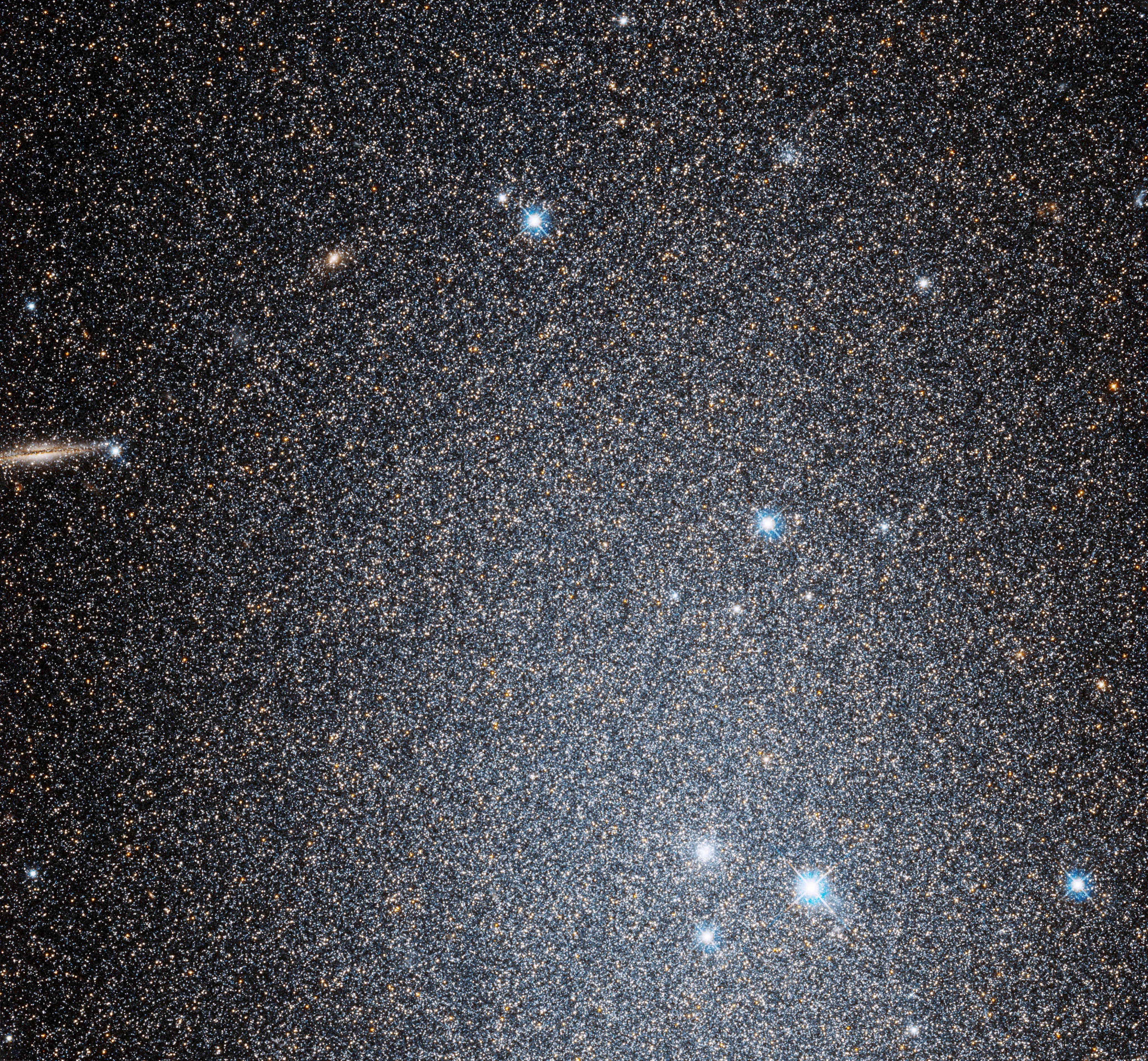
Caldwell 17
Also known as NGC 147, Caldwell 17 is a dwarf galaxy in our local group of galaxies.
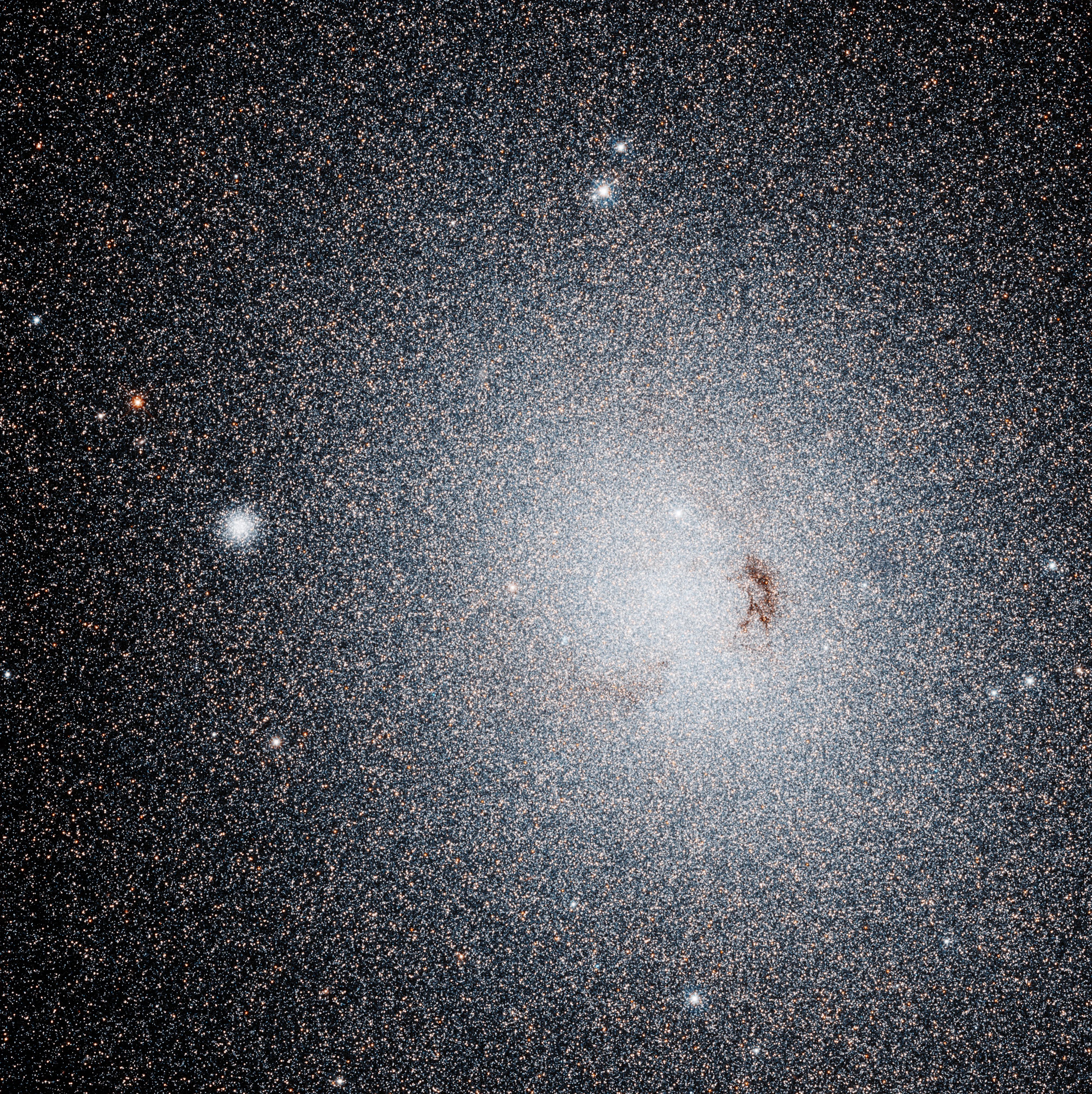
Caldwell 18
Caldwell 18 is a nearby galaxy in the local group with an active galactic nucleus.
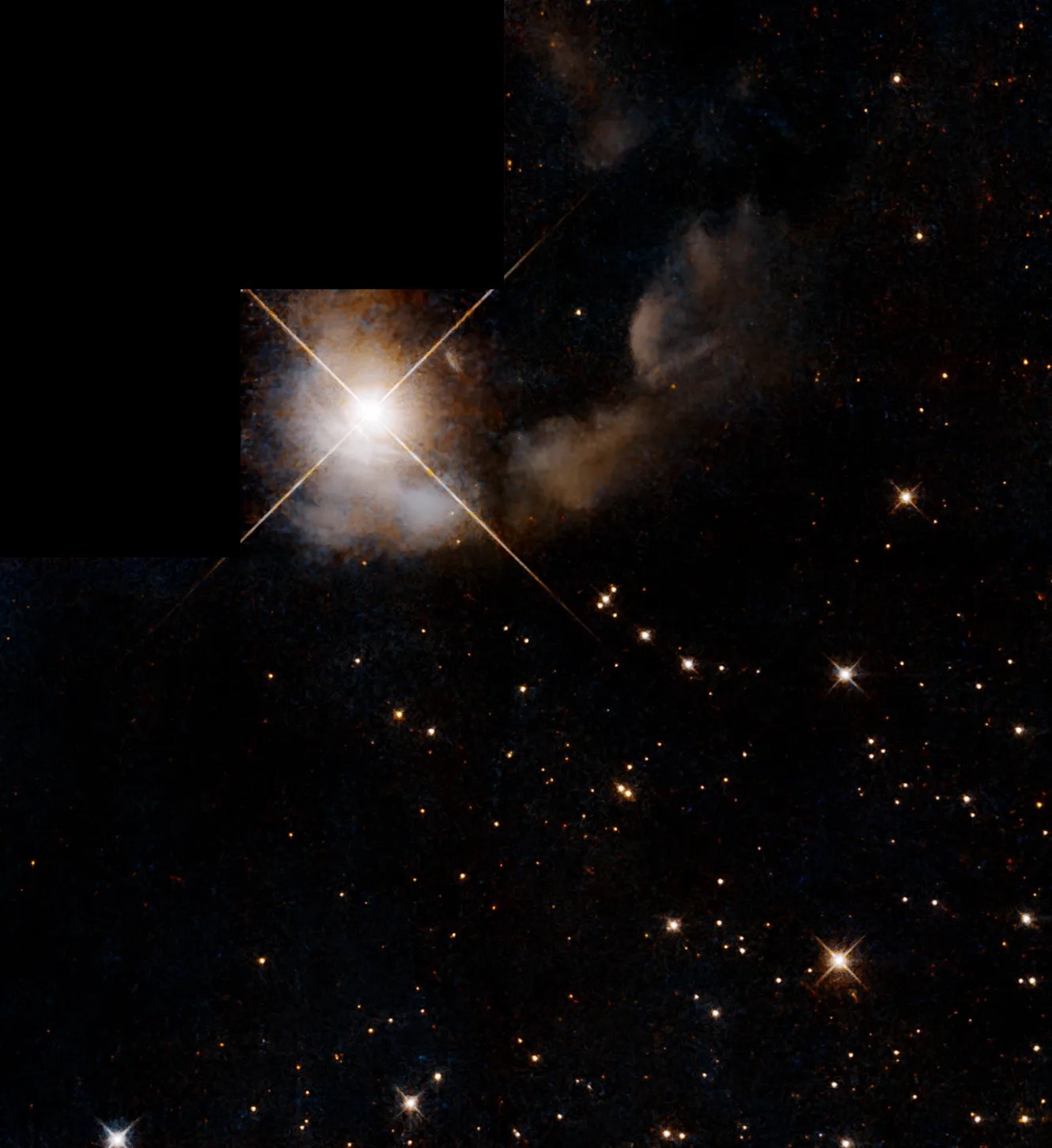
Caldwell 20
Nicknamed the North American Nebula because its shape resembles the continent, Caldwell 20 was discovered by William Herschel in 1786.
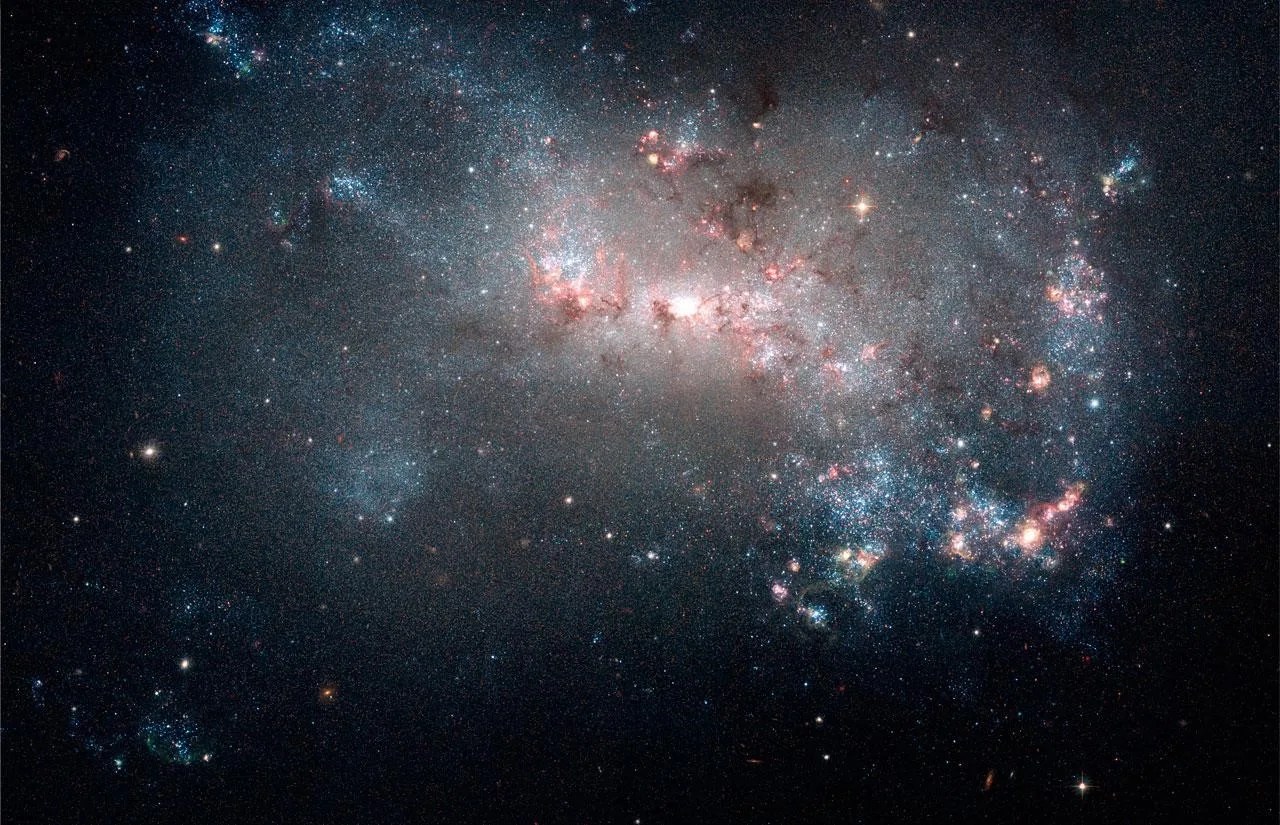
Caldwell 21
Discovered in 1788 by astronomer William Herschel, Caldwell 21 is dwarf irregular galaxy bursting with forming stars.
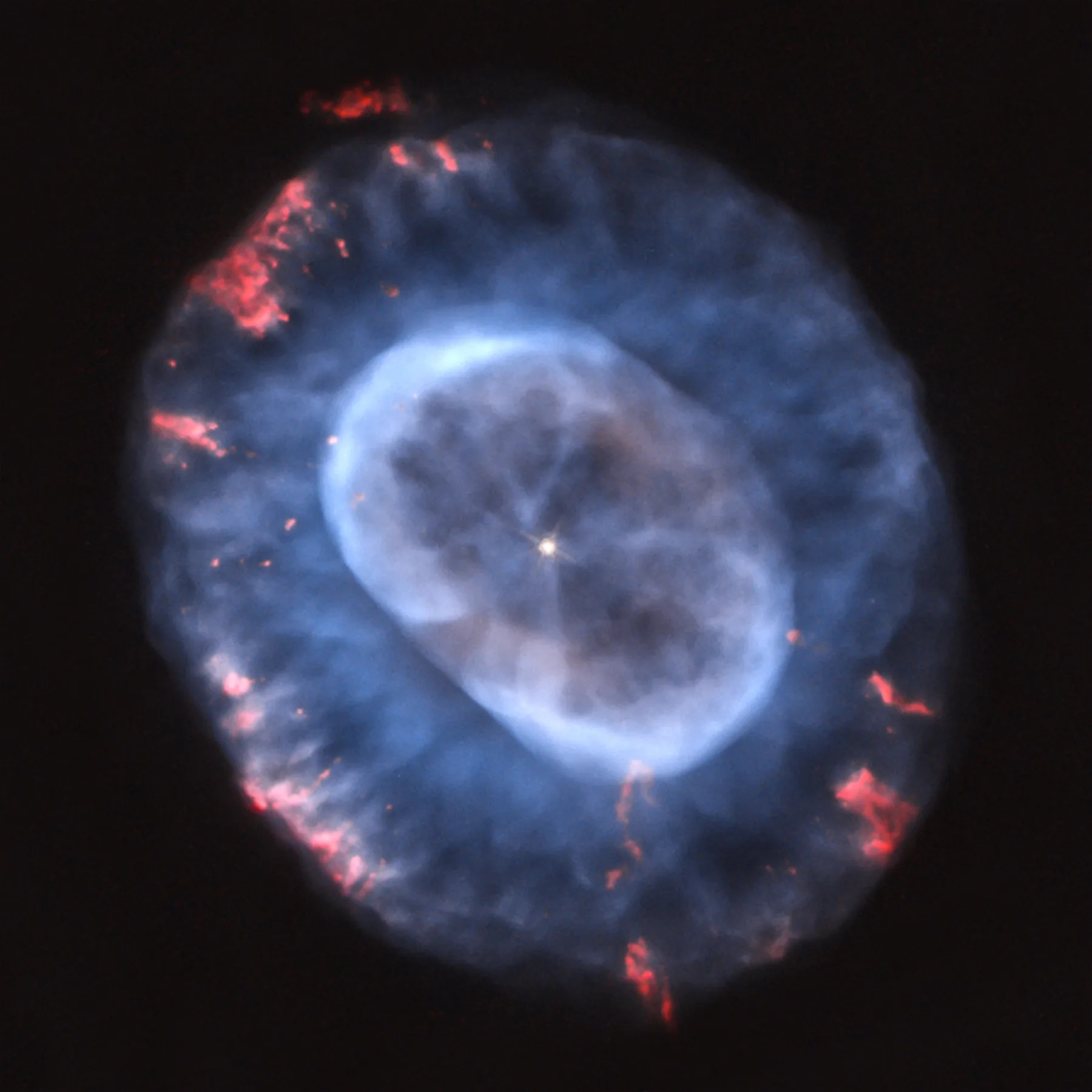
Caldwell 22
Also known as NGC 7662, Caldwell 22 is nicknamed the Snowball Nebula or Blue Snowball Nebula.
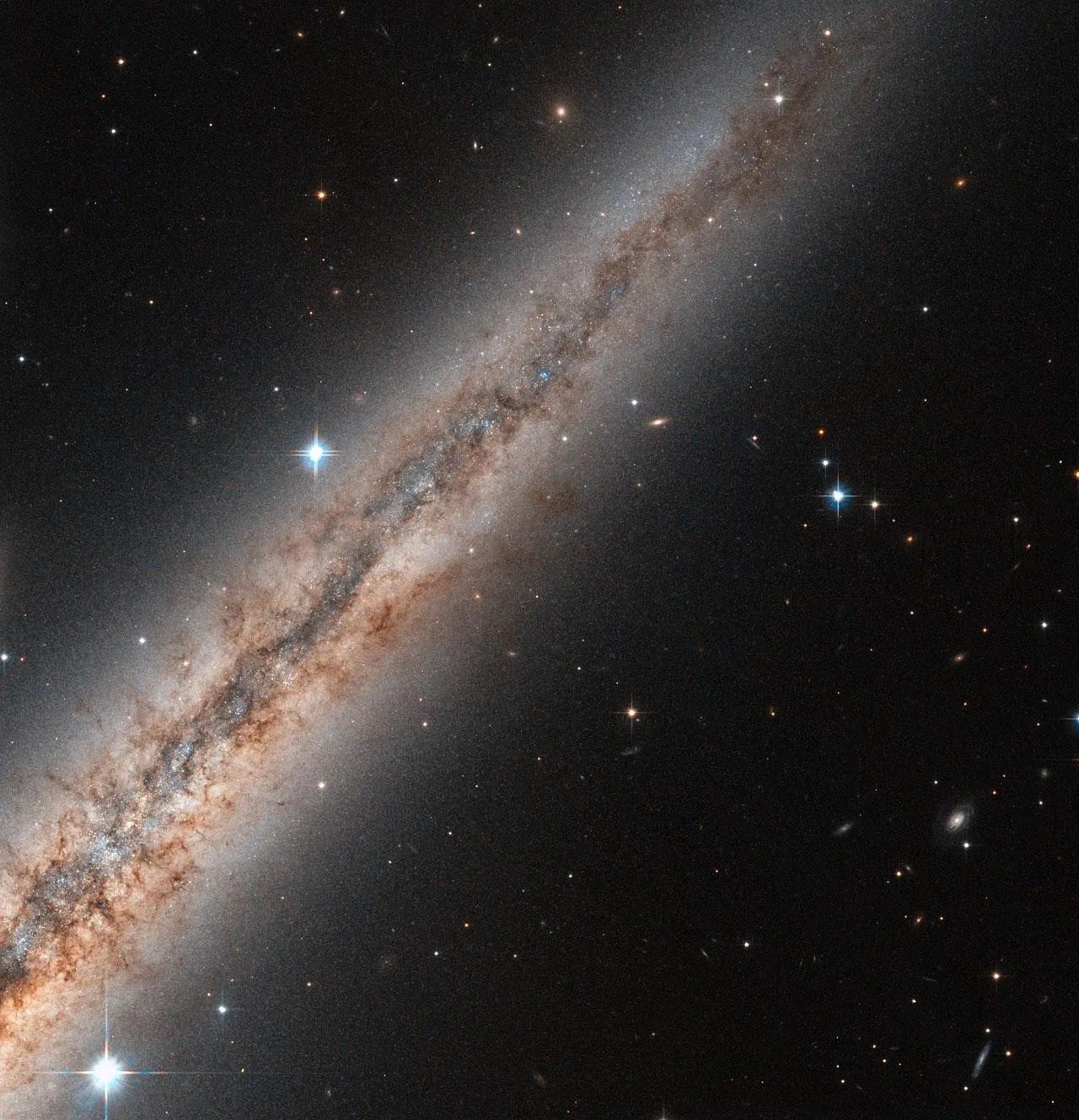
Caldwell 23
Spanning some 100 000 light-years, Caldwell 23 is seen exactly edge-on, revealing its thick plane of dust and interstellar gas.
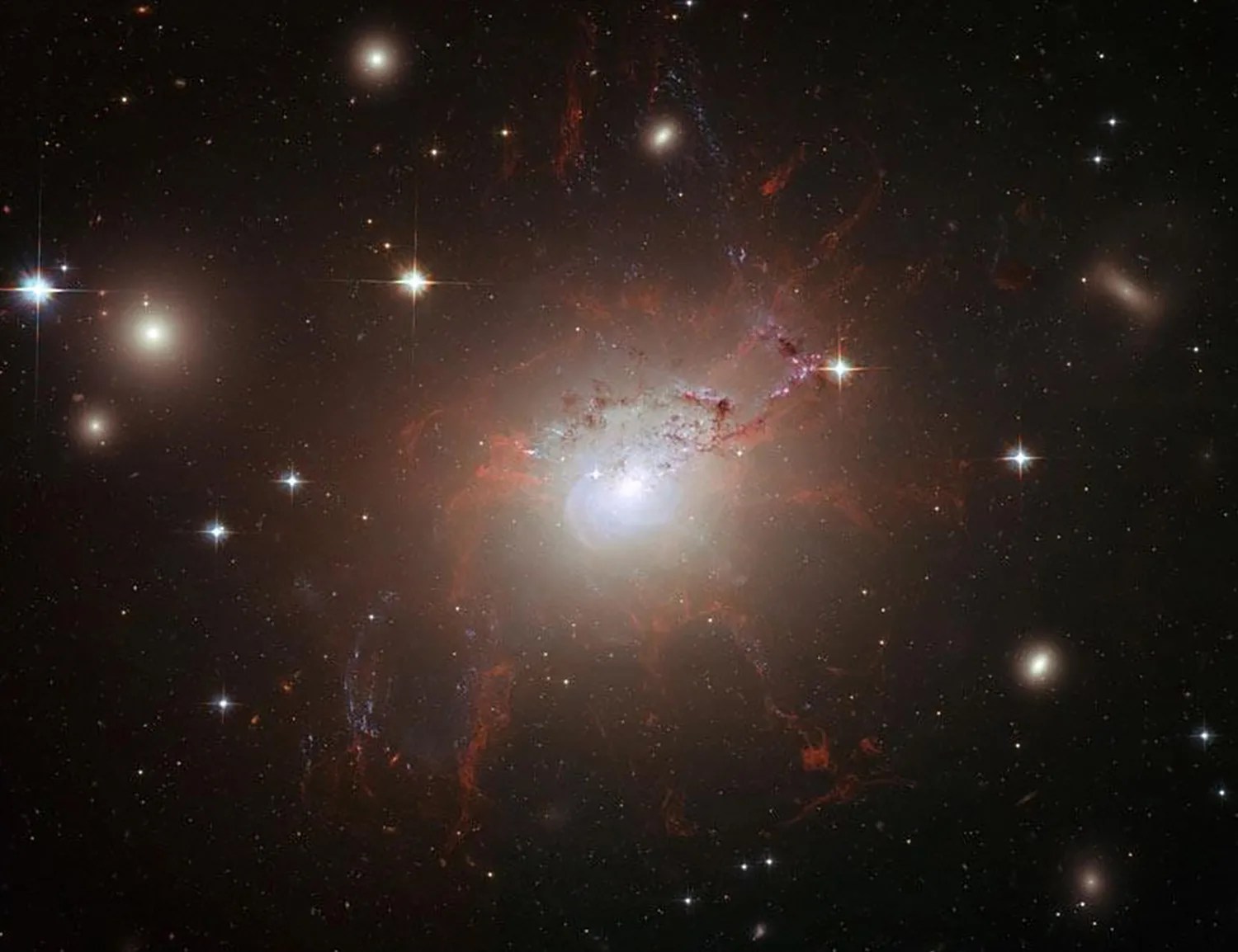
Caldwell 24
Caldwell 24 is one of the closest giant elliptical galaxies to Earth and was discovered by William Herschel in 1786.
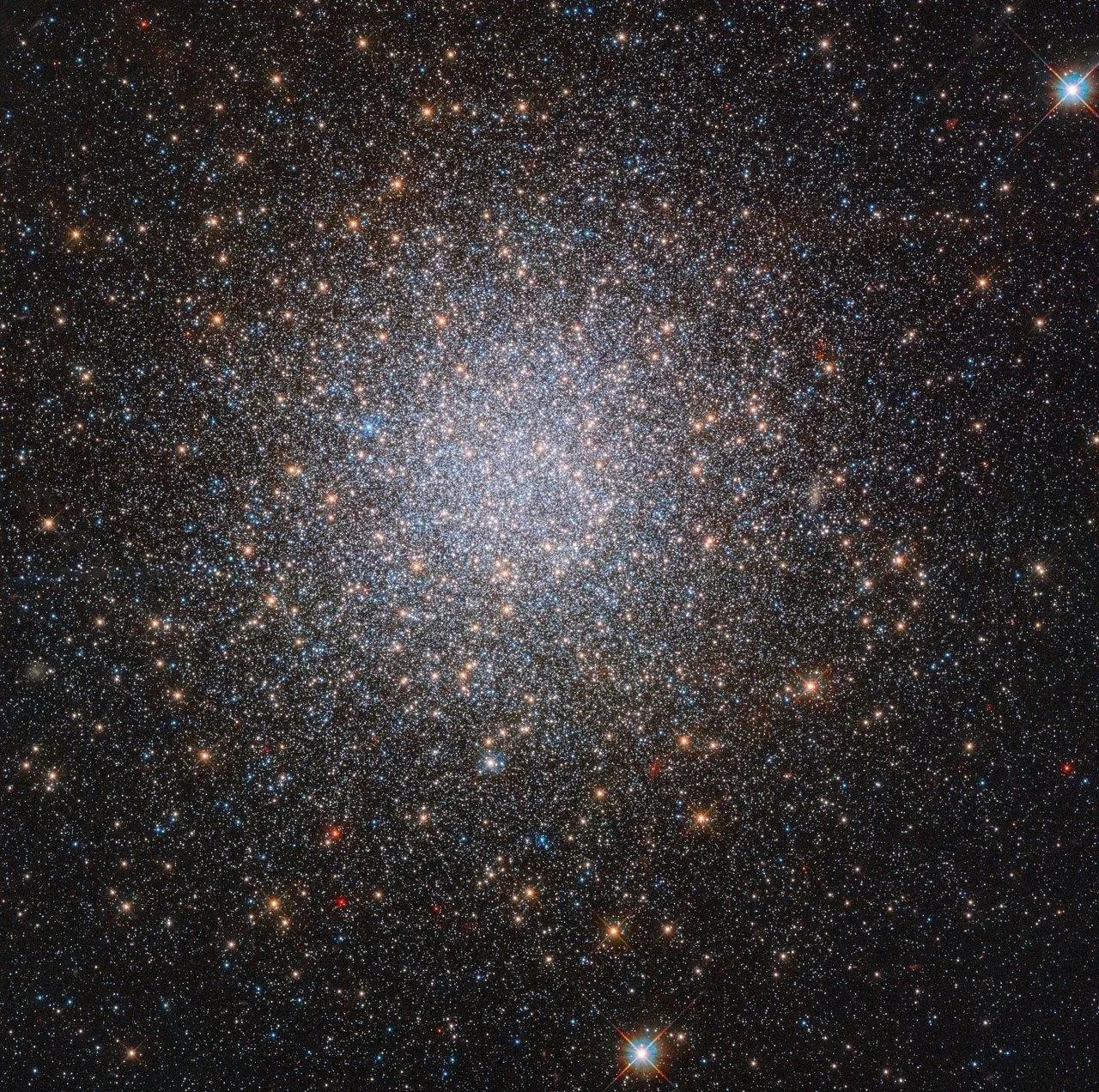
Caldwell 25
Dubbed "the Intergalactic Wanderer,” Caldwell 25 is different from the Milky Way's other globular clusters.

Caldwell 26
Also called NGC 4244 and the Silver Needle Galaxy, Caldwell 23 is part of the same galactic super cluster as…
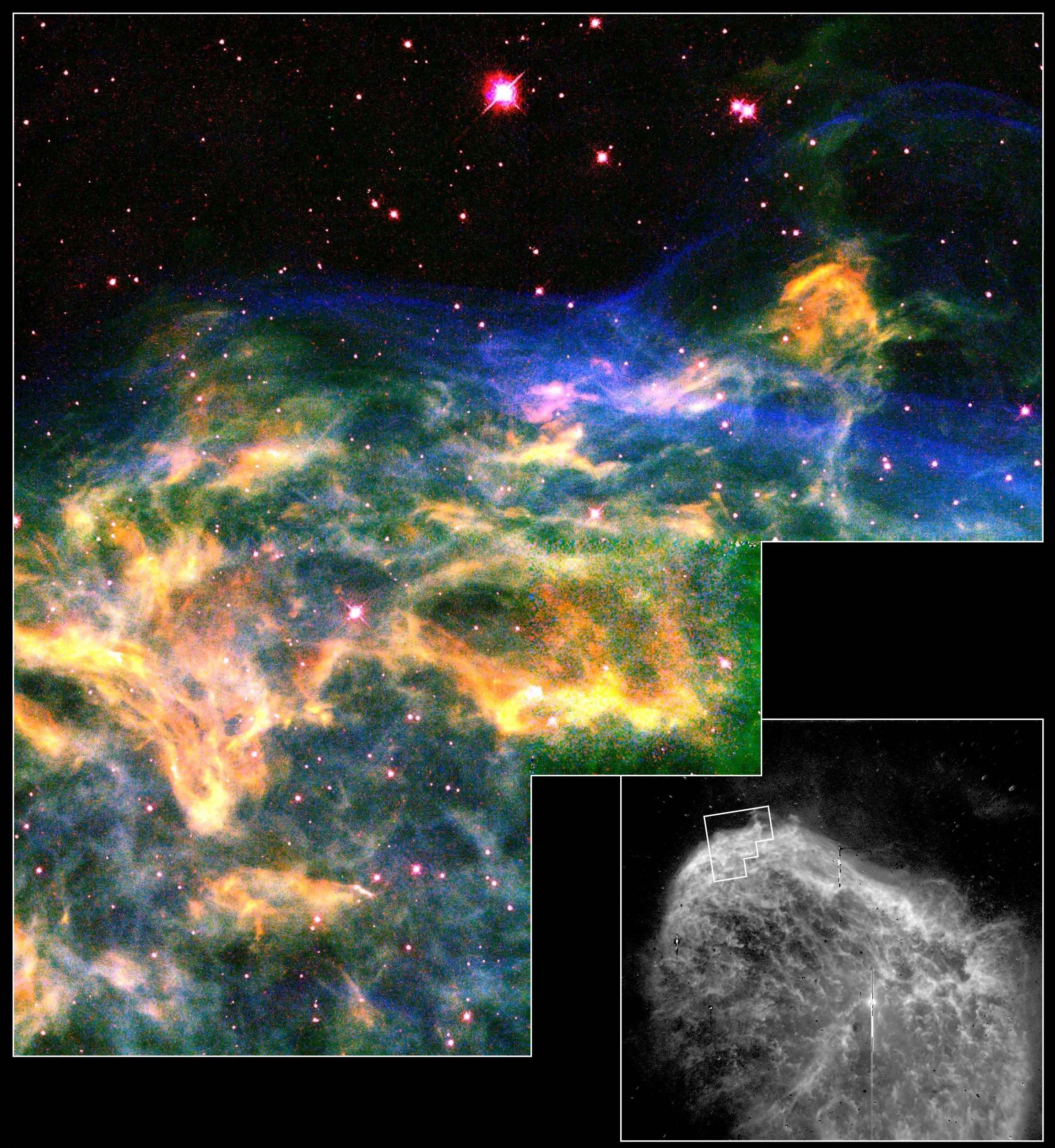
Caldwell 27
Also called the Crescent Nebula or NGC 6888, Caldwell 27 holds a massive, incredibly hot star at its heart.
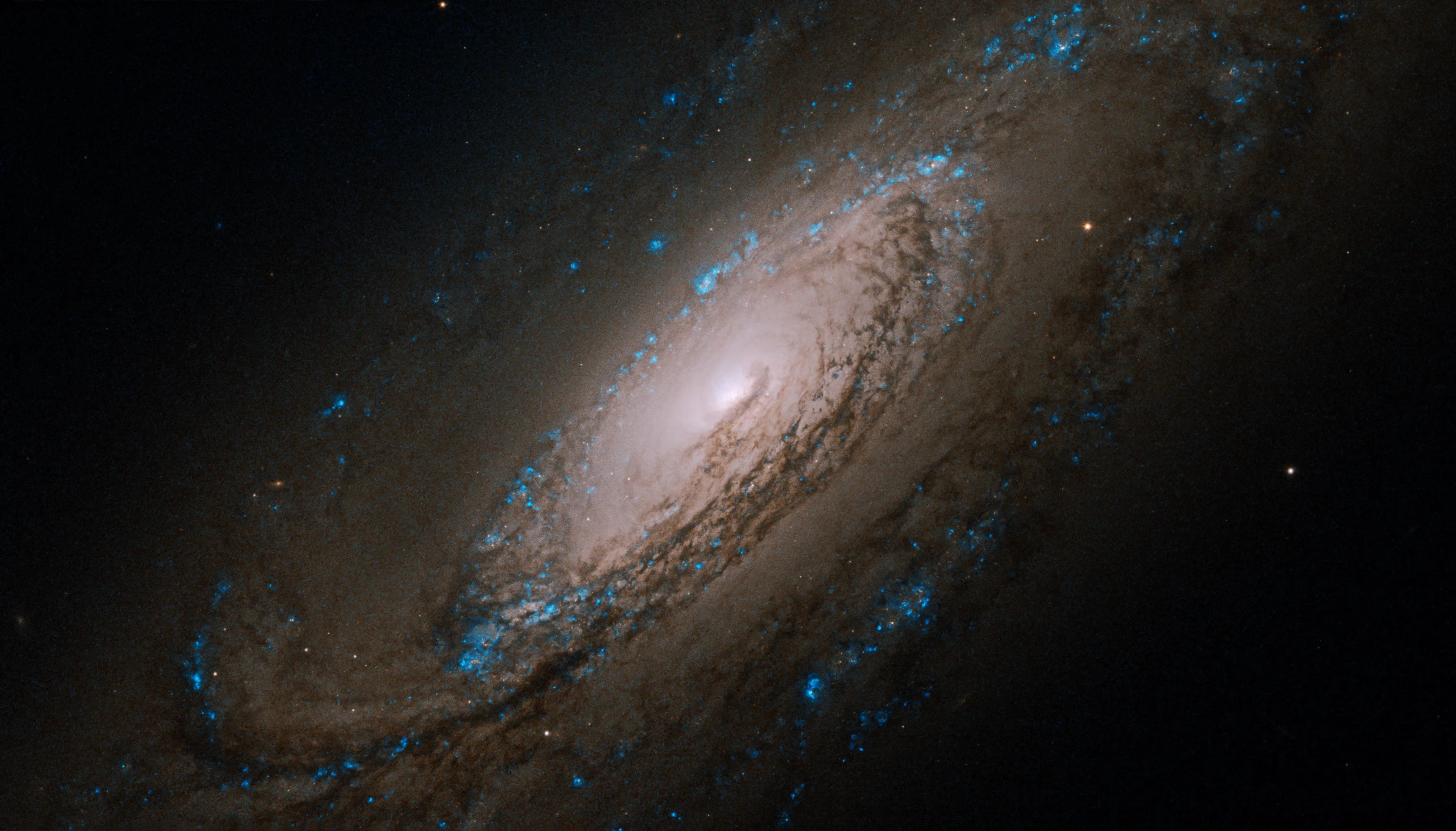
Caldwell 29
You can spot this spiral galaxy's bright core in most backyard telescopes.
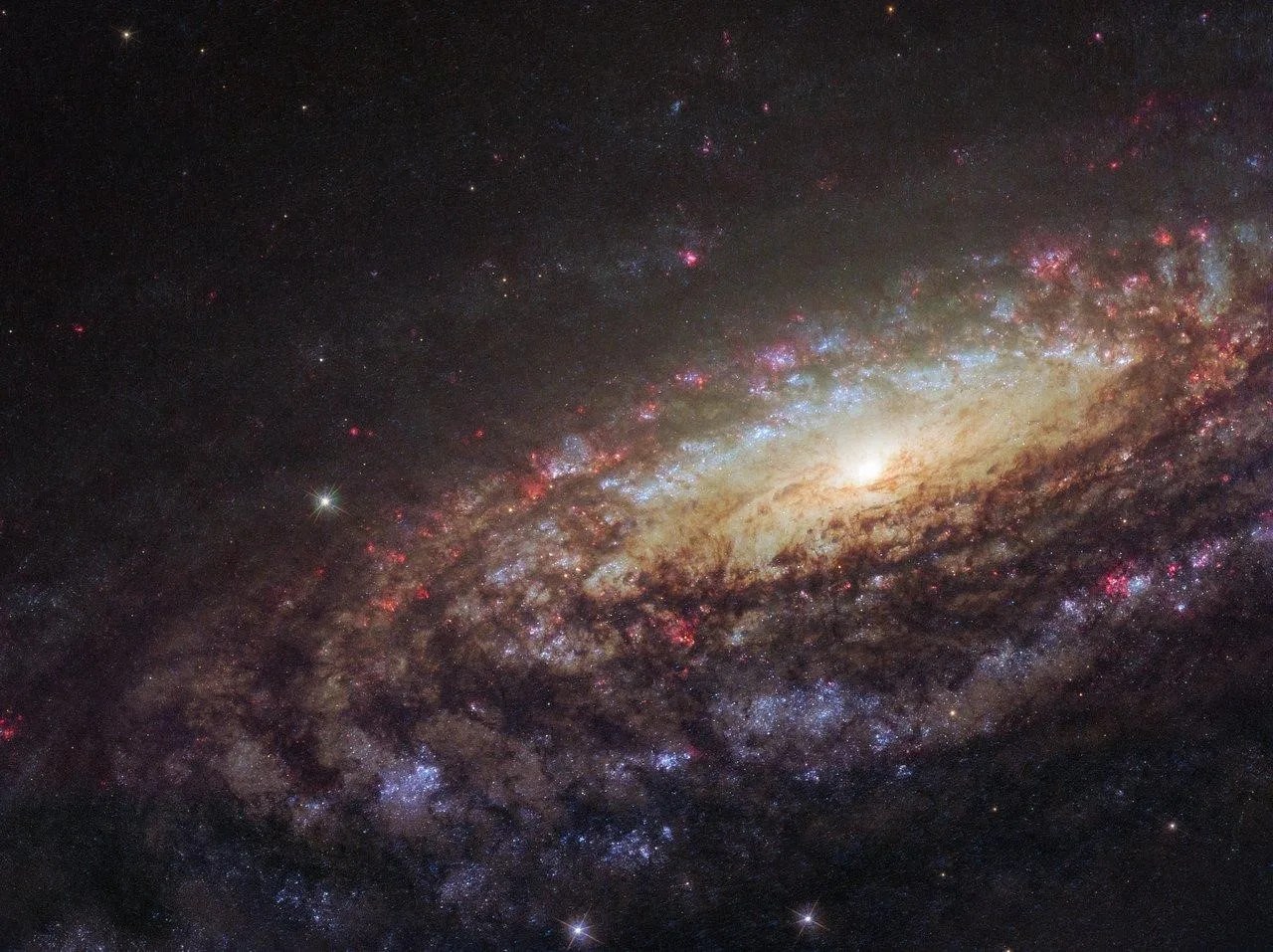
Caldwell 30
Head to a dark sky to see this galaxy's sweeping spiral arms in larger telescopes.

Caldwell 32
One of the brighter Caldwell galaxies, Caldwell 32 is similar to our own Milky Way.
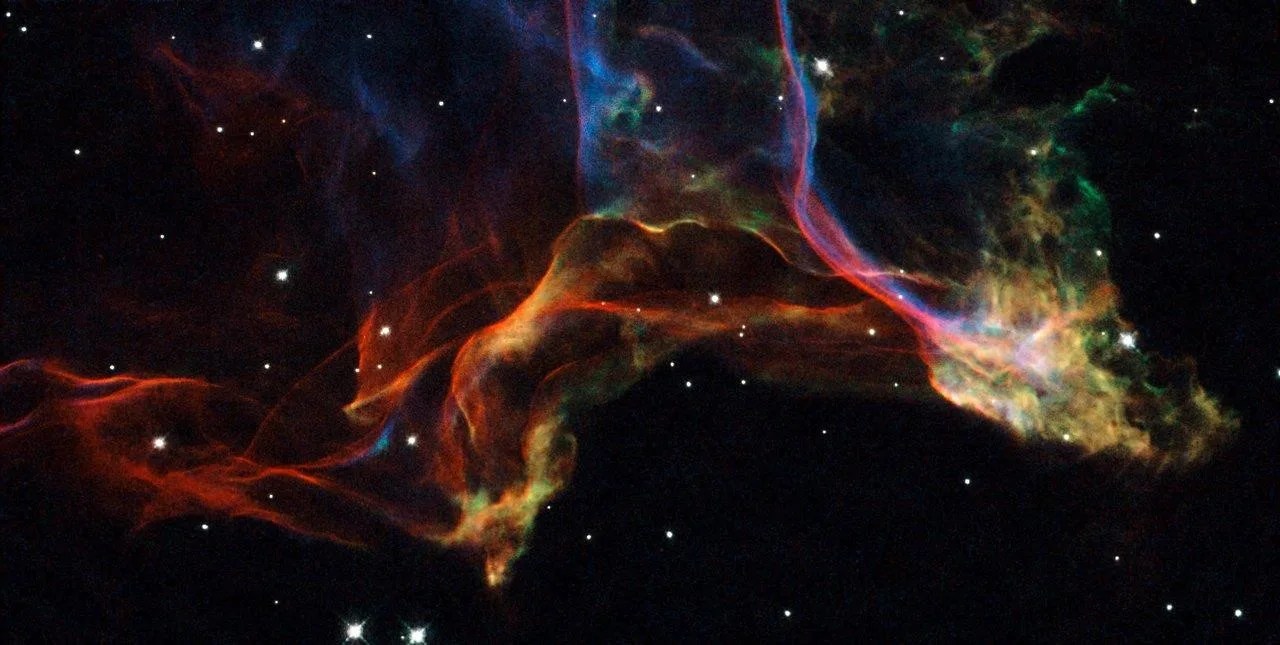
Caldwell 33
Caldwell 33 is the eastern part of the Veil Nebula.
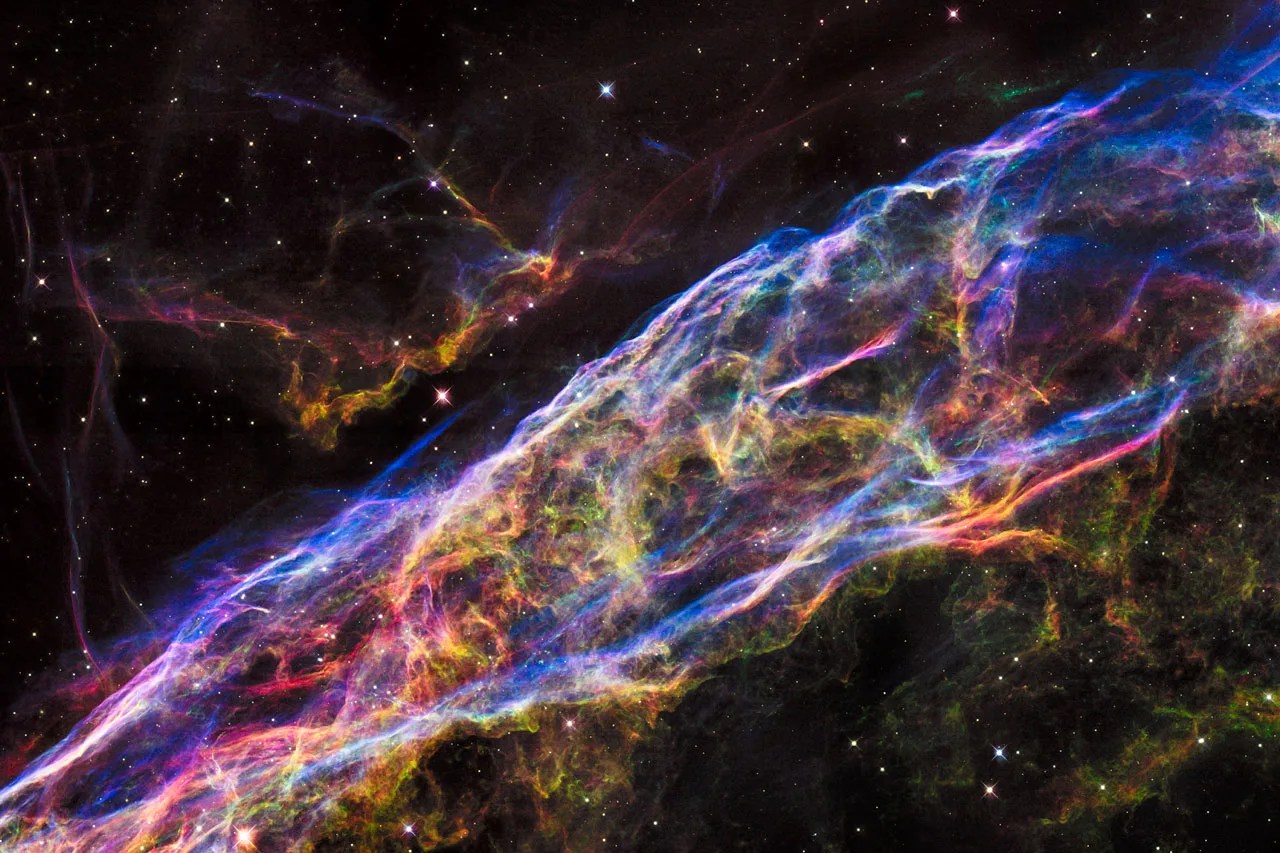
Caldwell 34
Caldwell 34 is the western part of the Veil Nebula.
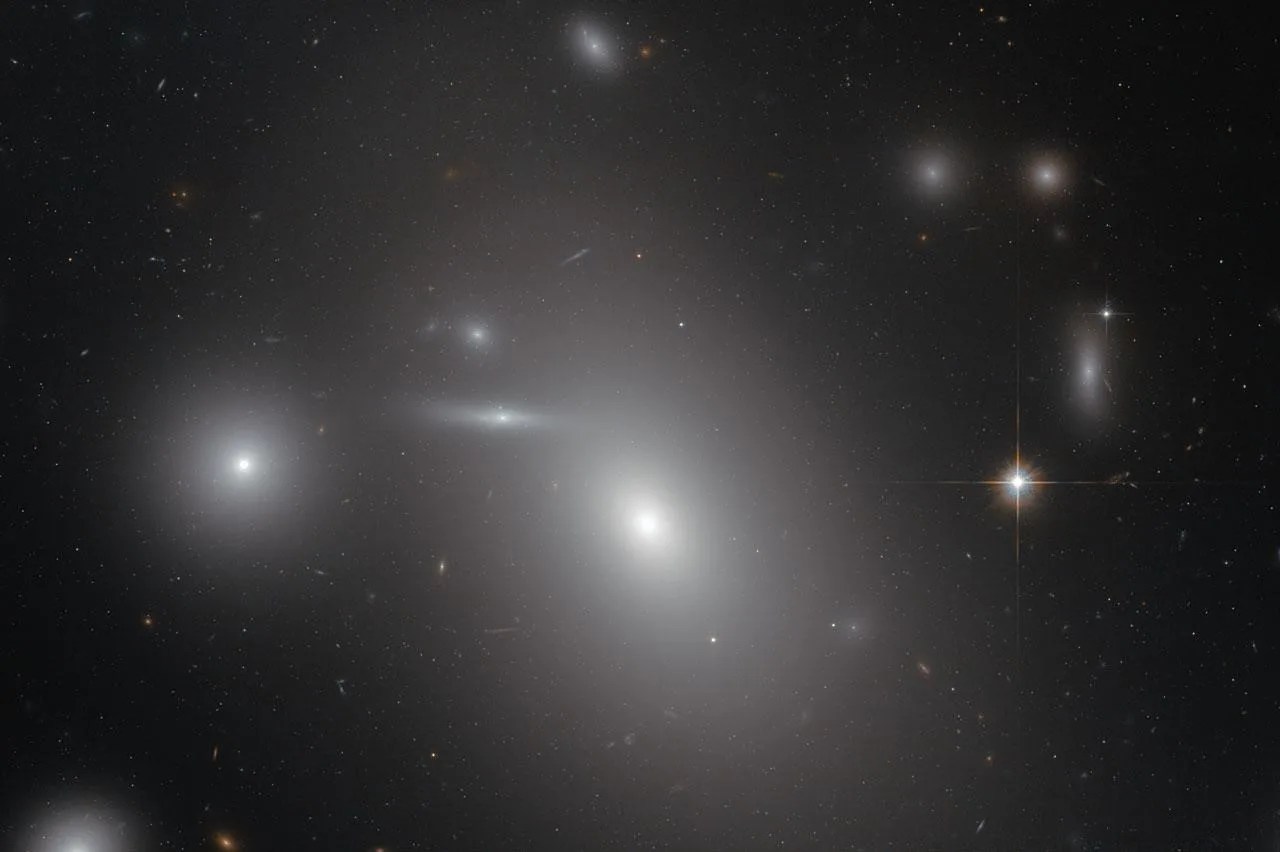
Caldwell 35
Caldwell 35 is so far away that it takes light from the galaxy 300 million years to reach Earth traveling…
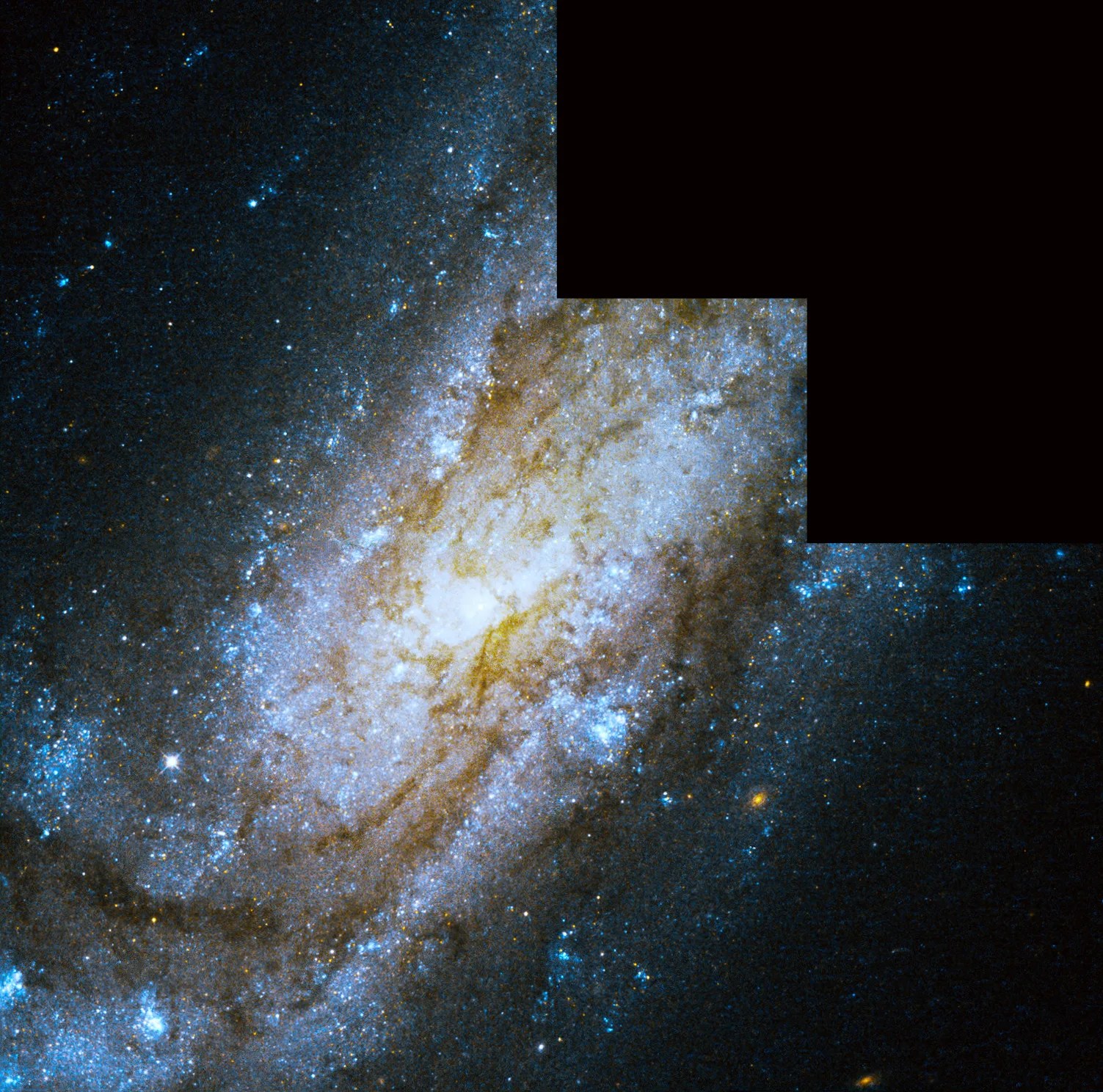
Caldwell 36
Northern Hemisphere observers can spy this beauty in the spring, while Southern Hemisphere observers should look for it in the…

Caldwell 38
Also called "The Needle" galaxy, or NGC 4565, Caldwell 38 was discovered by astronomer William Herschel in 1785.
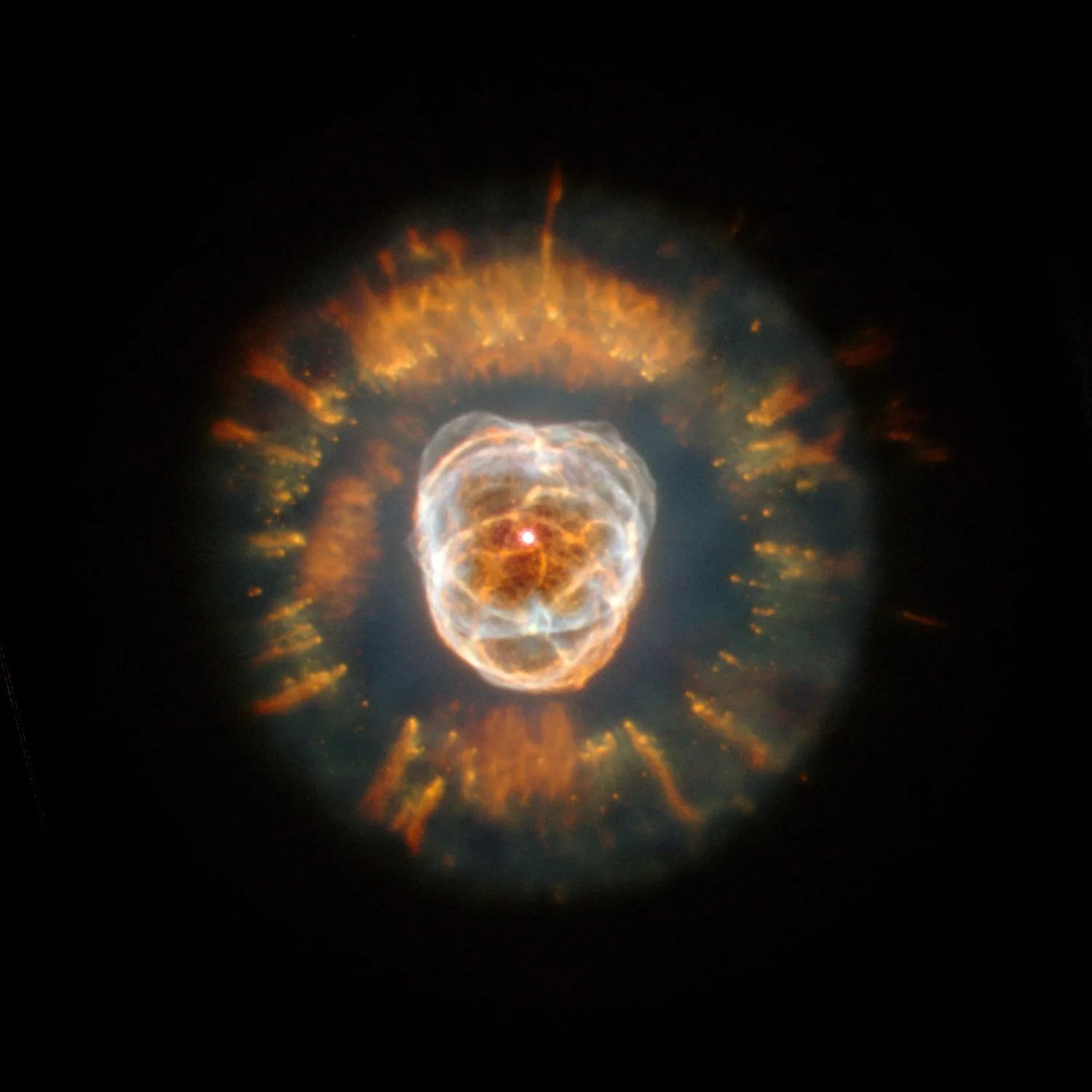
Caldwell 39
A dying star at Caldwell 39's heart began shedding its outer layers 10,000 years ago.
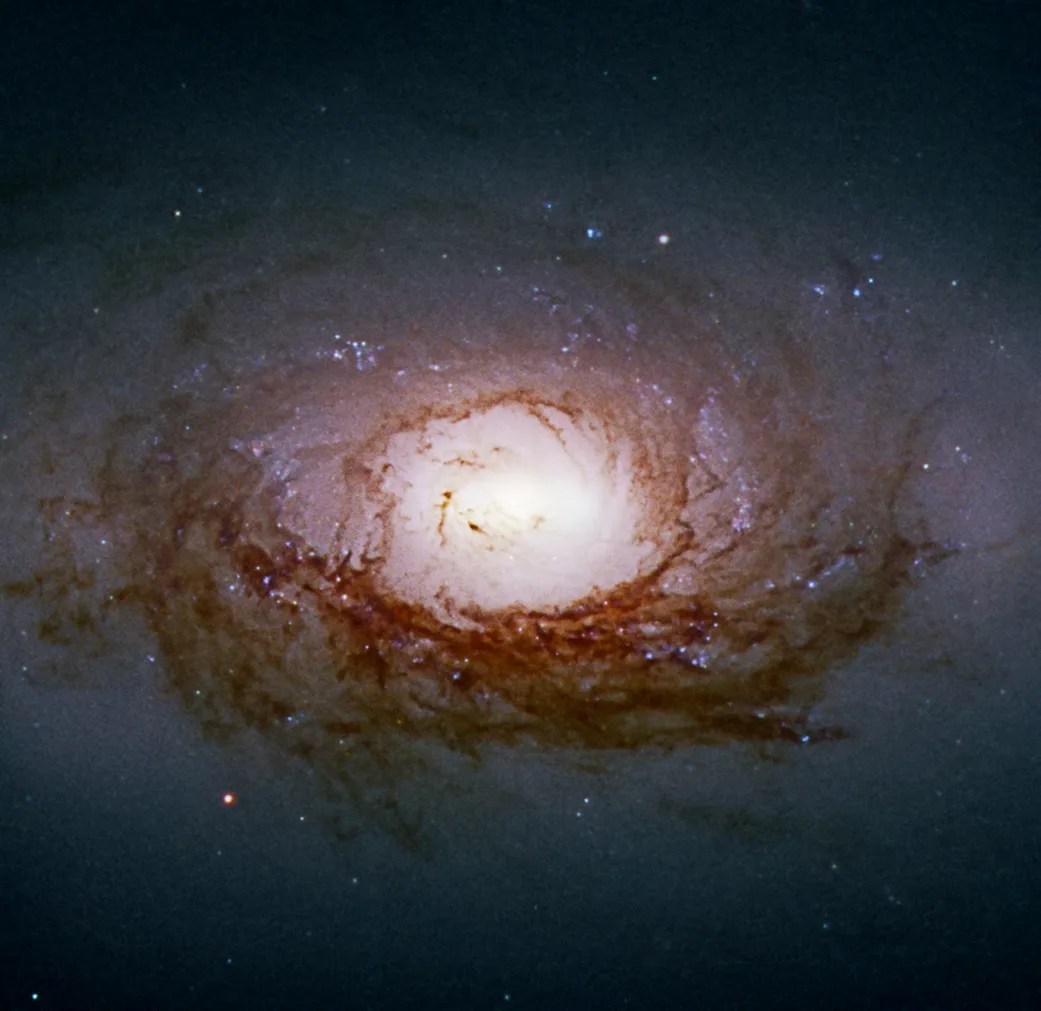
Caldwell 40
Hubble’s Wide Field Camera 3 helped astronomers better understand the cores of galaxies like Caldwell 40.
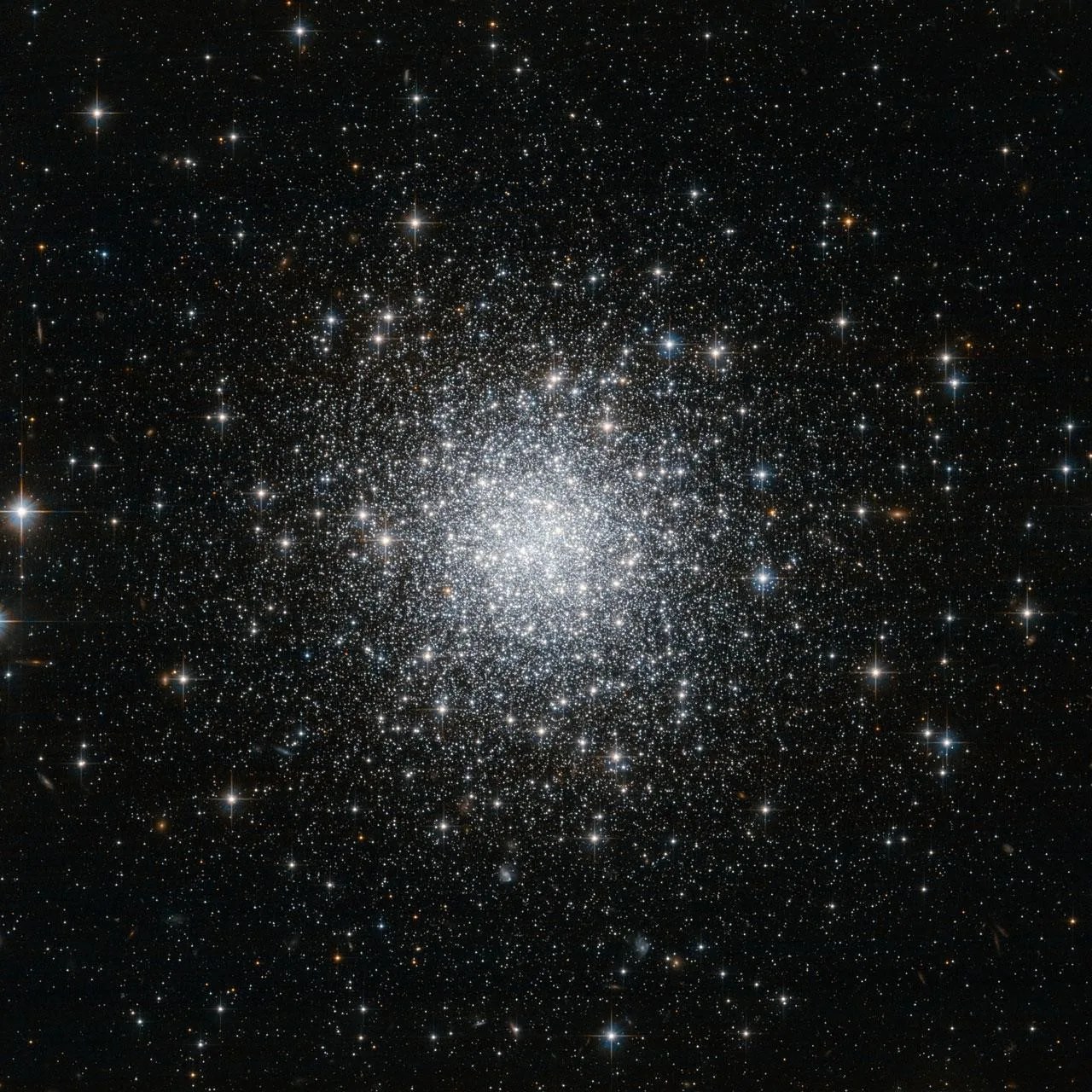
Caldwell 42
Globular clusters like Caldwell 42 are relics of our galaxy's youth.
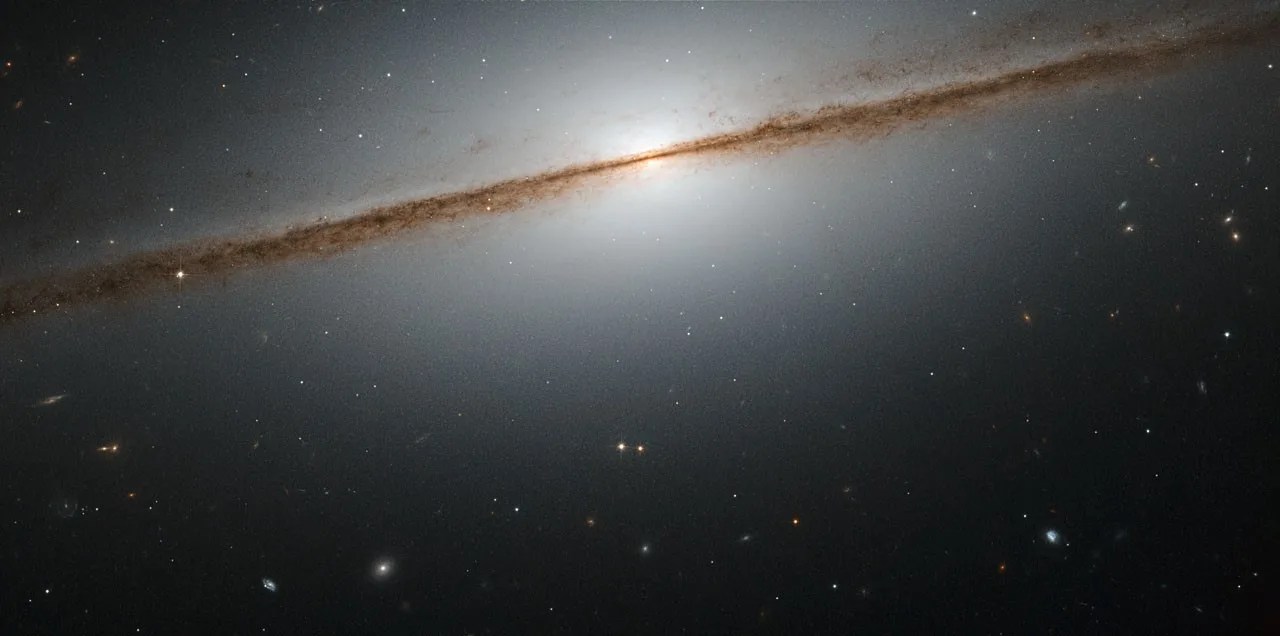
Caldwell 43
Known as the “Little Sombrero,” Caldwell 43 was documented by British astronomer William Herschel in 1784.
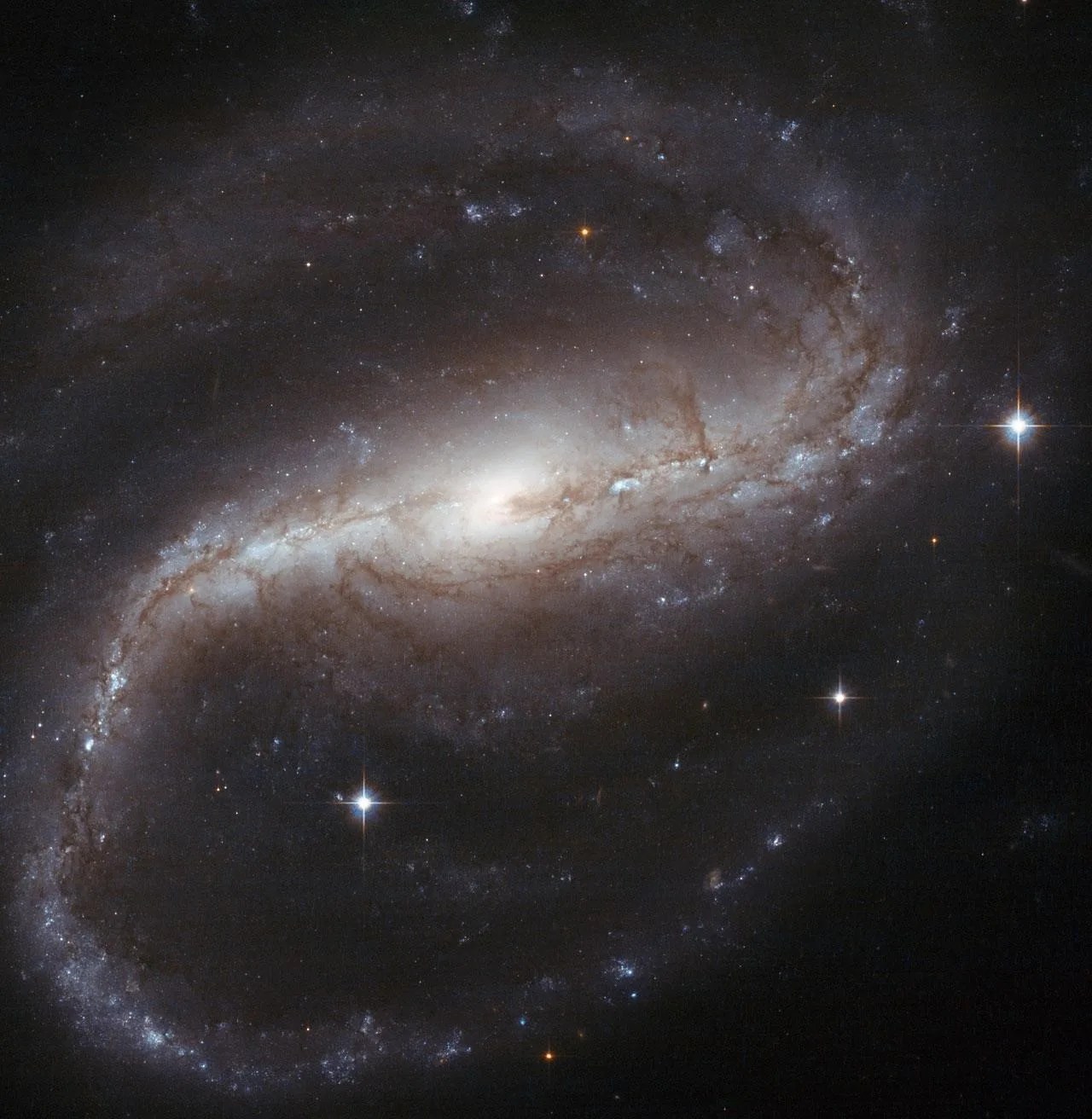
Caldwell 44
Shaped like a backward "S," Caldwell 44 is visible in autumn from the Northern Hemisphere and in spring from the…
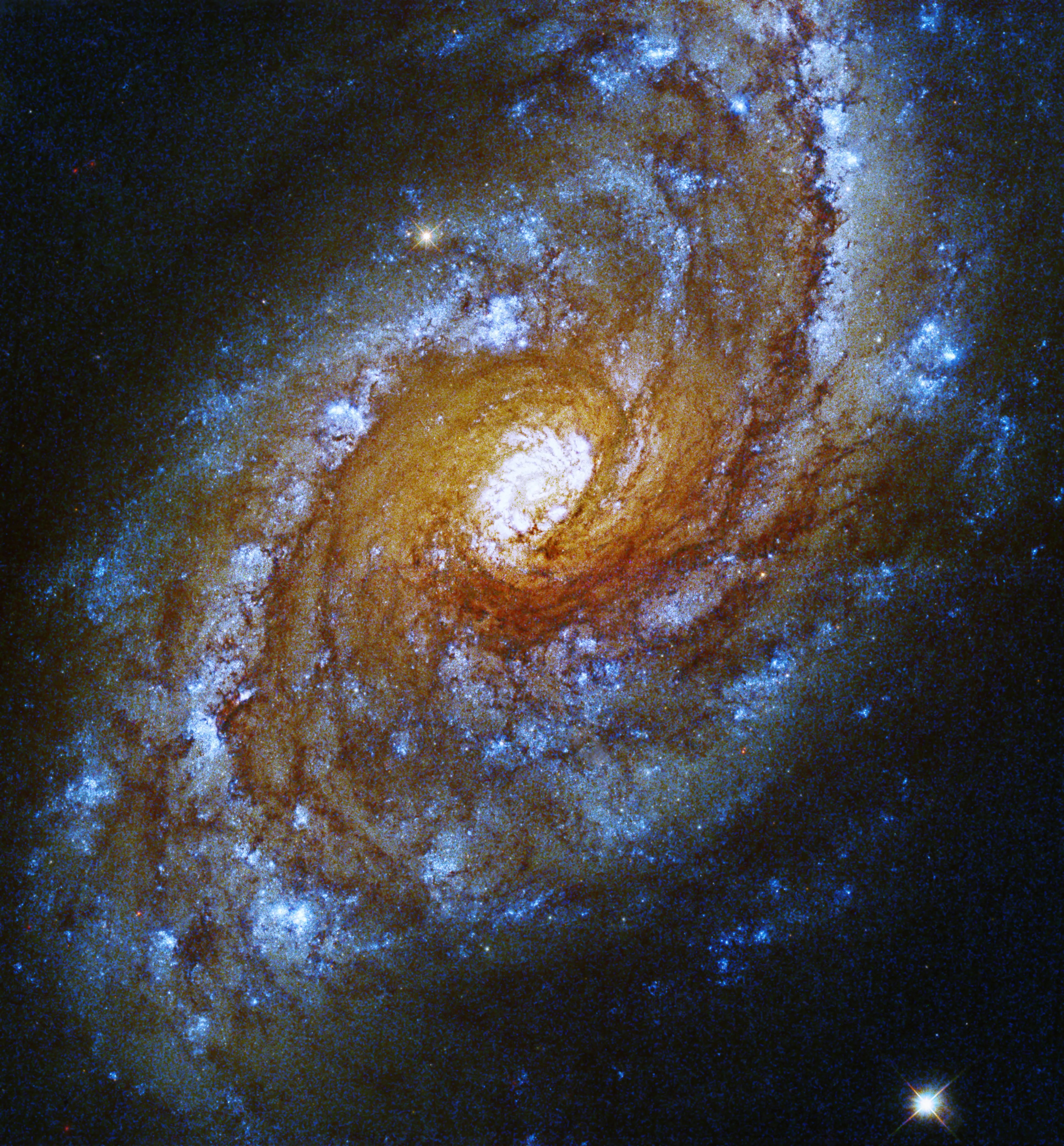
Caldwell 45
Hubble captured reddish-pink clouds of star-forming regions in this spiral galaxy.
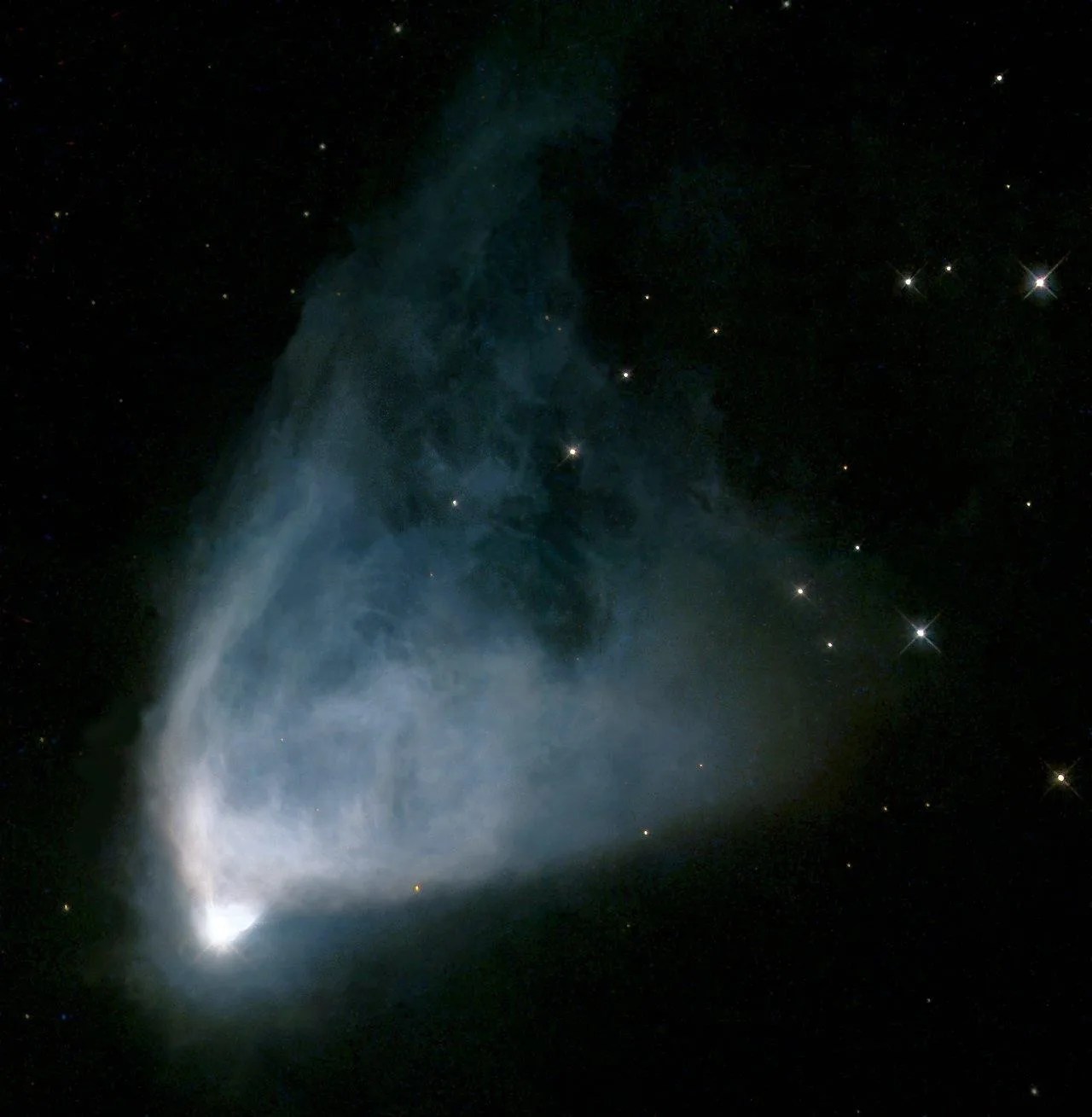
Caldwell 46
This fan-shaped cloud of gas and dust shines by the light of a bright star at the bottom end of…
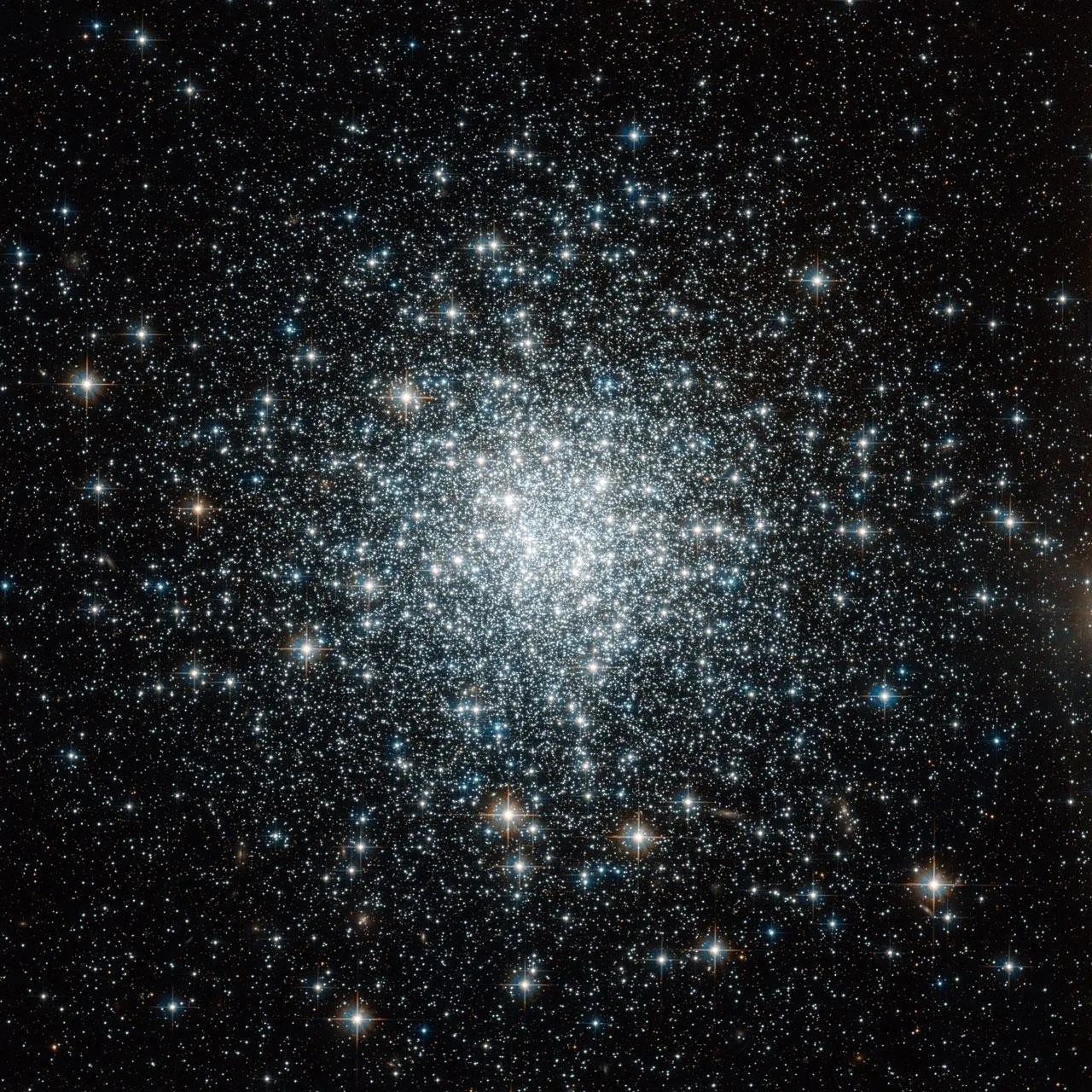
Caldwell 47
Hubble helped provide clues to the origin of young, hot, blue stars in Caldwell 47.
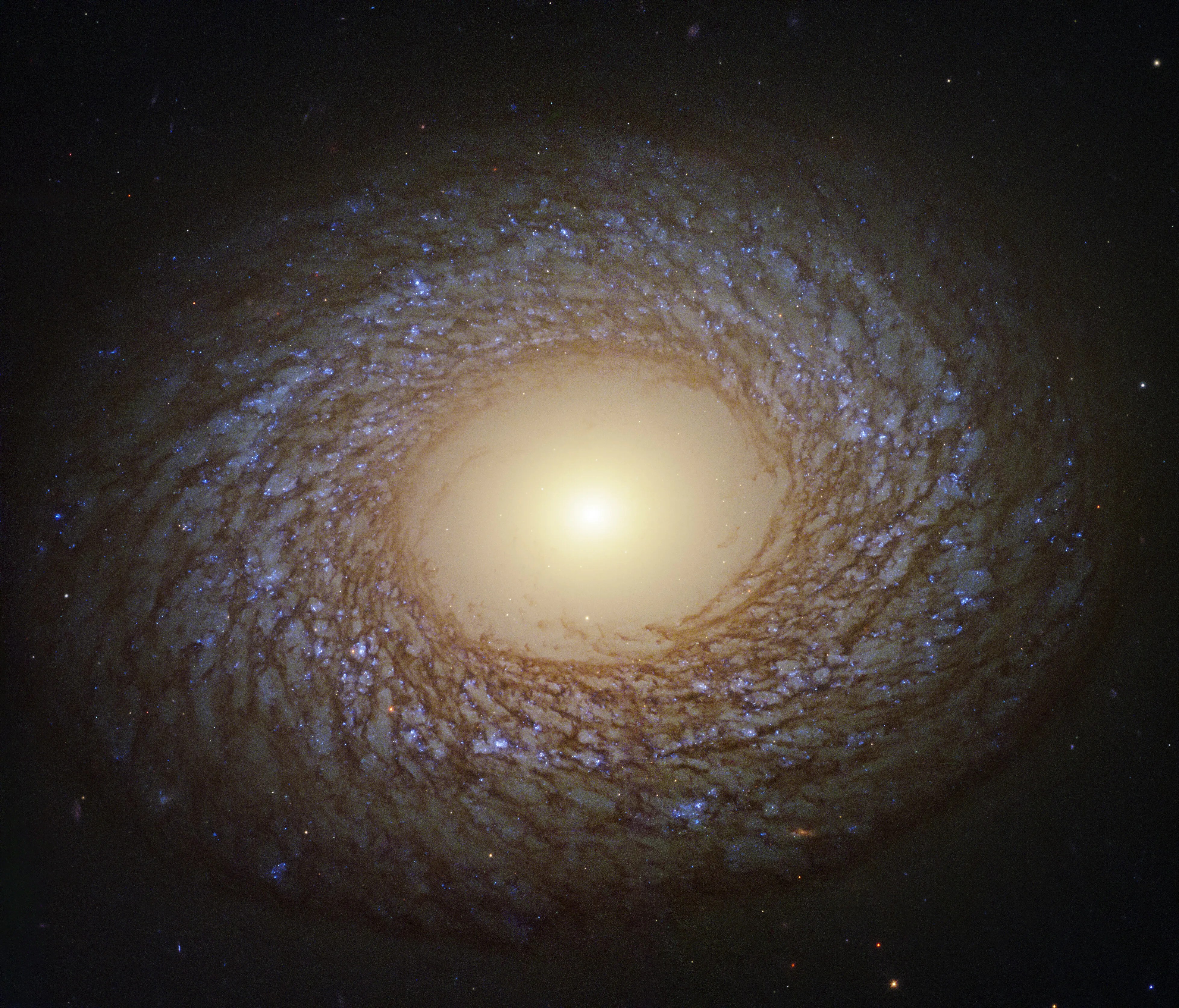
Caldwell 48
Majestic Caldwell 48 offers a color contrast with its bright-yellow heart and sparkling young, hot, blue stars in its dusty…
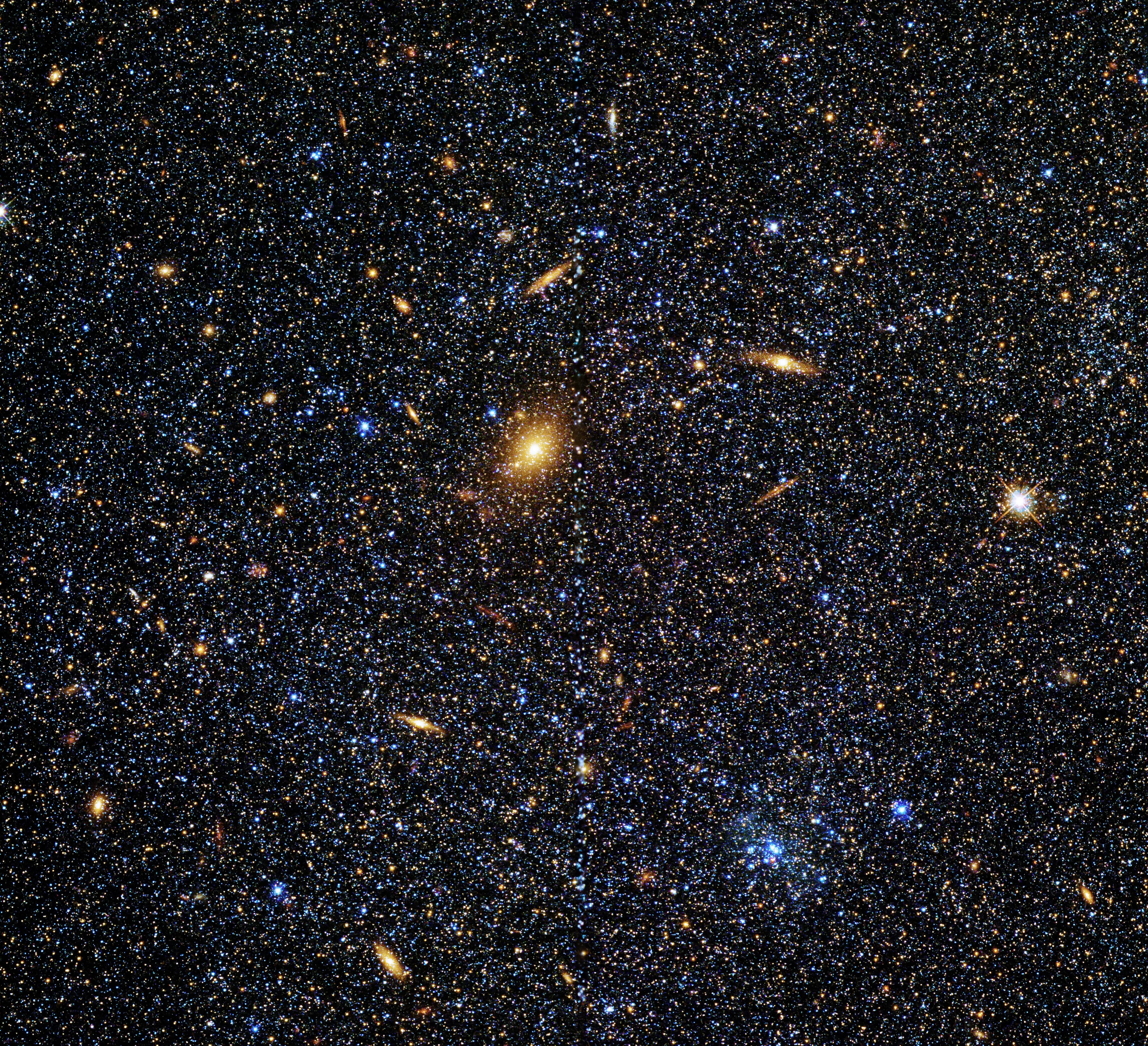
Caldwell 51
This irregular dwarf galaxy is in the constellation Cetus.
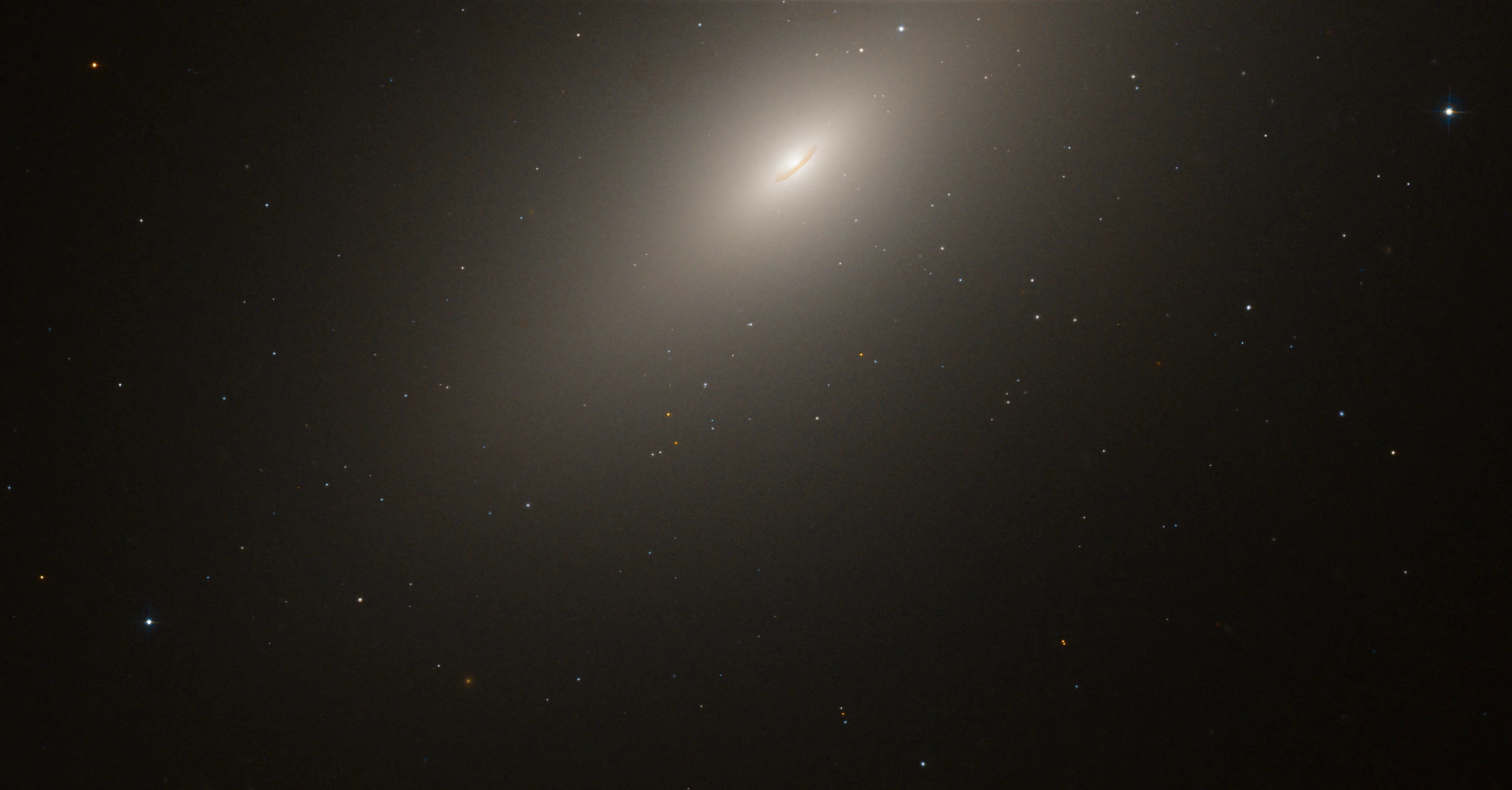
Caldwell 52
Slightly larger than the Andromeda galaxy, this massive elliptical distorts its neighbors with its gravitational influence.

Caldwell 53
Astronomers estimate that the black hole at Caldwell 53's heart has a mass roughly one billion times the mass of…

Caldwell 55
Also known as the Saturn Nebula and NGC 7009, Caldwell 55 holds a dying star at its heart.

Caldwell 56
The best time to observe Caldwell 56 is during the Northern Hemisphere’s autumn and the Southern Hemisphere’s spring.
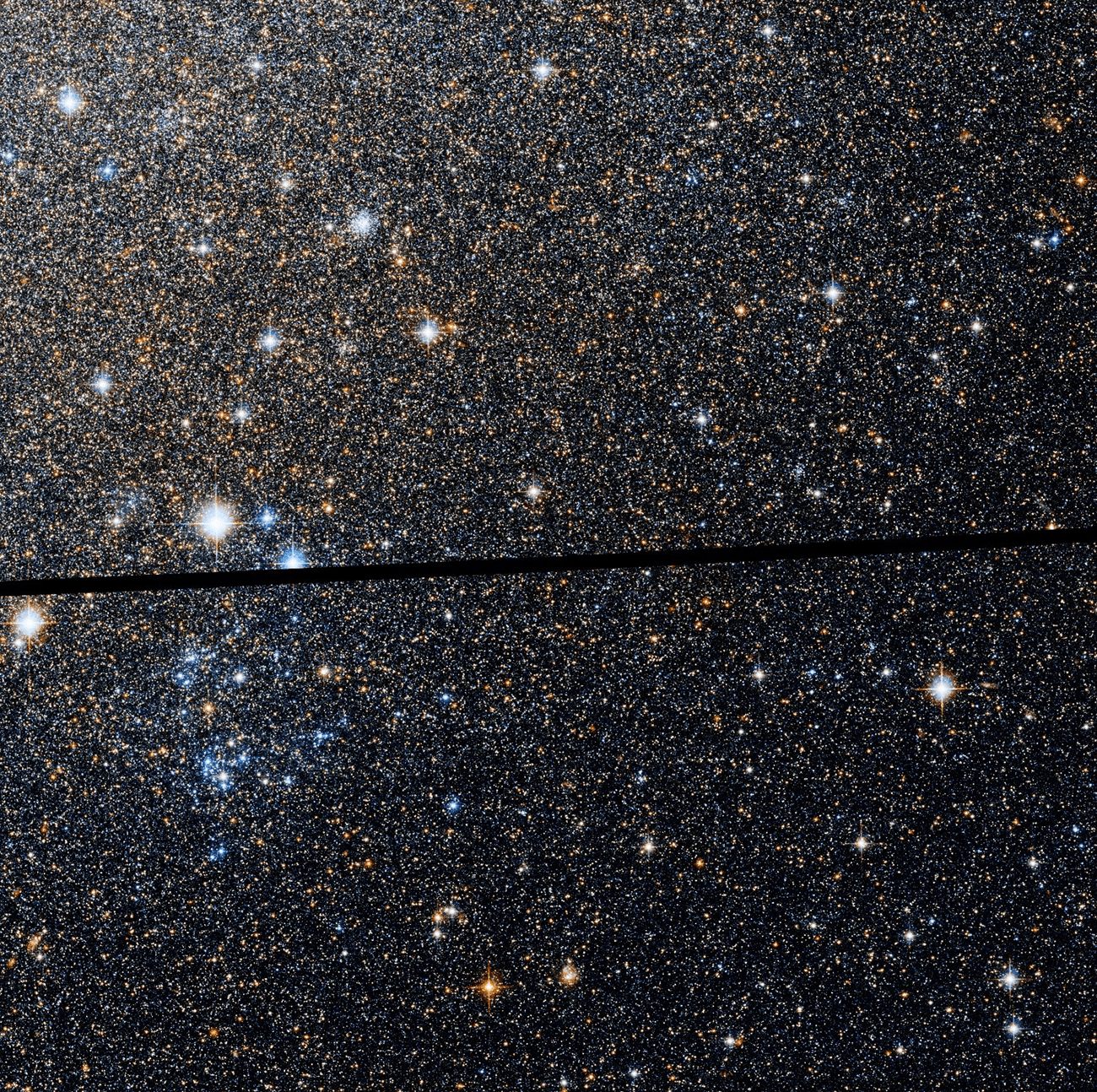
Caldwell 57
Also called NGC 6822, this galaxy was discovered in 1884 by American astronomer E. E. Barnard and is often called…
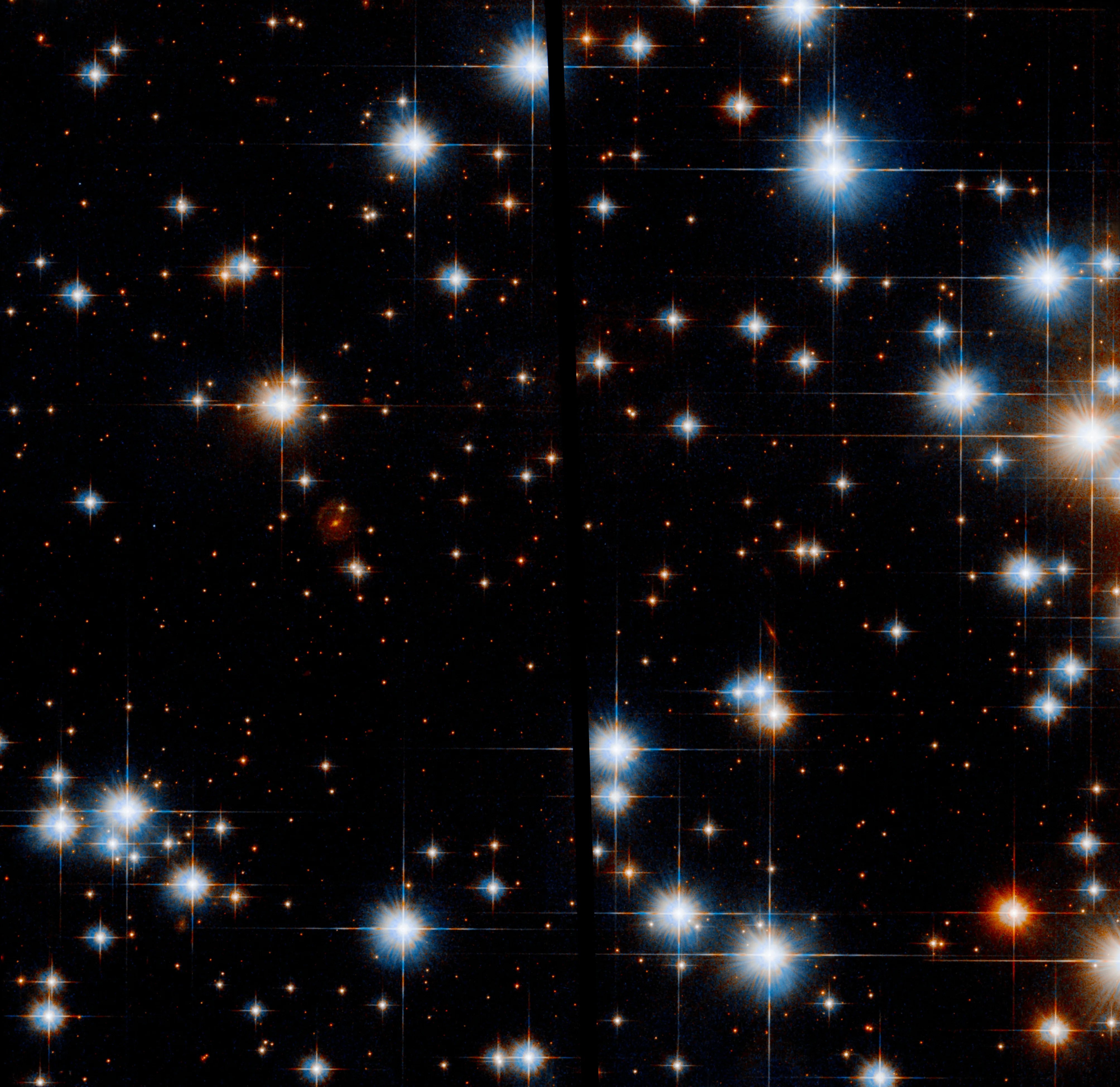
Caldwell 58
Caldwell 58 is also called Caroline’s Cluster in honor of astronomer Caroline Herschel.
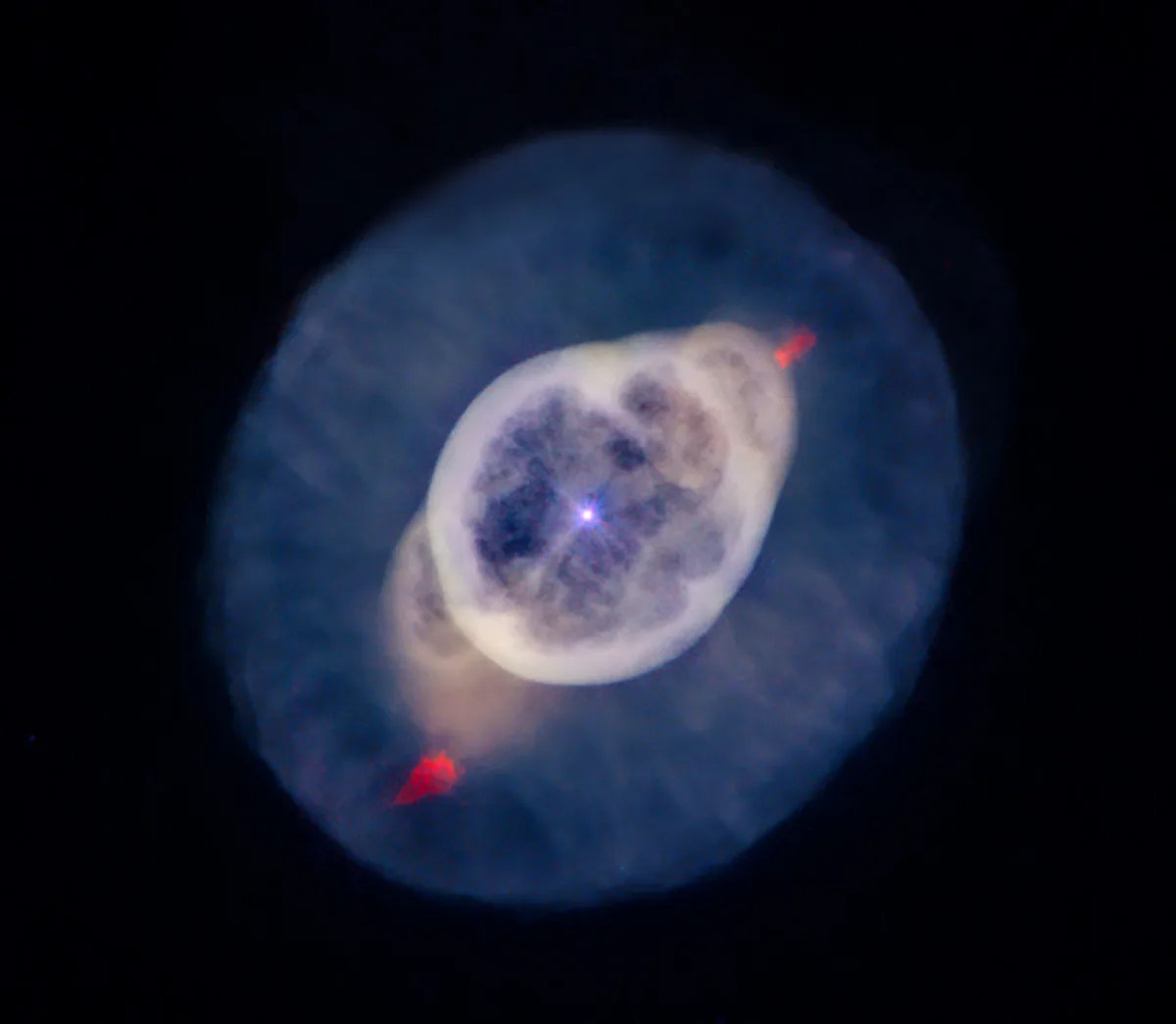
Caldwell 59
Also called NGC 3242 and the Ghost of Jupiter, Caldwell 59 was discovered by astronomer William Herschel in 1785.
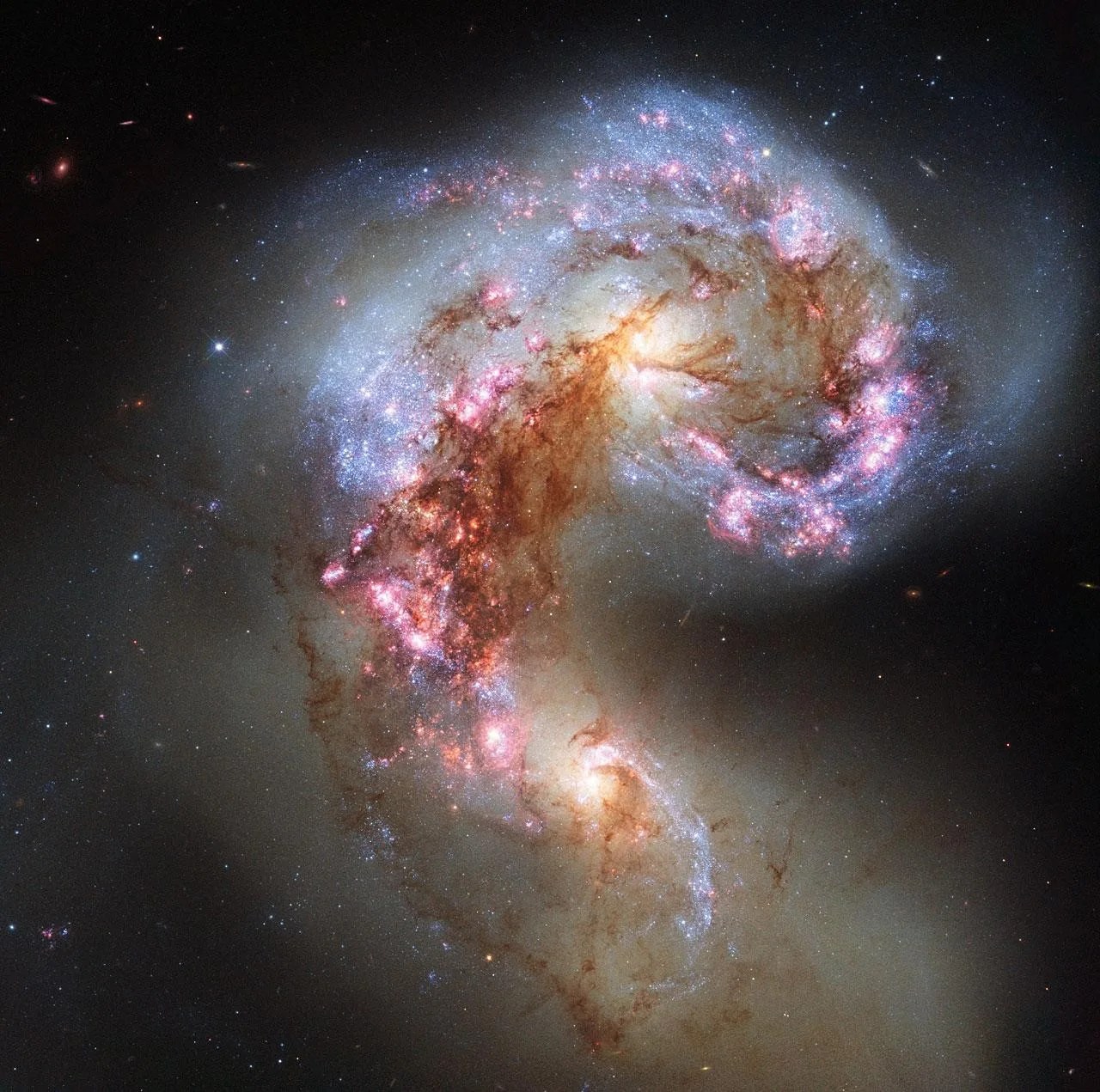
Caldwell 60/61
Better known as the Antennae galaxies, Caldwell 60 and 61 are a pair of interacting spiral galaxies.

Caldwell 62
This dwarf spiral is also known as the Needle's Eye galaxy.
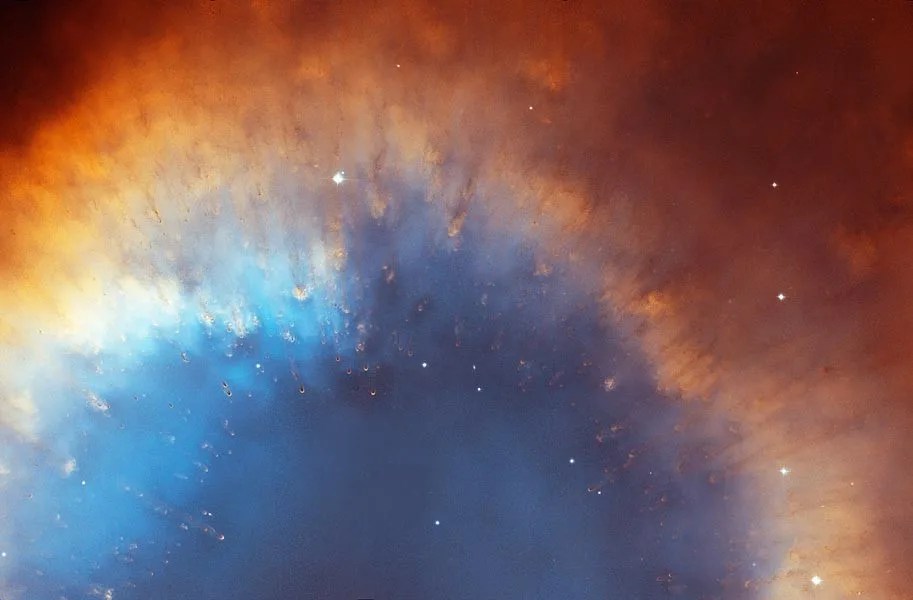
Caldwell 63
Better known as the Helix Nebula, Hubble's image of Caldwell 63 is one of its most iconic.

Caldwell 65
Also called the Sculptor galaxy, Caldwell 65 was discovered in 1783 by British astronomer Caroline Herschel while she was hunting…
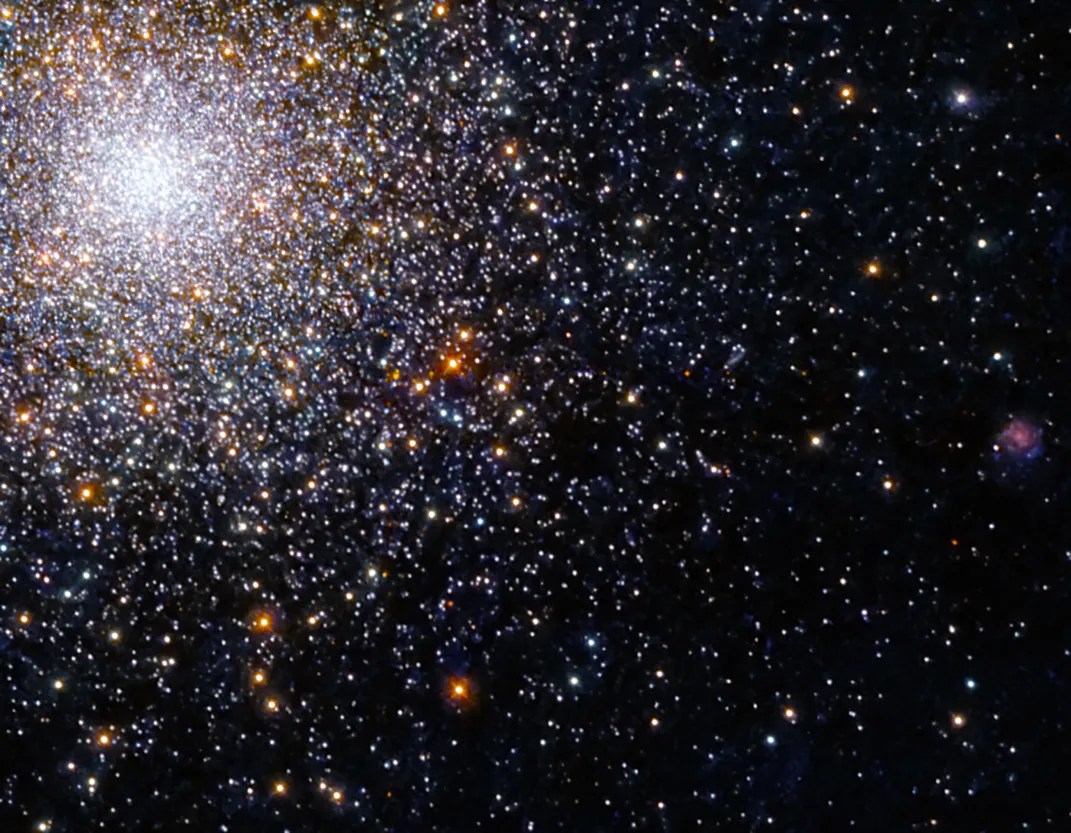
Caldwell 66
Also known as NGC 5694, Caldwell 66 was discovered by William Herschel in 1784 and is one of the oldest,…
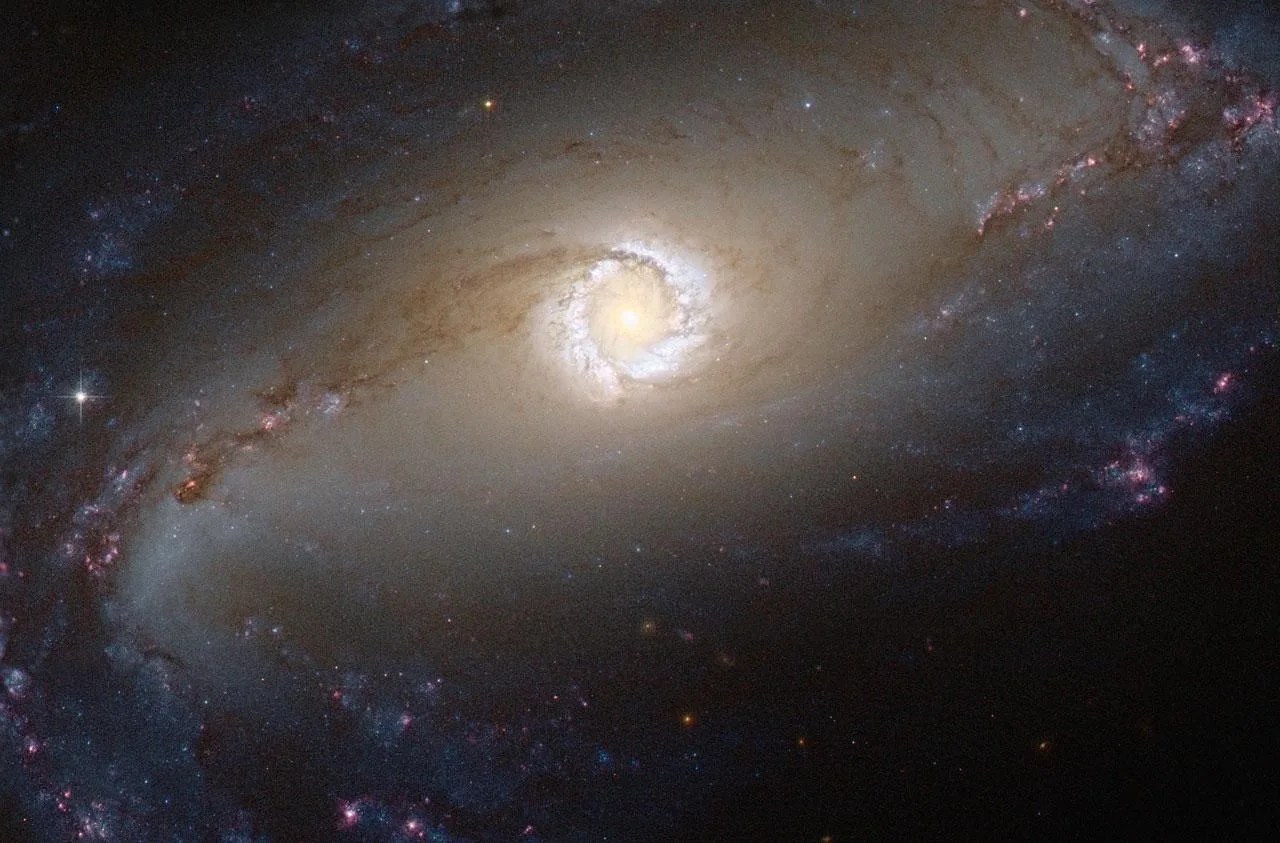
Caldwell 67
This beautiful spiral galaxy is best viewed in early summer from the Southern Hemisphere or early winter from the Northern…
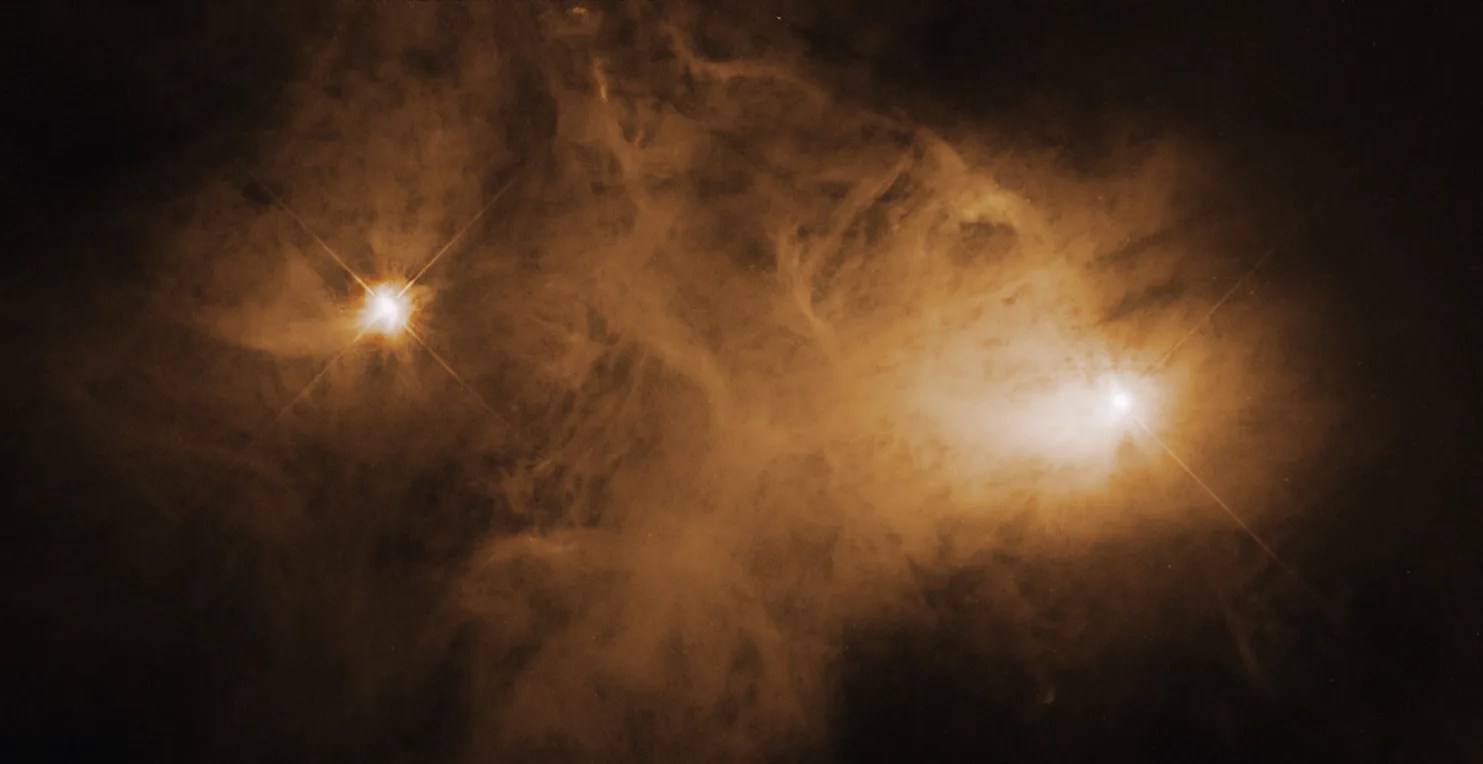
Caldwell 68
A young star whose brightness fluctuates over time illuminates this reflection nebula.
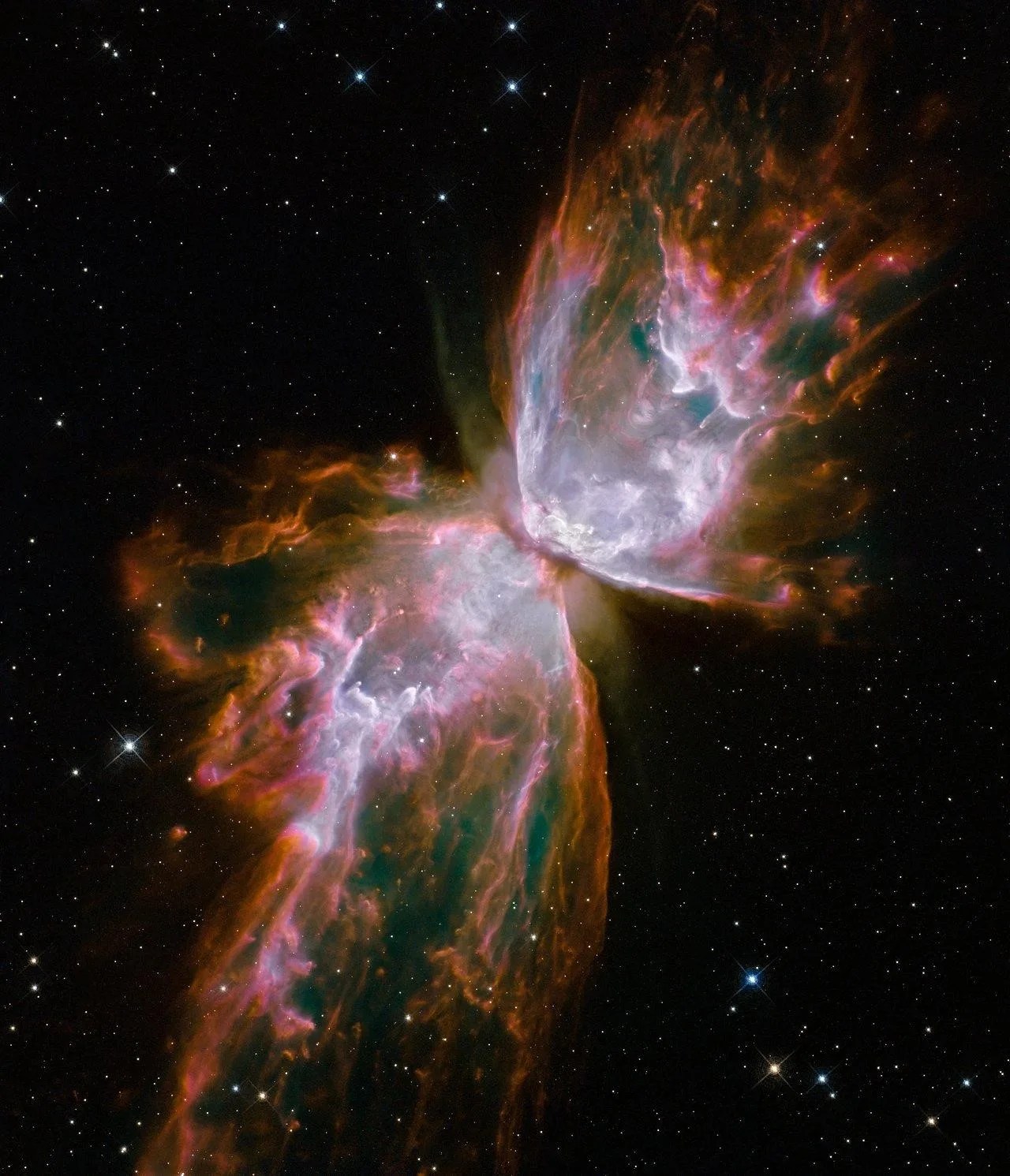
Caldwell 69
A dying Sun-like star is ejecting layers of gas to create Caldwell 69, giving it the more common names of…
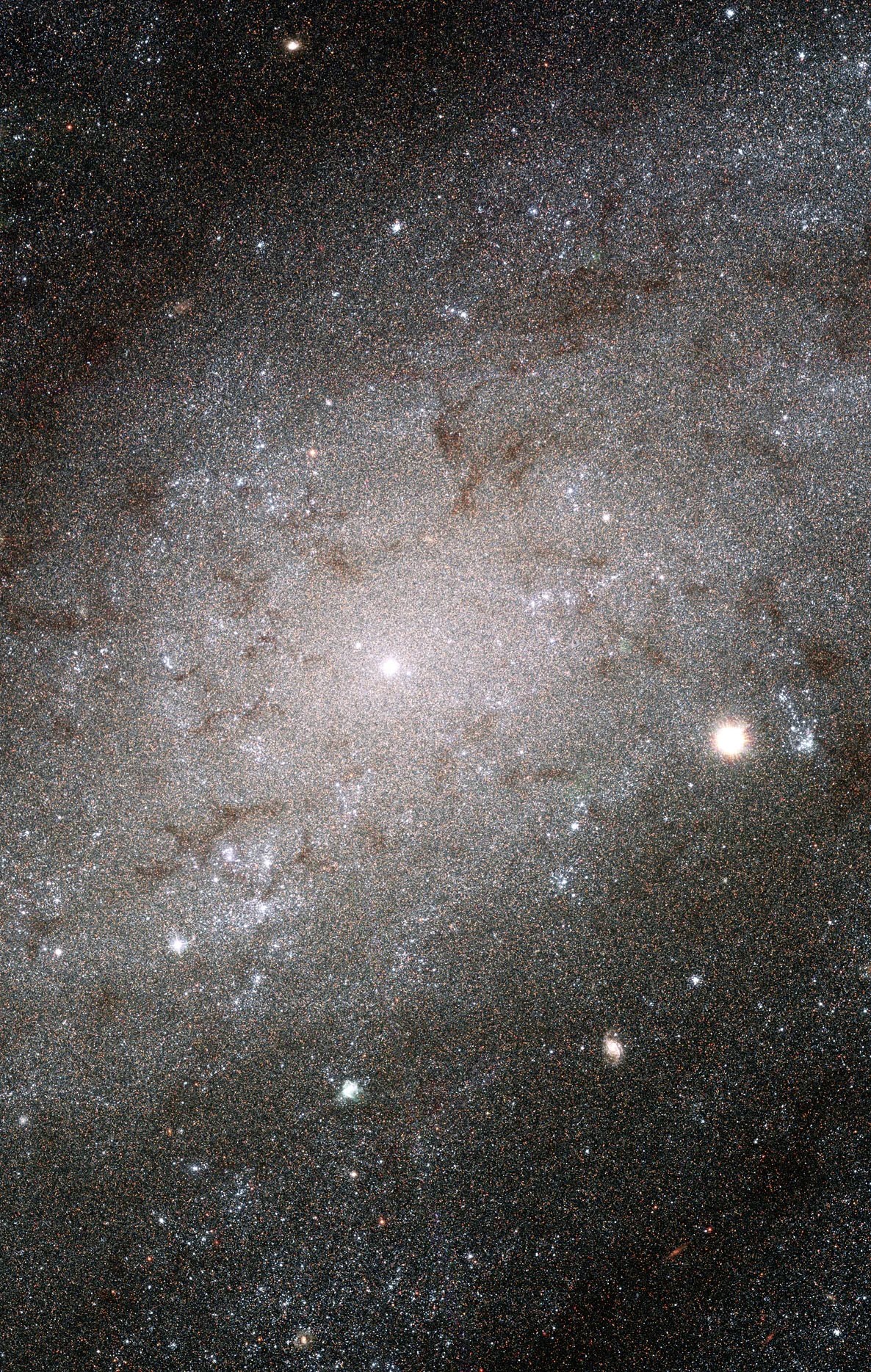
Caldwell 70
Also known as NGC 300, Caldwell 70 is a member of a nearby Sculptor group of galaxies.
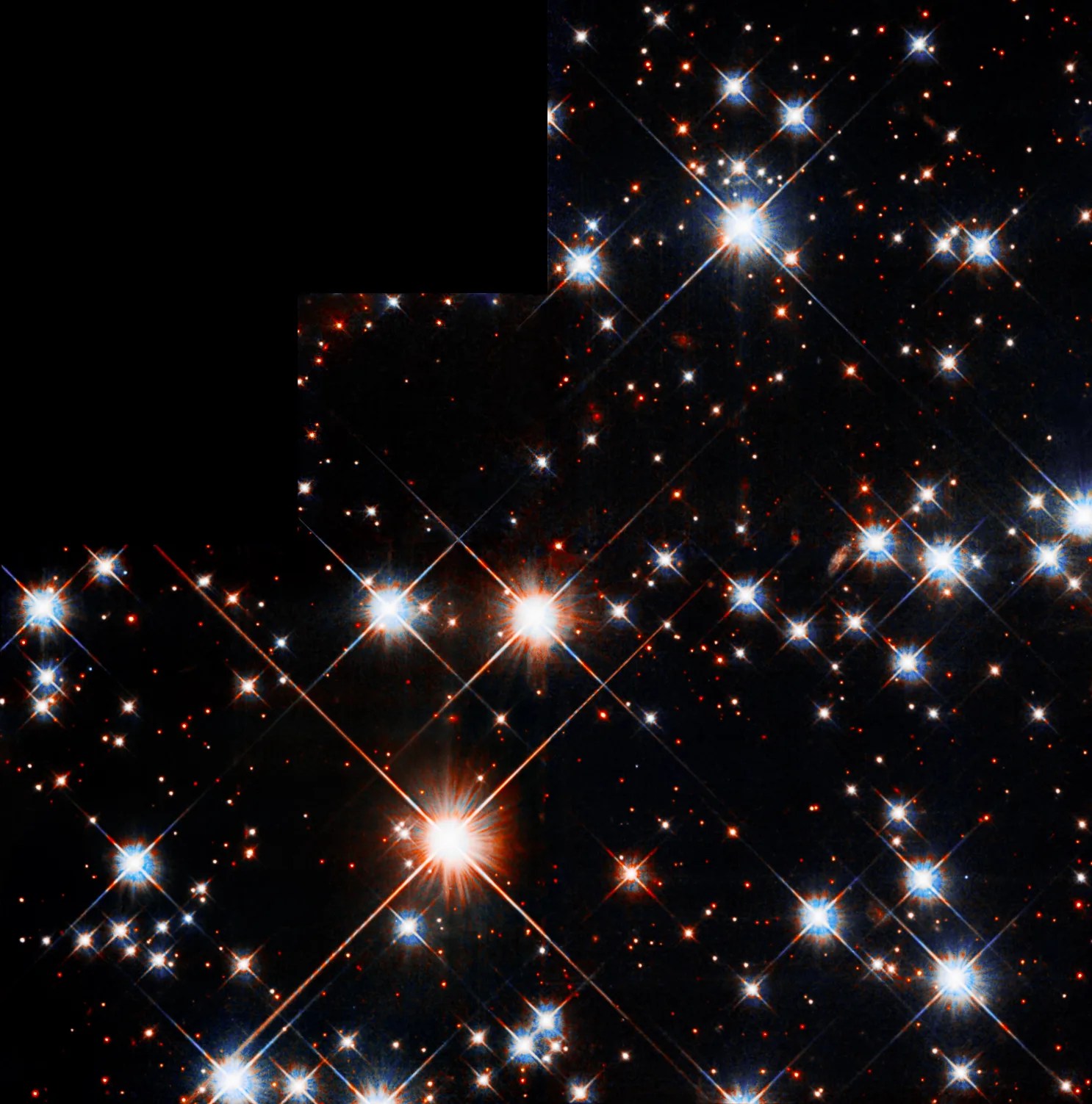
Caldwell 71
Backyard observers can find this group of stars by using the bright stars Sirius and Canopus as guides.
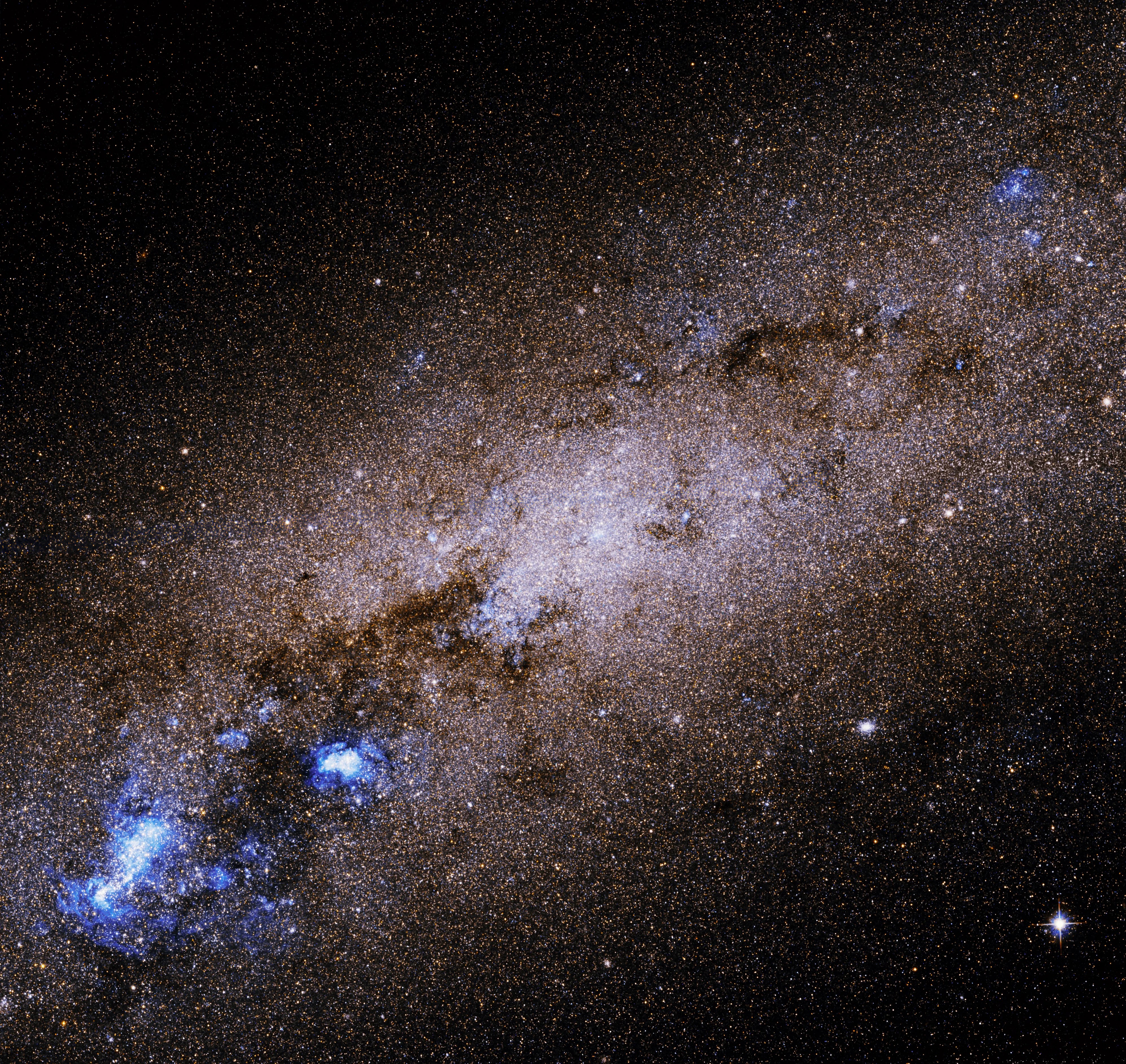
Caldwell 72
This galaxy is similar to, but smaller than, the Large Magellanic Cloud.
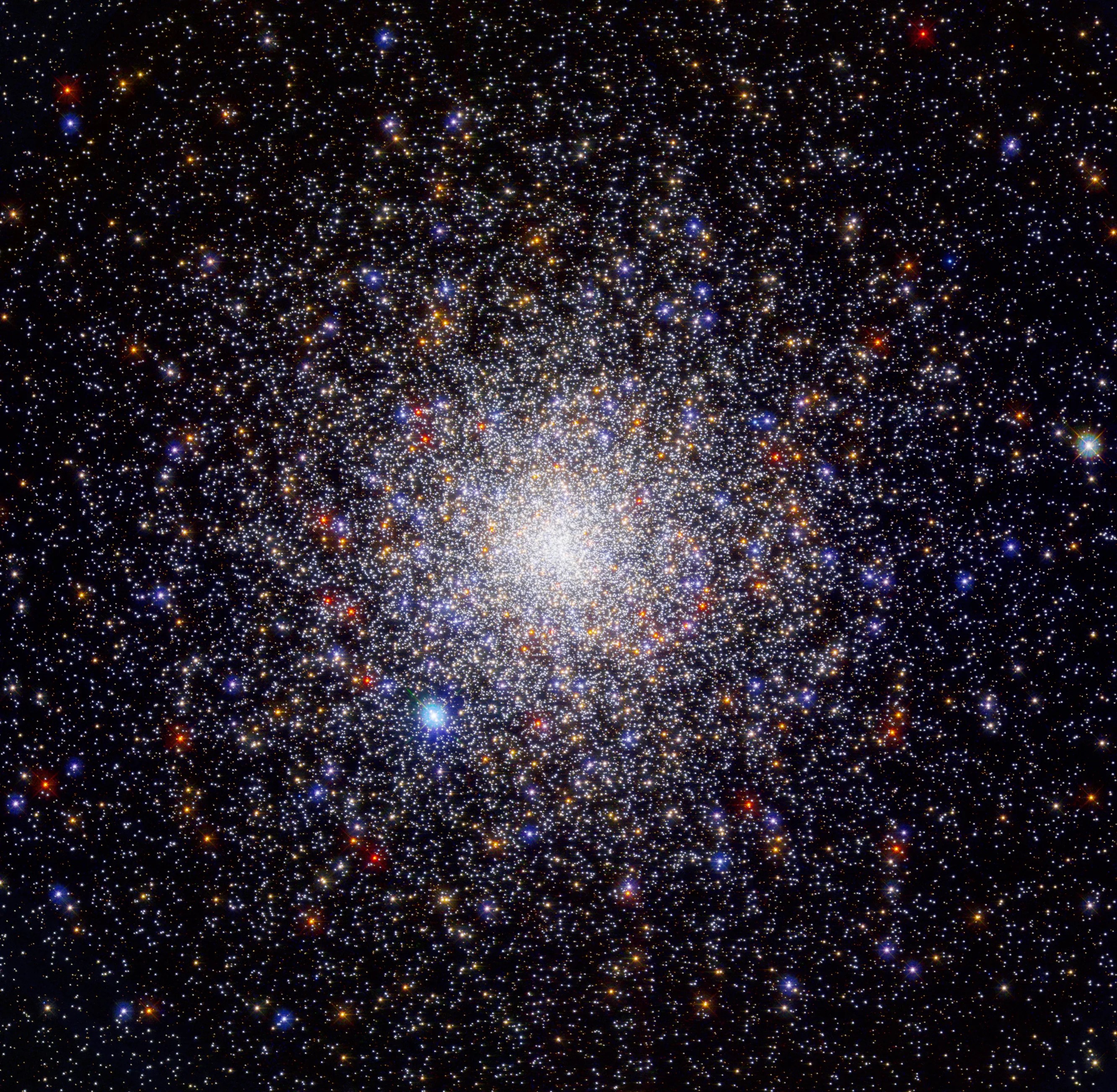
Caldwell 73
Caldwell 73 may be a remnant of two clusters that collided within a dwarf galaxy that once hosted them both.
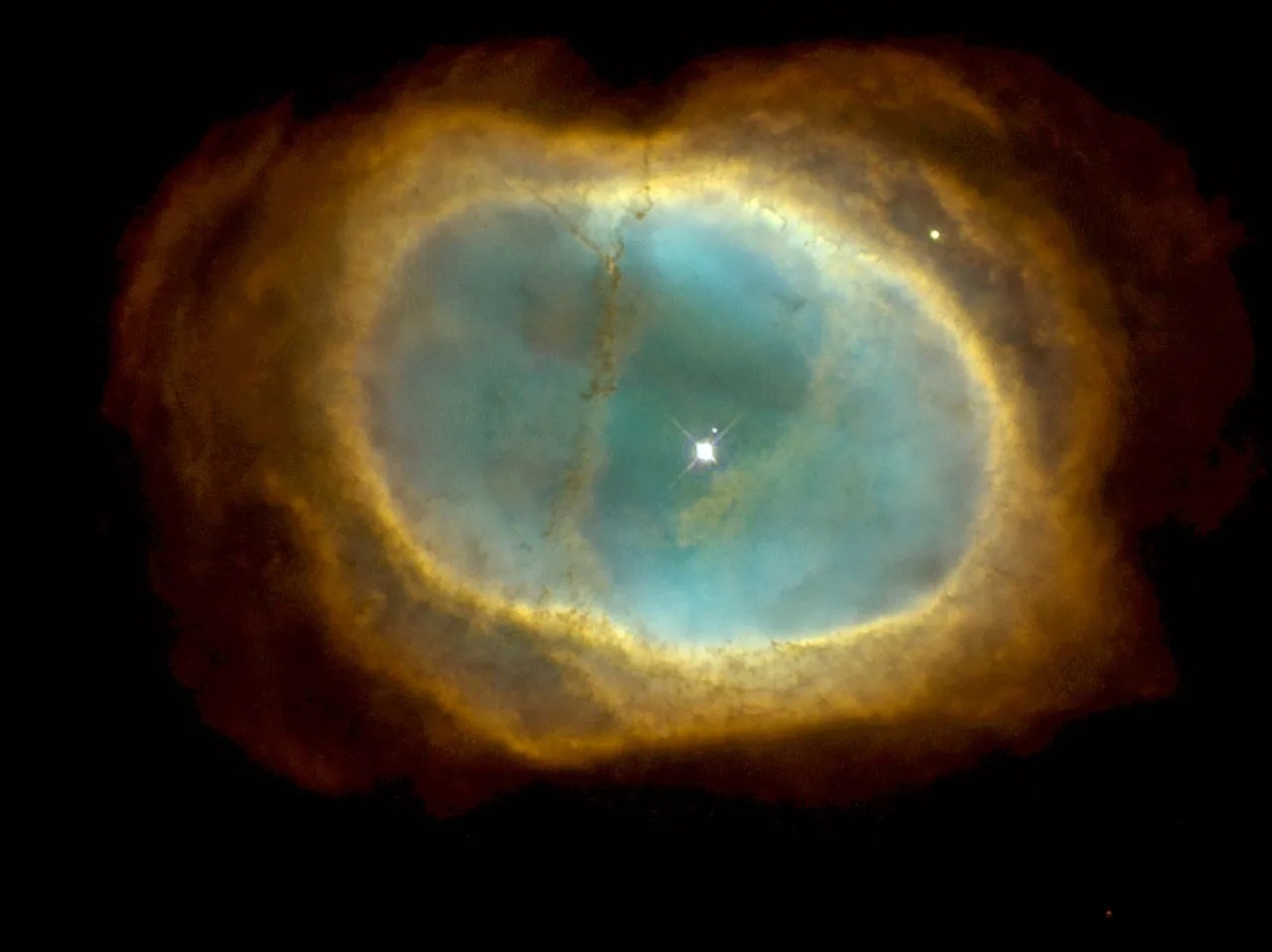
Caldwell 74
Also known as the Southern Ring, this beautiful nebula is the result of a small dying star at its heart.
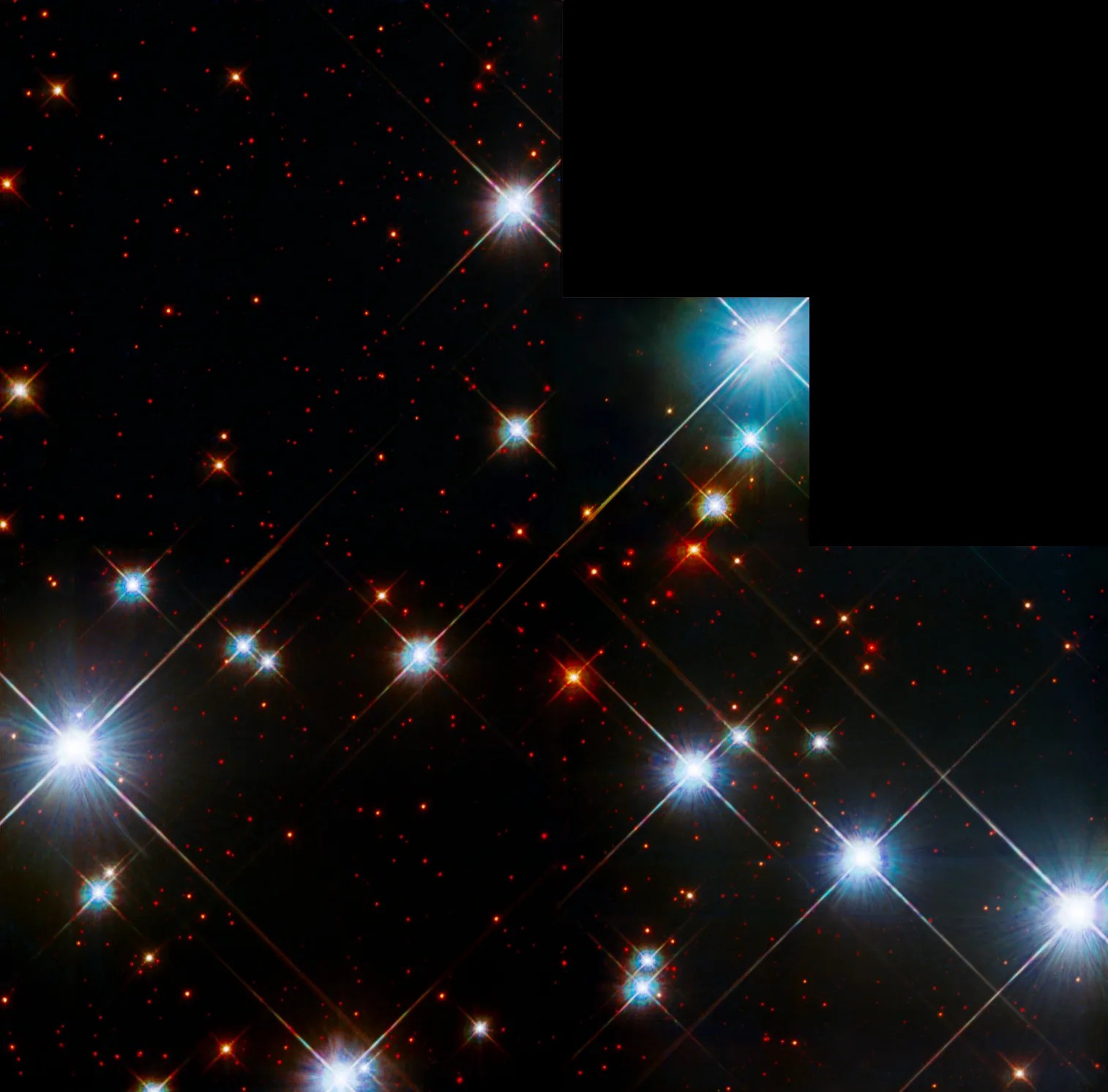
Caldwell 76
This bright star cluster was first cataloged by the Italian astronomer Giovanni Battista Hodierna.
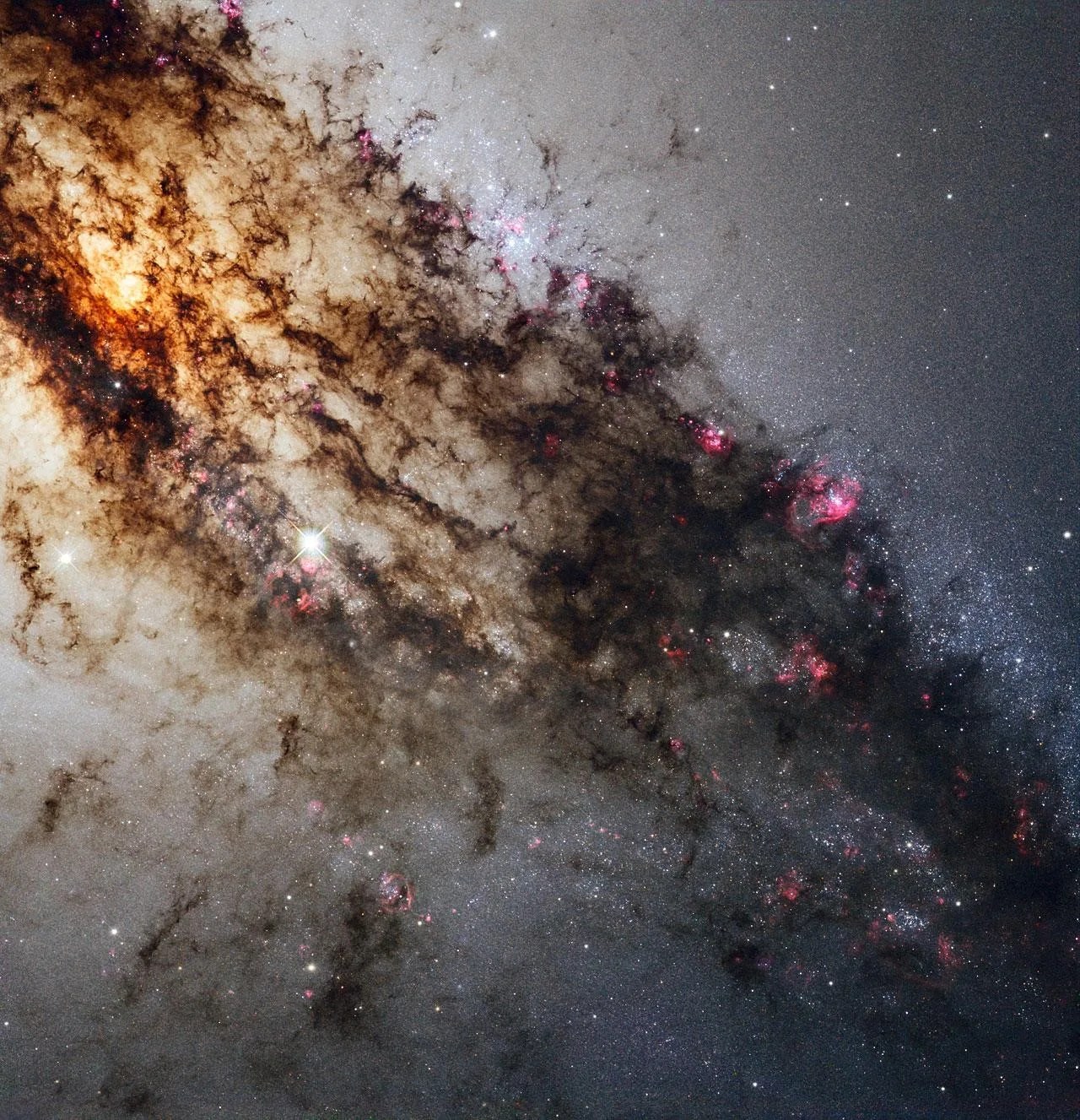
Caldwell 77
Better known as Centaurus A, Caldwell 77 is the closest active galaxy to Earth.
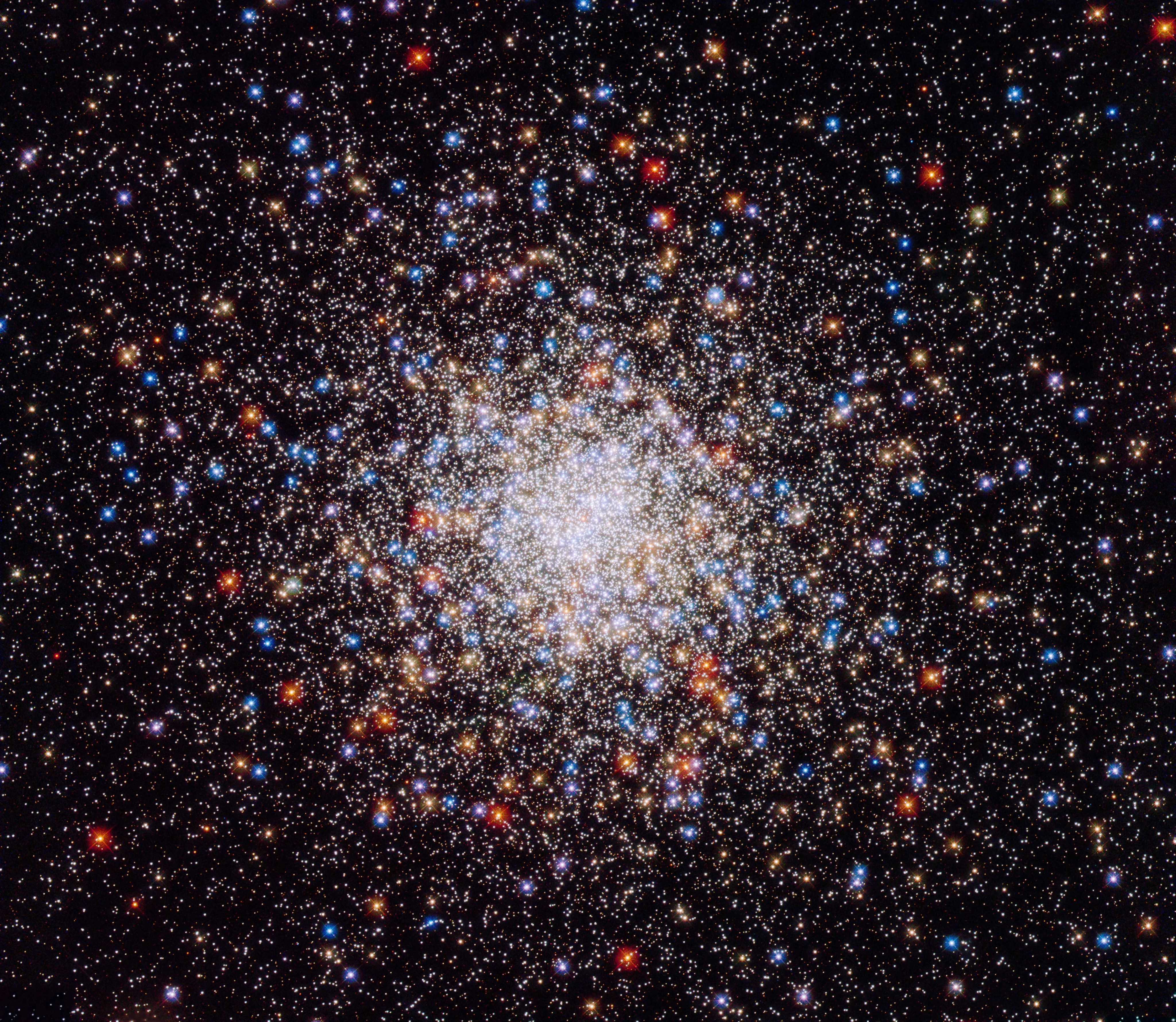
Caldwell 78
This beautiful globular cluster is best seen from equatorial latitudes.
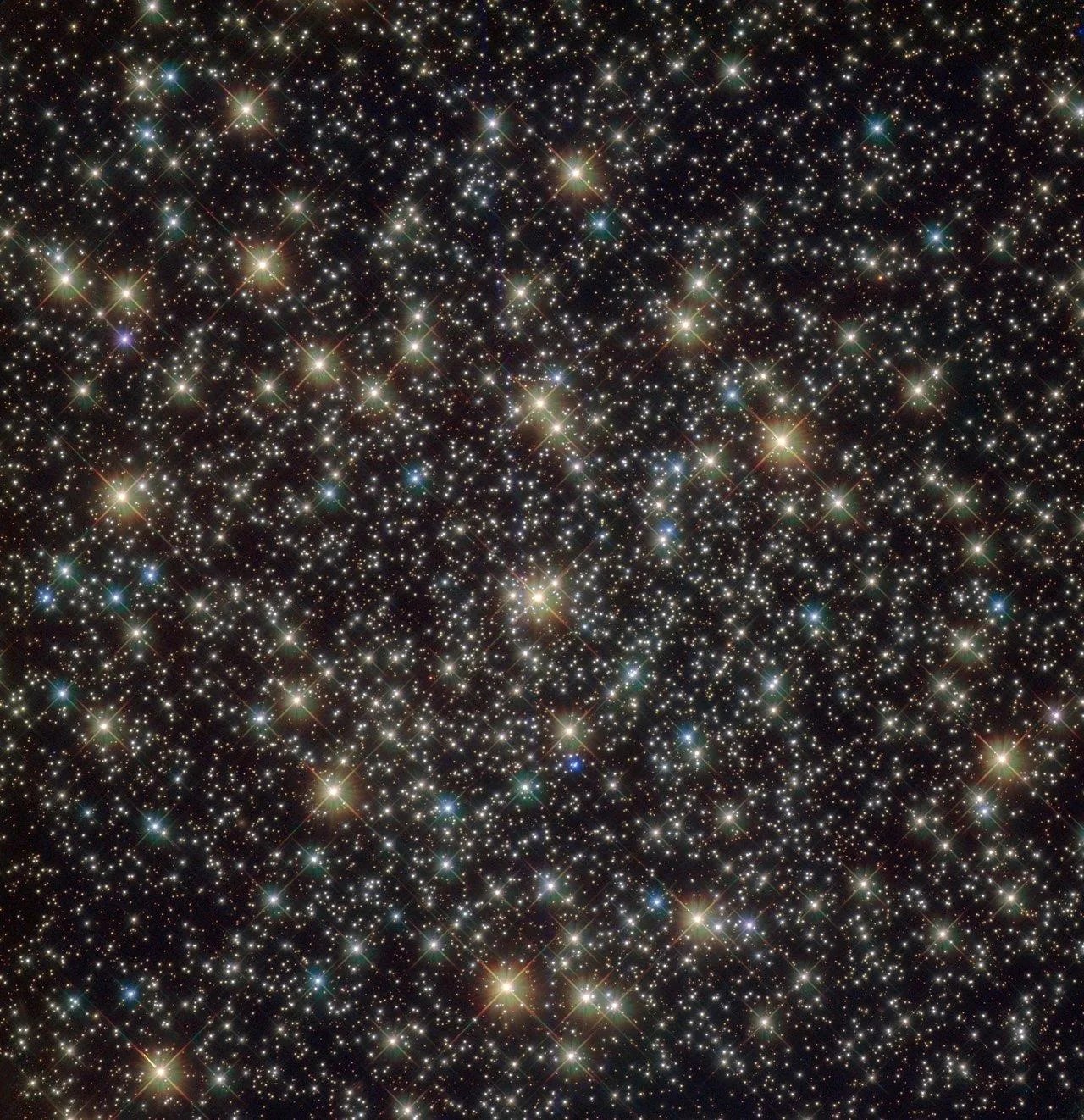
Caldwell 79
Caldwell 79, also called NGC 3201, was discovered by Scottish astronomer James Dunlop in 1826.
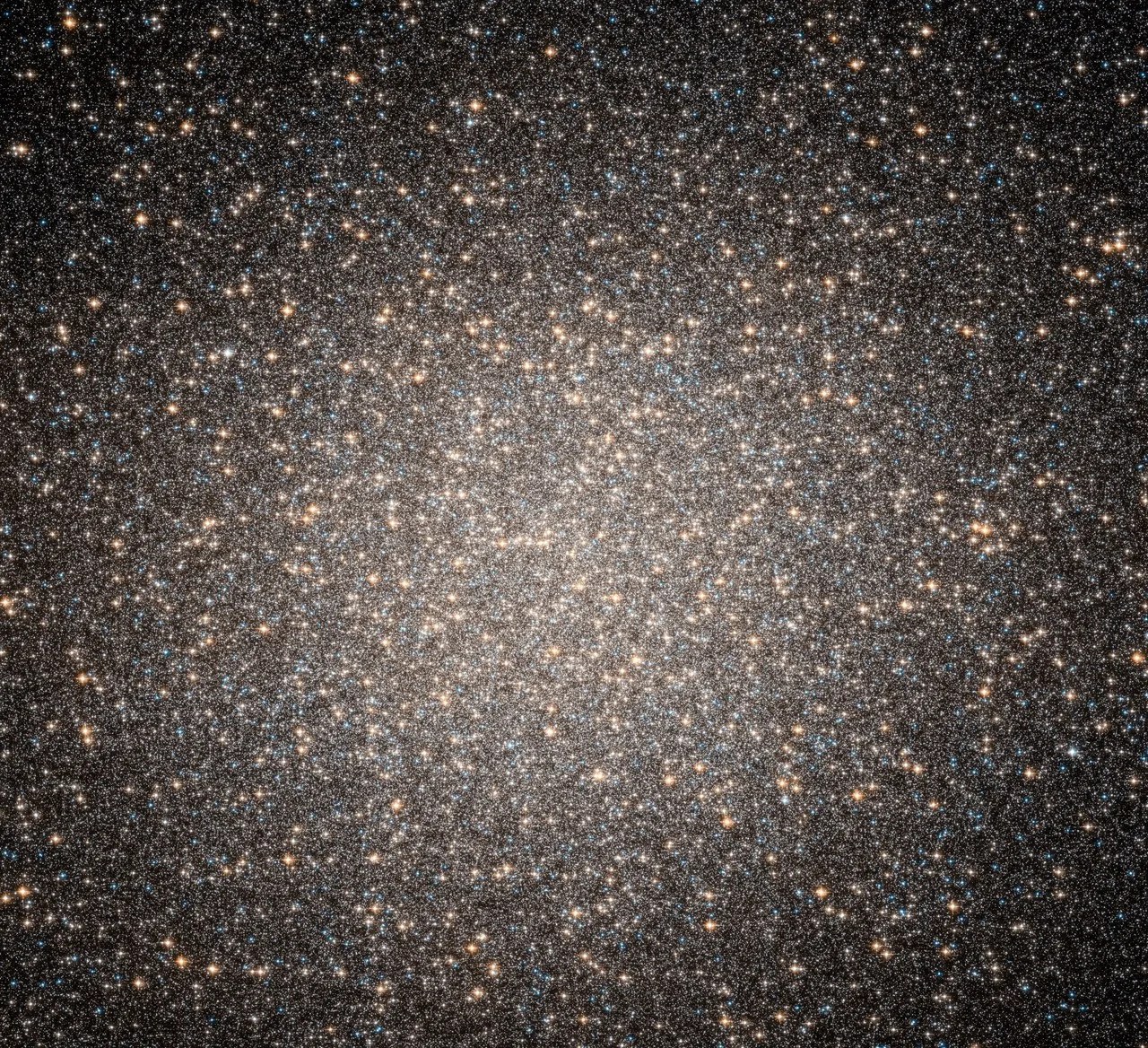
Caldwell 80
Better known as Omega Centauri, Caldwell 80 is home to around 10 million stars.
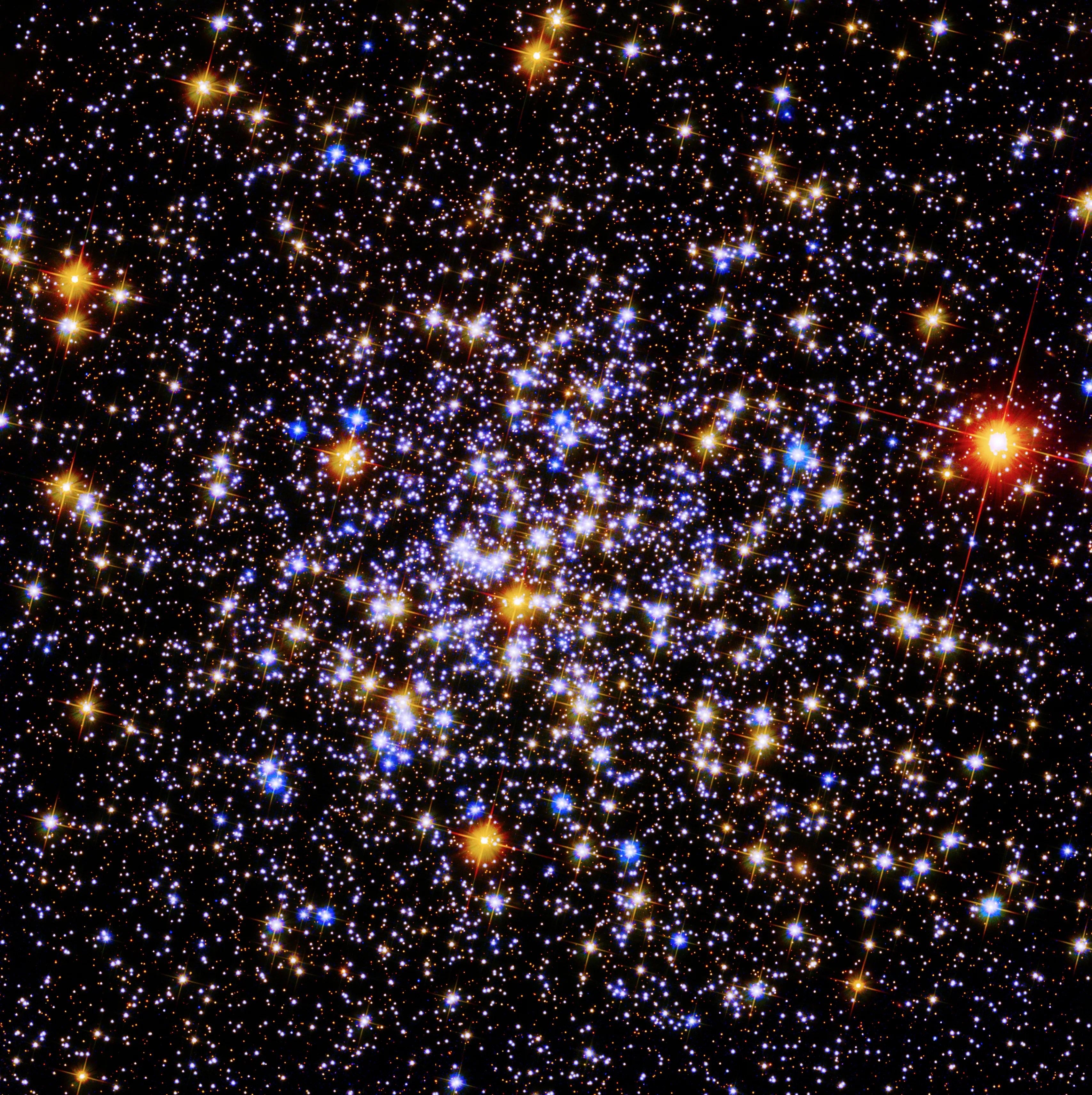
Caldwell 81
Located in the constellation Ara, the Altar, Caldwell 81 was discovered in 1826 by Scottish astronomer James Dunlop while he…

Caldwell 82
This bright open cluster of stars is just visible to the unaided eye away from light polluted skies.
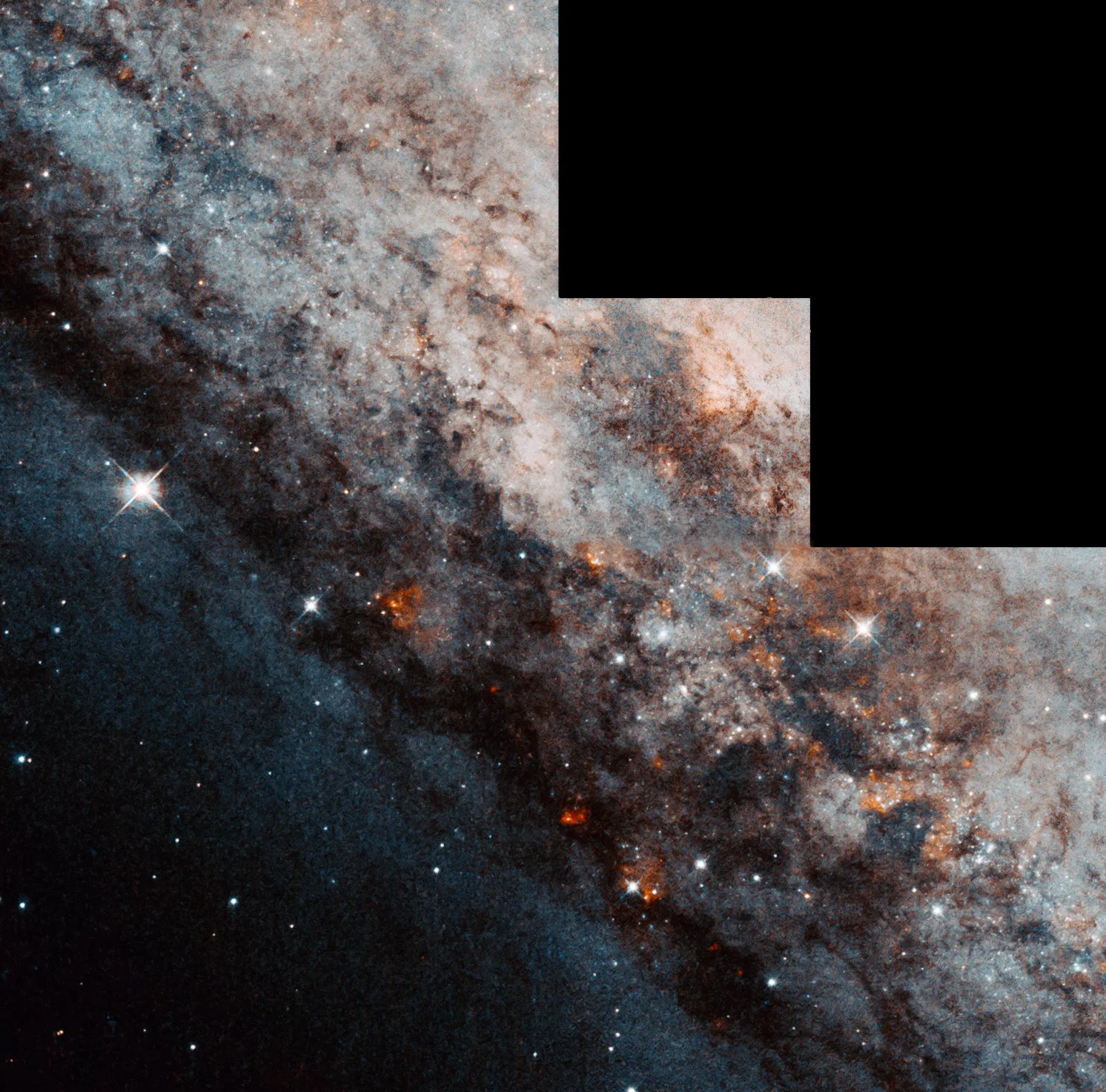
Caldwell 83
Caldwell 83 is interesting to astronomers because it is the source of the first water megamaser.
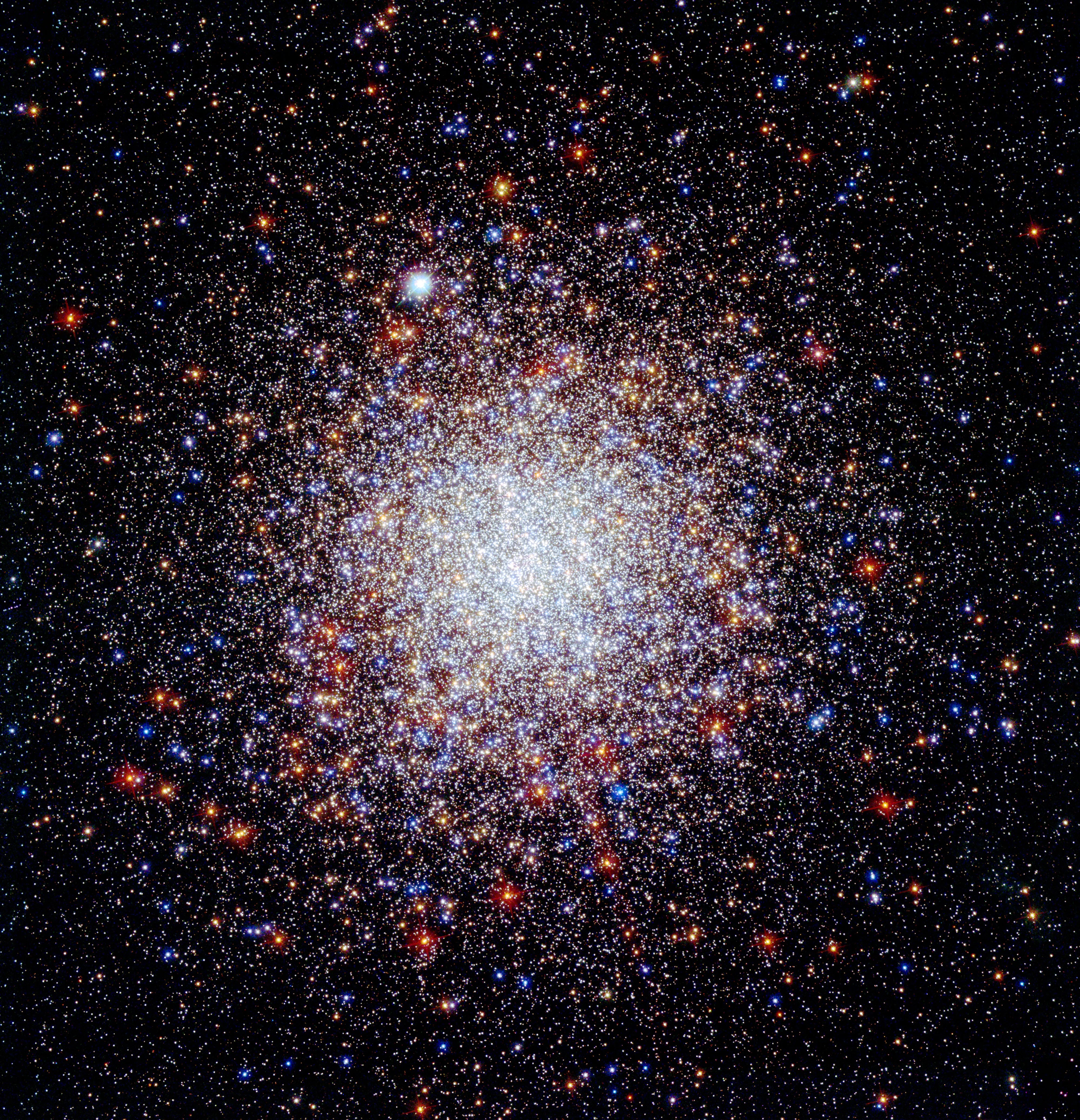
Caldwell 84
Scattered light from a nearby bright star can interfere with observing this beautiful cluster.
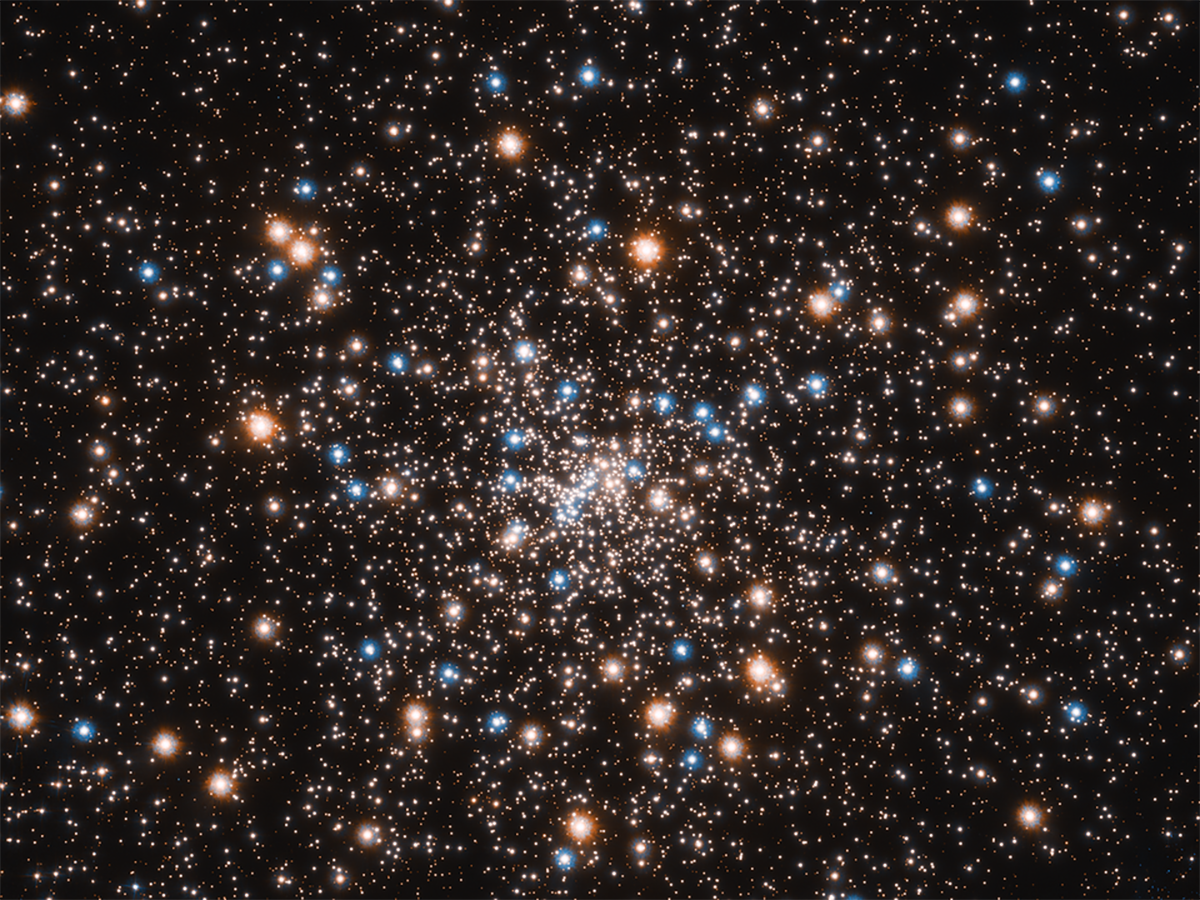
Caldwell 86
Caldwell 86 is a true cosmic relic at a staggering 13.4 billion years old.

Caldwell 87
This image combines observations from Hubble’s Wide Field Camera 3 in visible and ultraviolet light with infrared observations from its…
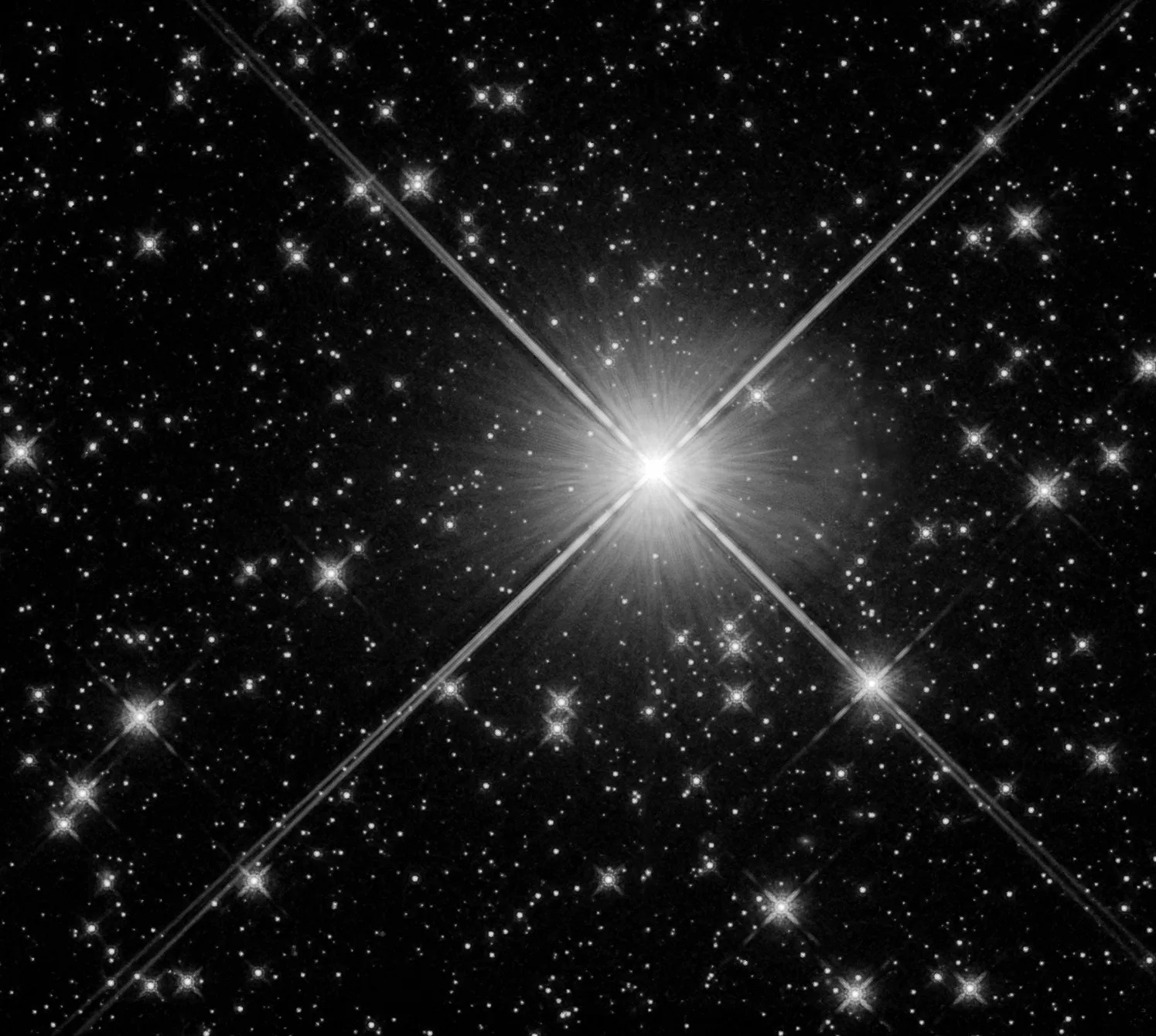
Caldwell 89
This cluster is visible in binoculars, and a small telescope can resolve some of its stars.
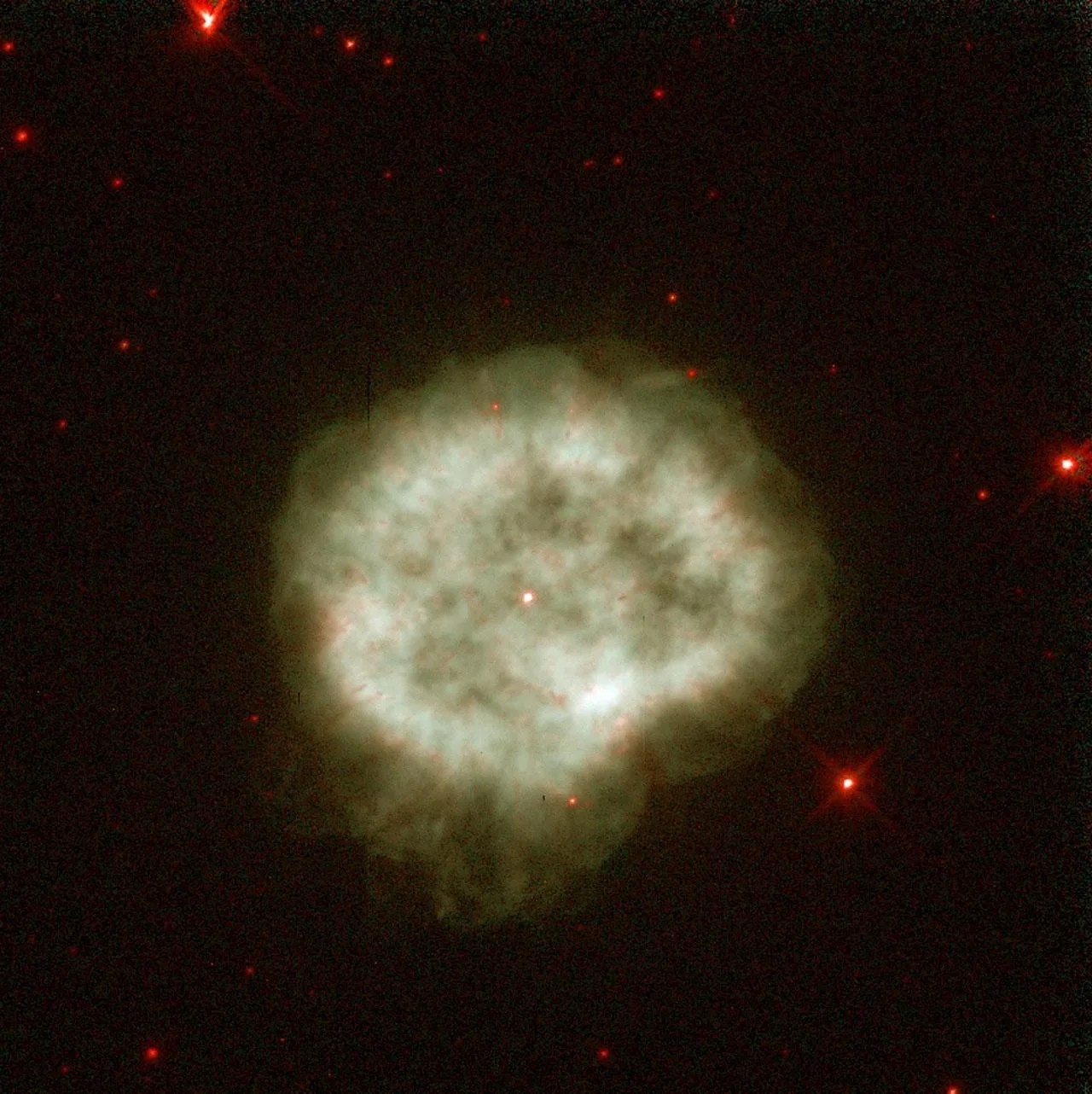
Caldwell 90
A dying Sun-like star gave us Caldwell 90.

Caldwell 92
Better known as the Carina Nebula, Caldwell 92 offers us a wealth of science and beautiful images.
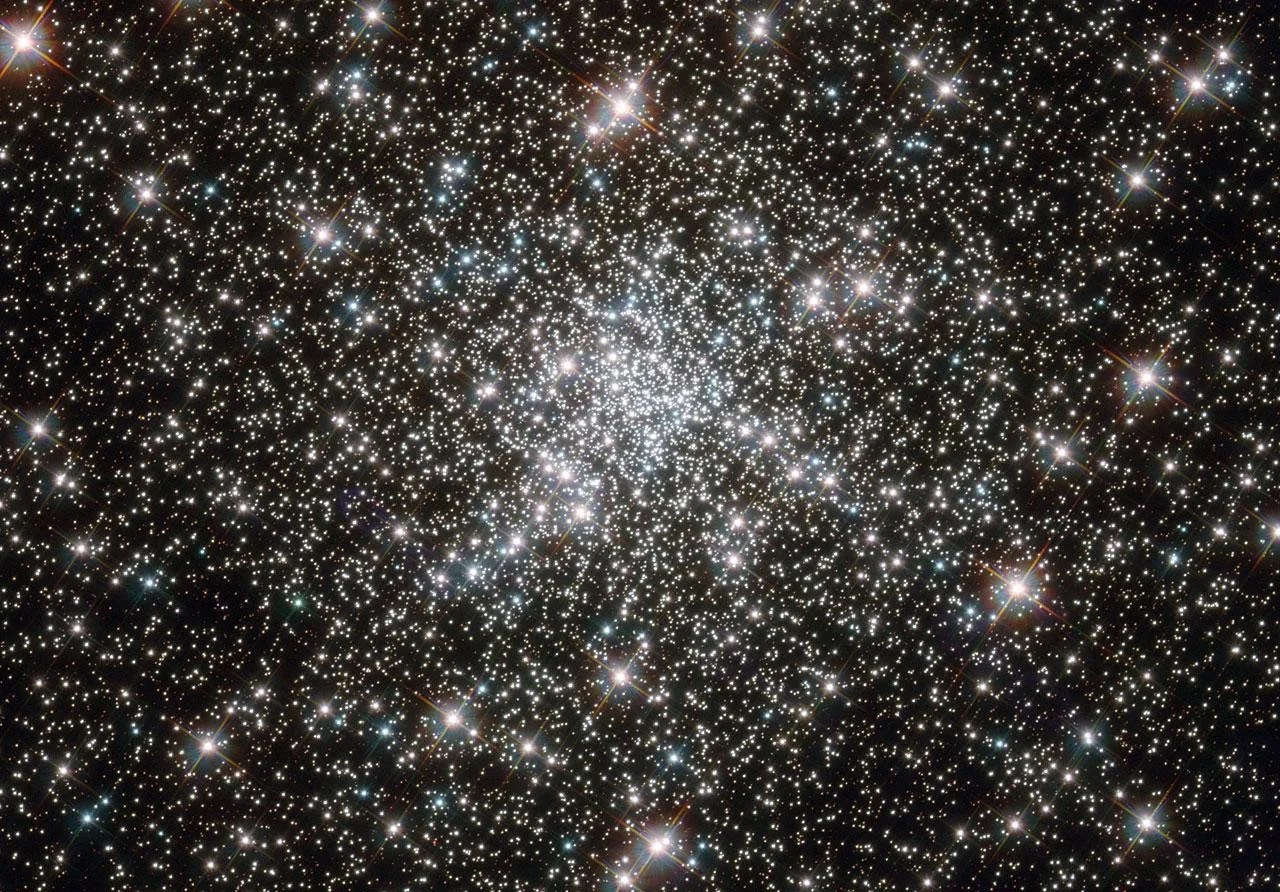
Caldwell 93
Hubble’s observations of Caldwell 93 also uncovered an unexpected galaxy.
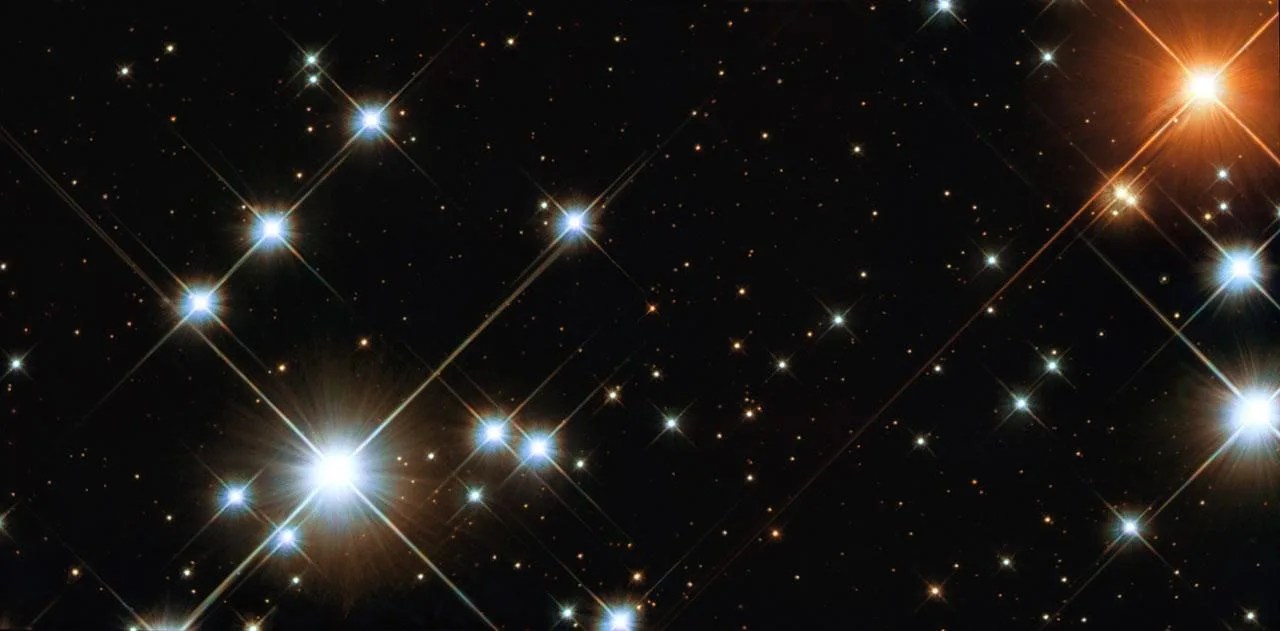
Caldwell 94
This open cluster is a relative youngster at about 16 million years old.
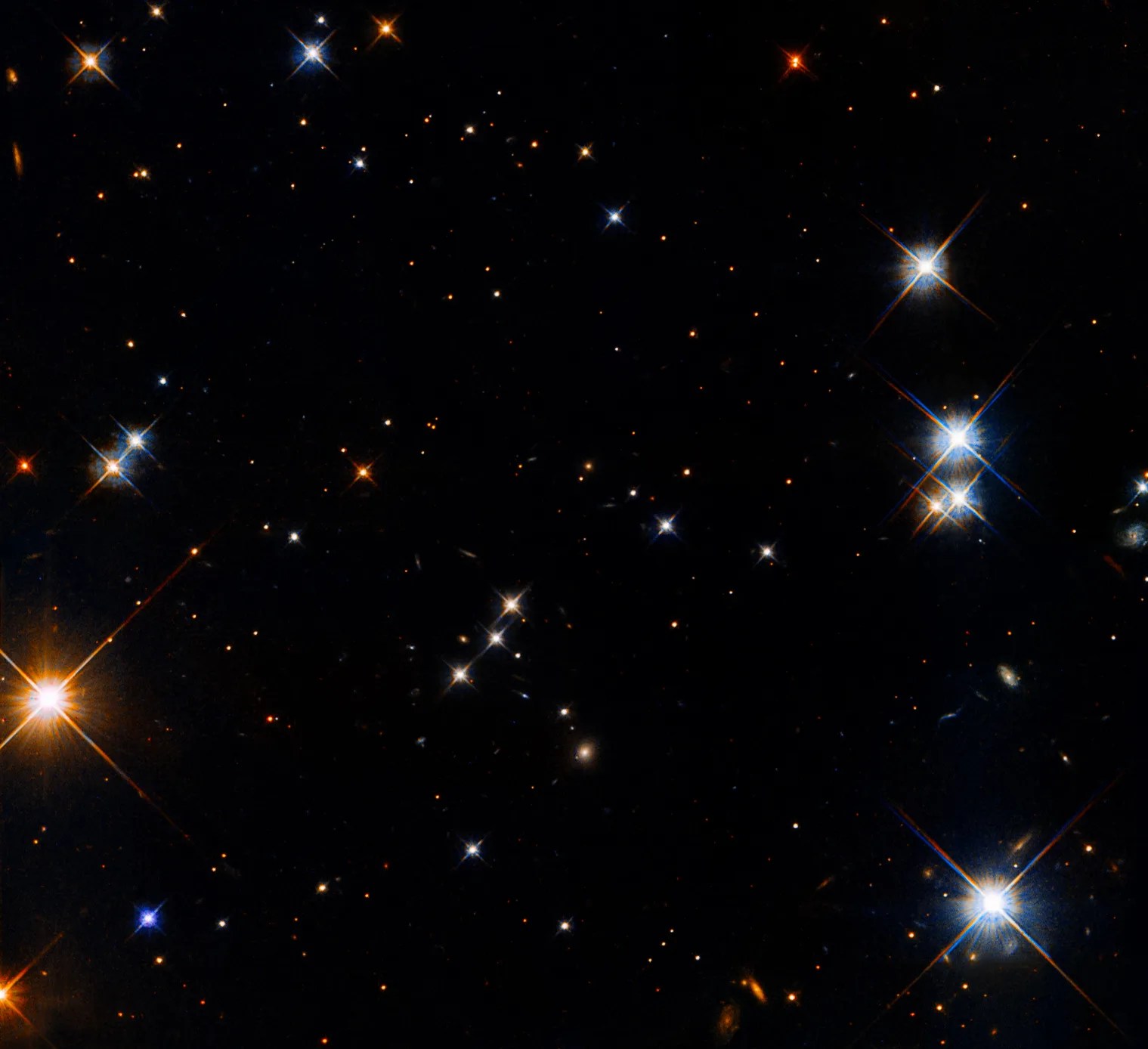
Caldwell 96
Caldwell 96 was first recorded by the French astronomer Nicolas-Louis de Lacaille in 1751 from the Cape of Good Hope…
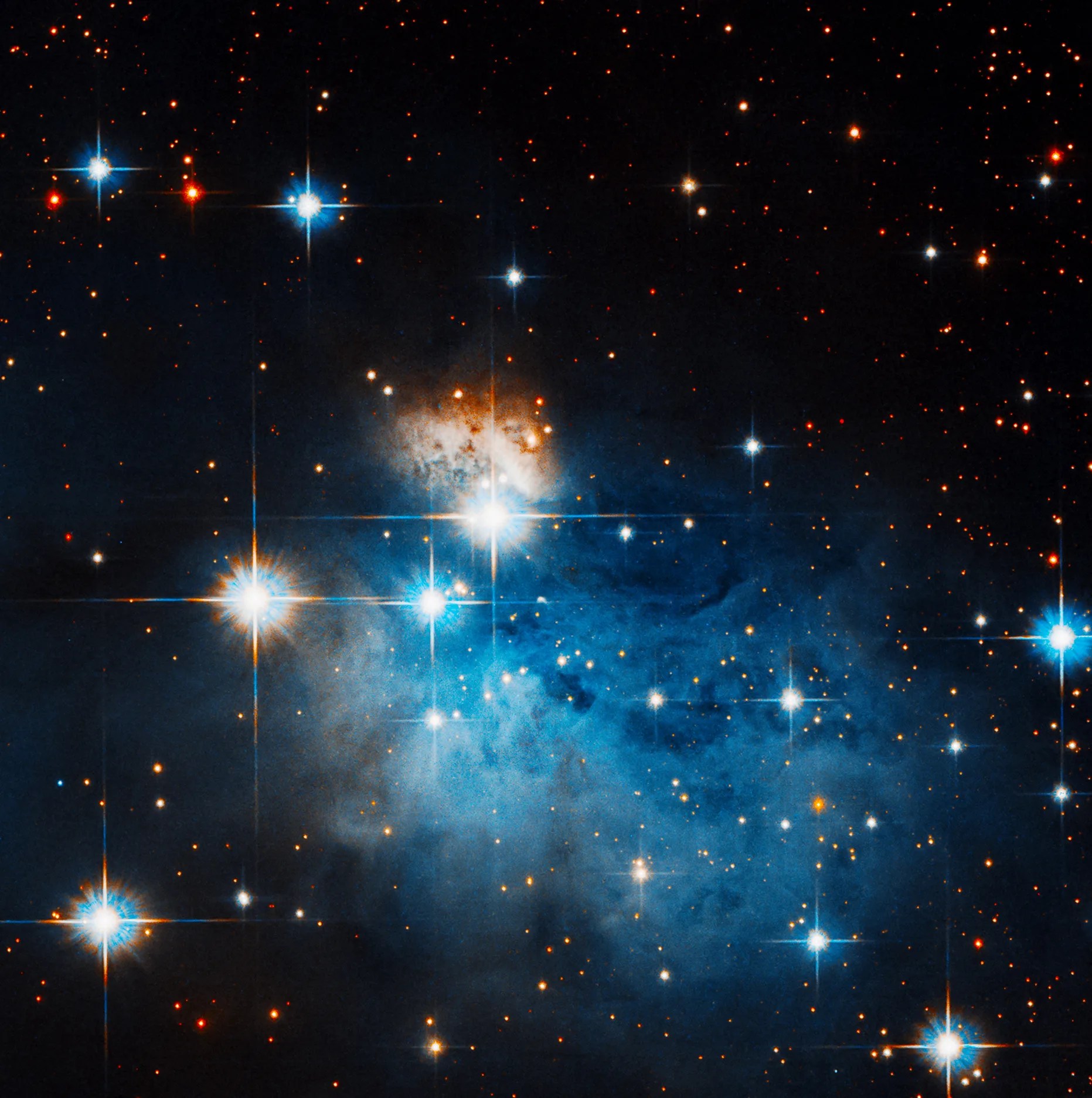
Caldwell 99
Visible to the unaided eye as it obscures part of the Milky Way, dark Caldwell 99 is better known as…
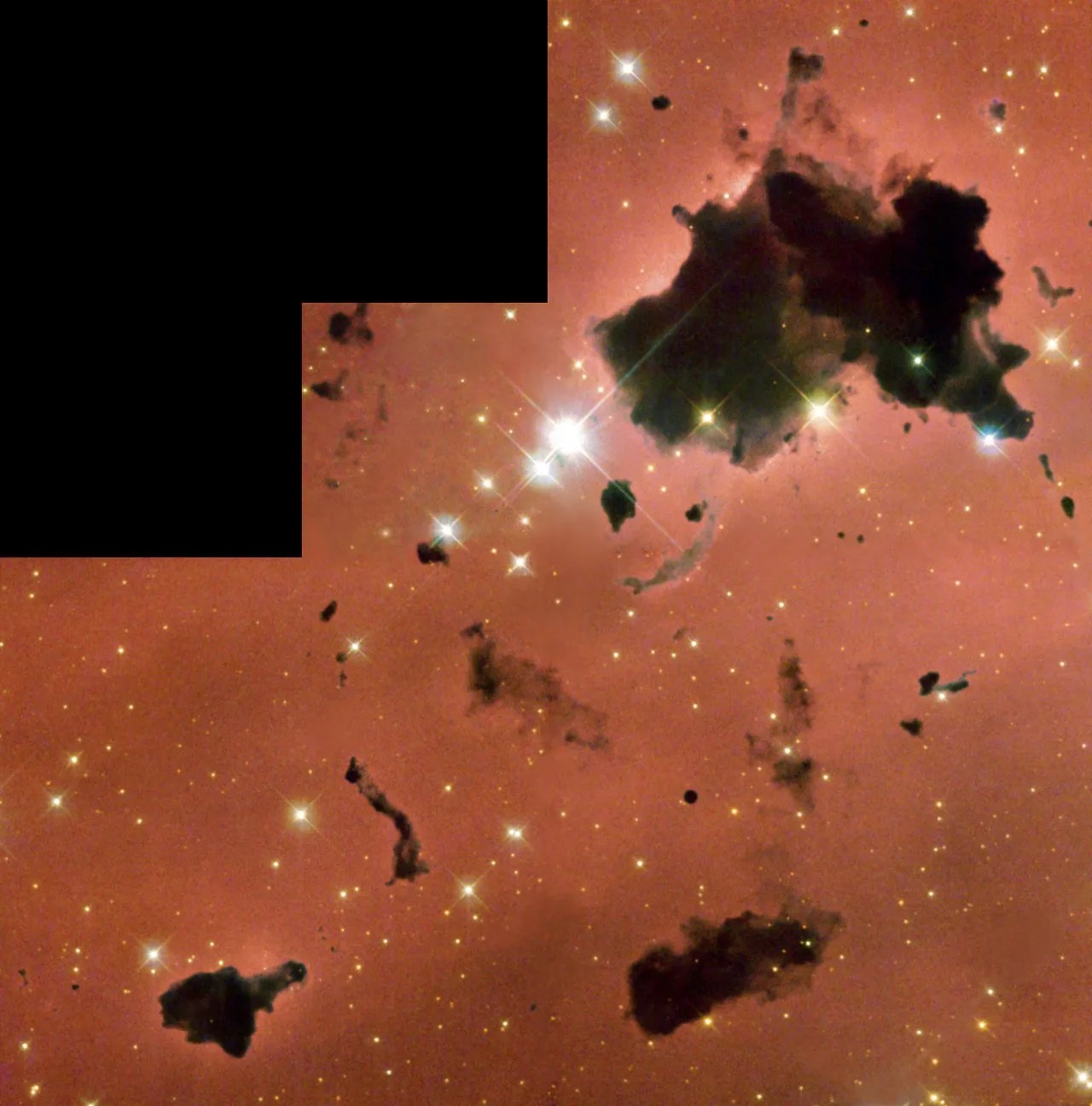
Caldwell 100
With dark clouds, an emission nebula, and embedded star clusters, Caldwell 100 offers a wealth of things to see.
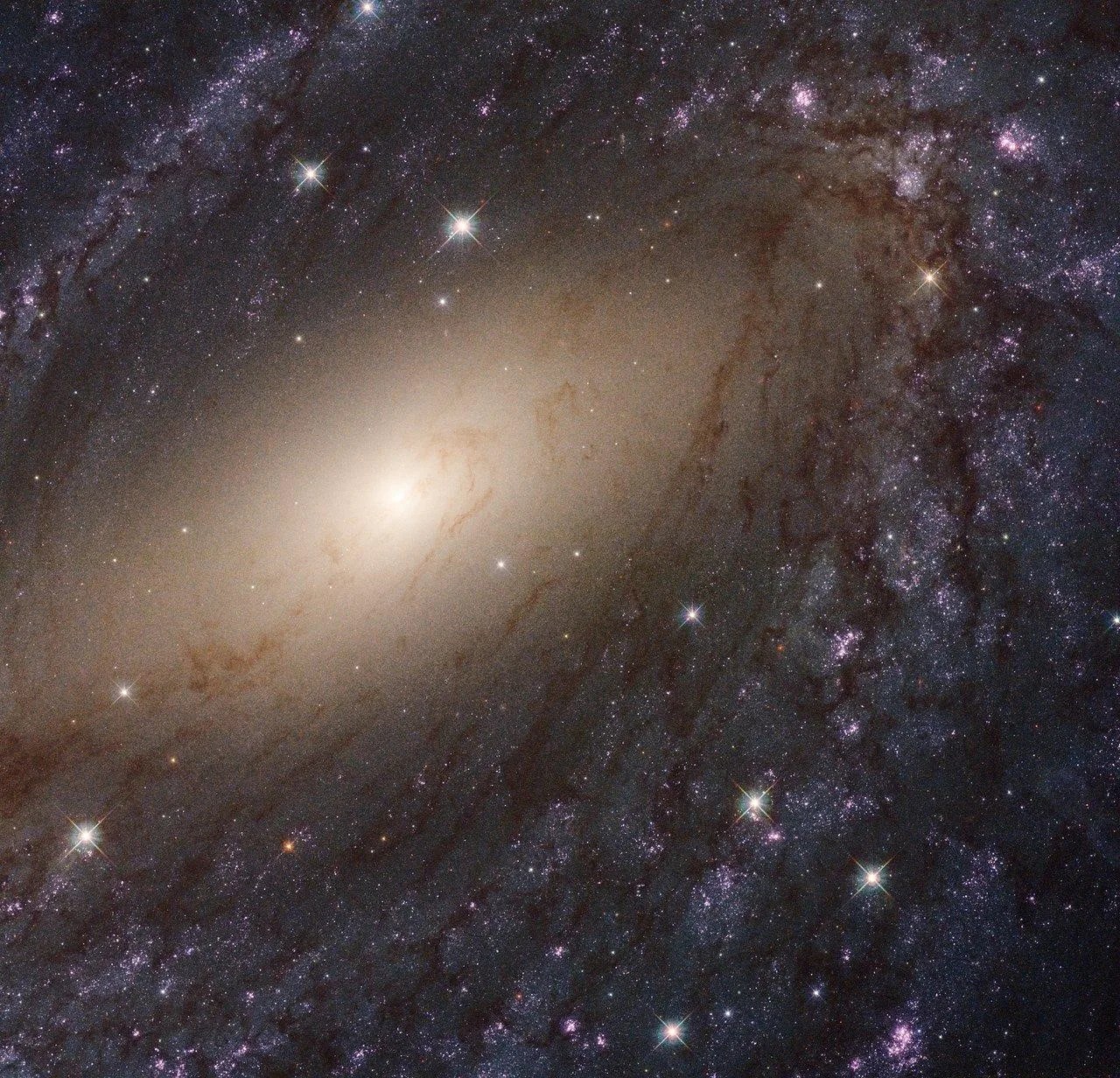
Caldwell 101
Caldwell 101's spiral shape is more than 200,000 light-years across, well beyond this Hubble view.
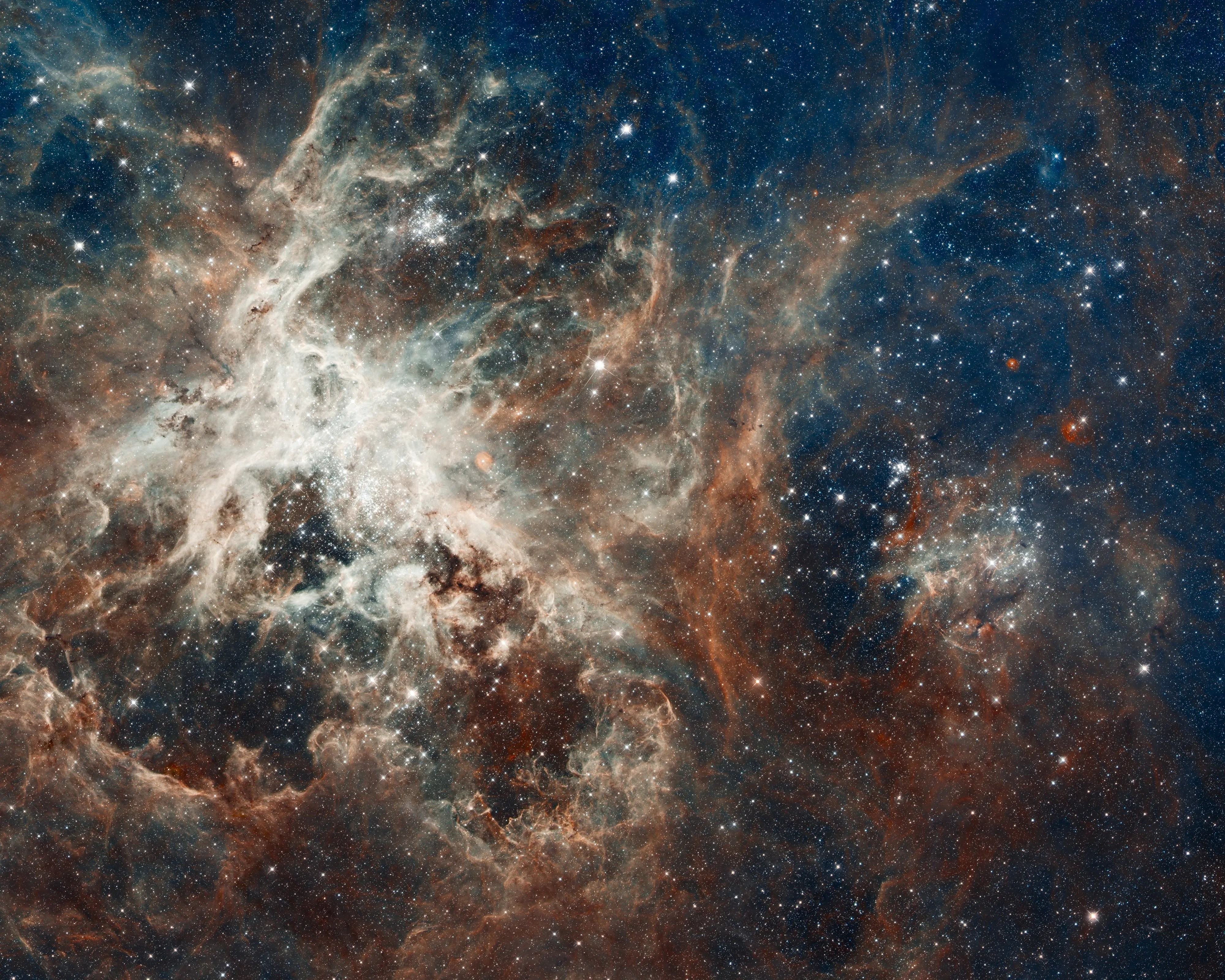
Caldwell 103
Better known as the Tarantula Nebula or 30 Doradus, Caldwell 103 the brightest star-forming region in our galaxy.
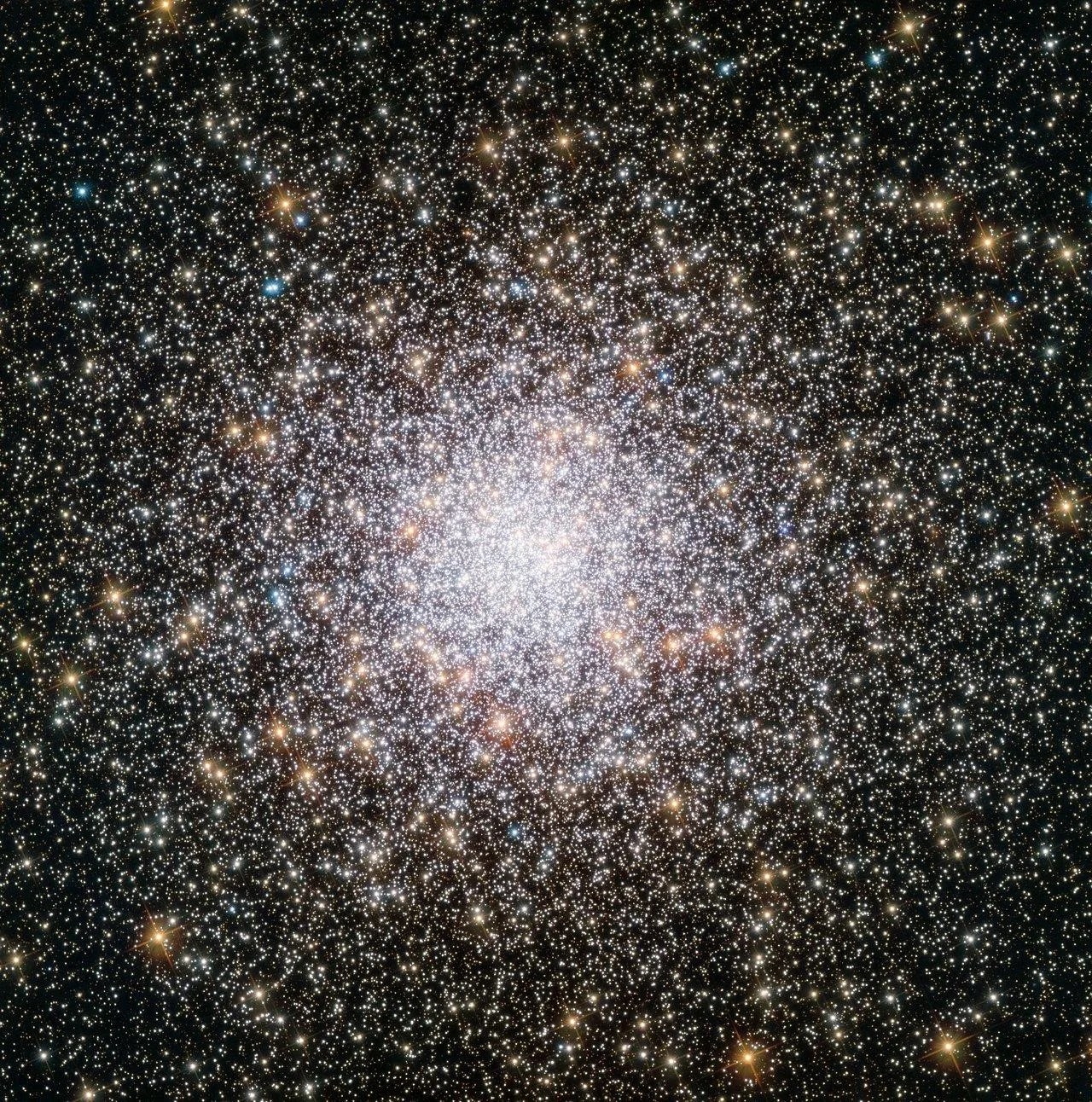
Caldwell 104
The stars of Caldwell 104 have a surprisingly high metal content, which means that it formed more recently than expected.

Caldwell 105
This colorful cluster was discovered by French astronomer Nicolas-Louis de Lacaille in 1751 during a journey to South Africa.
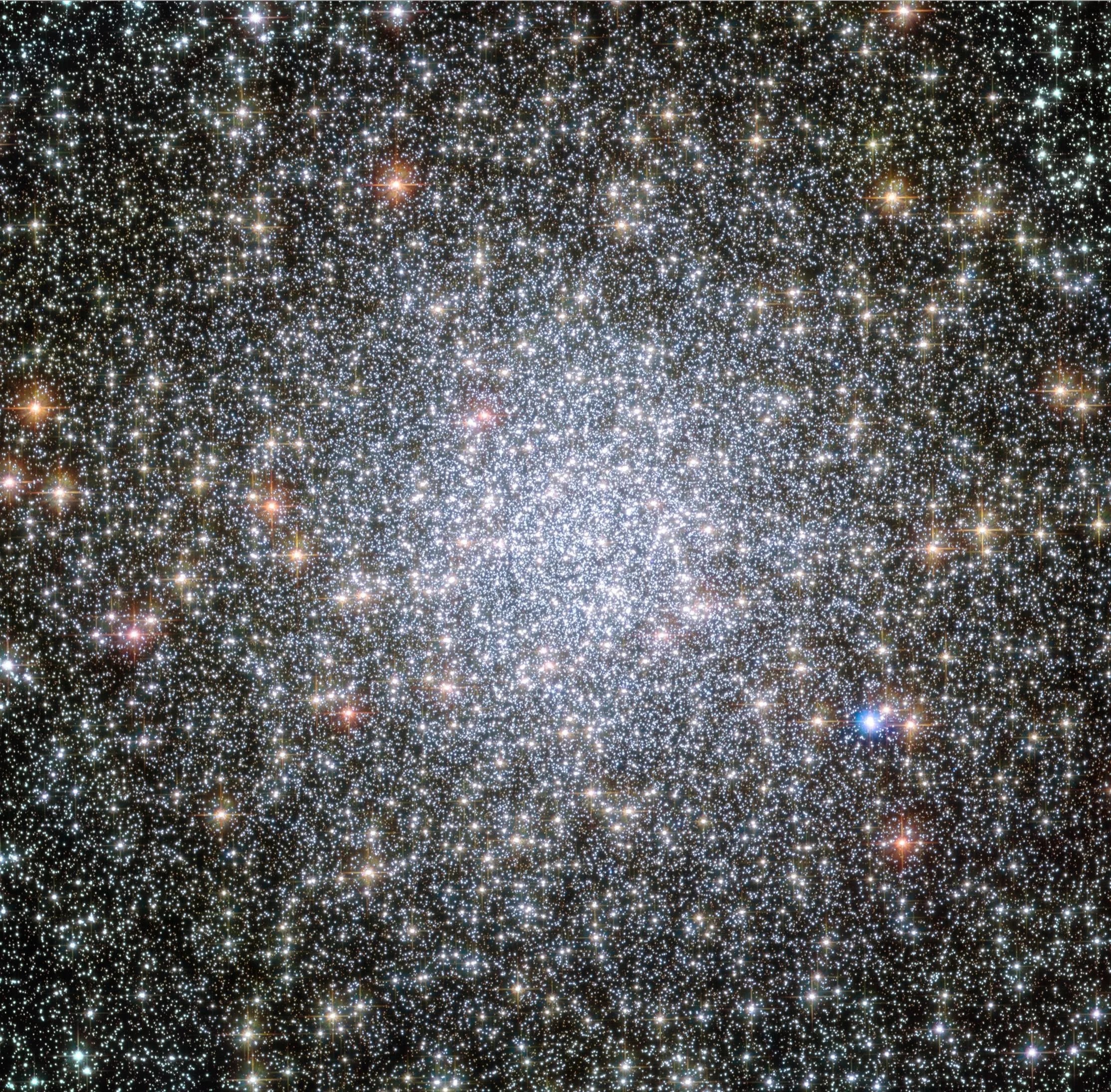
Caldwell 106
Hubble observations of Caldwell 106 revealed a dynamic conveyor belt of star motion within the cluster.
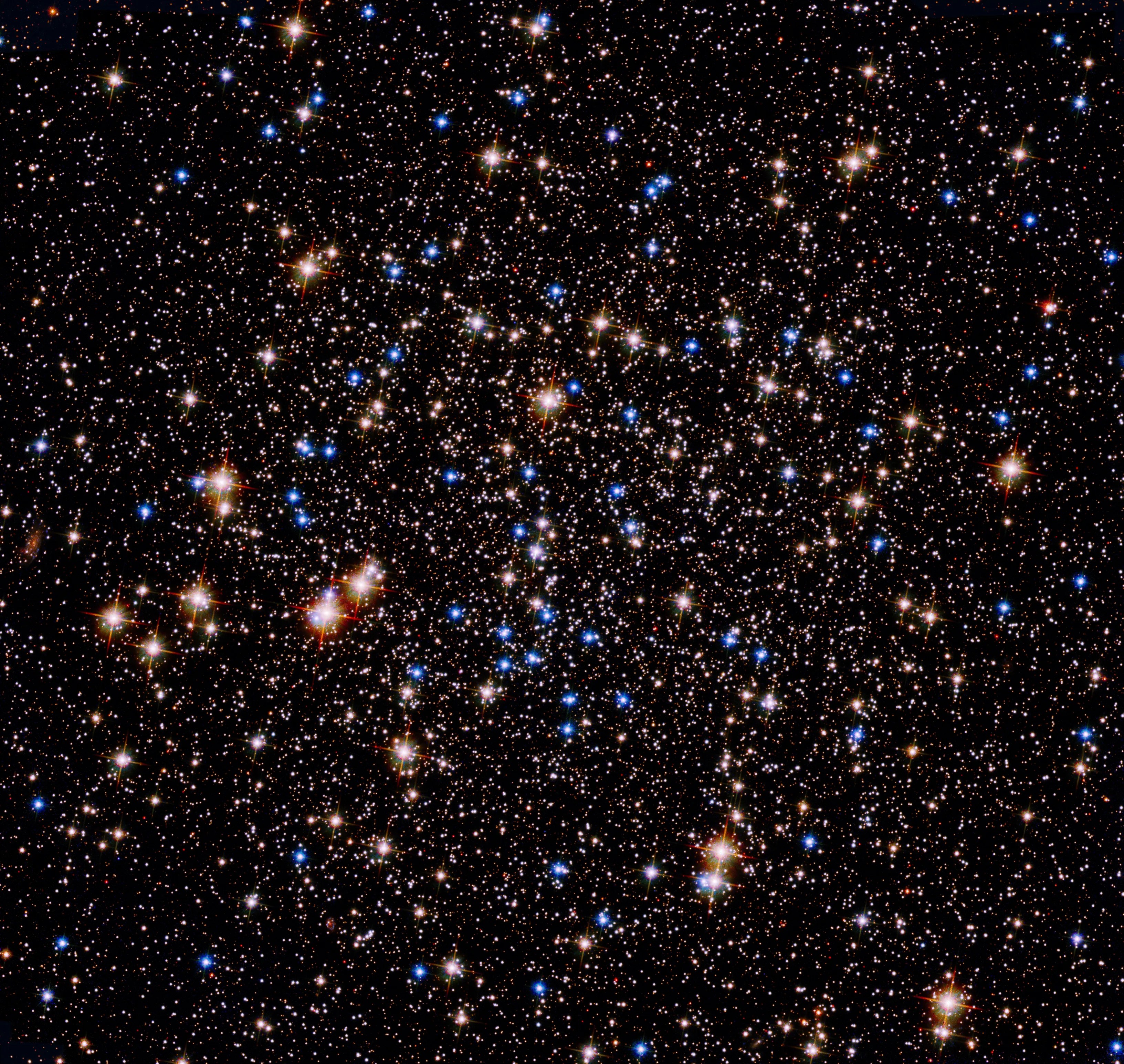
Caldwell 107
This loosely-packed cluster of stars was first observed in 1826 by Scottish astronomer James Dunlop.
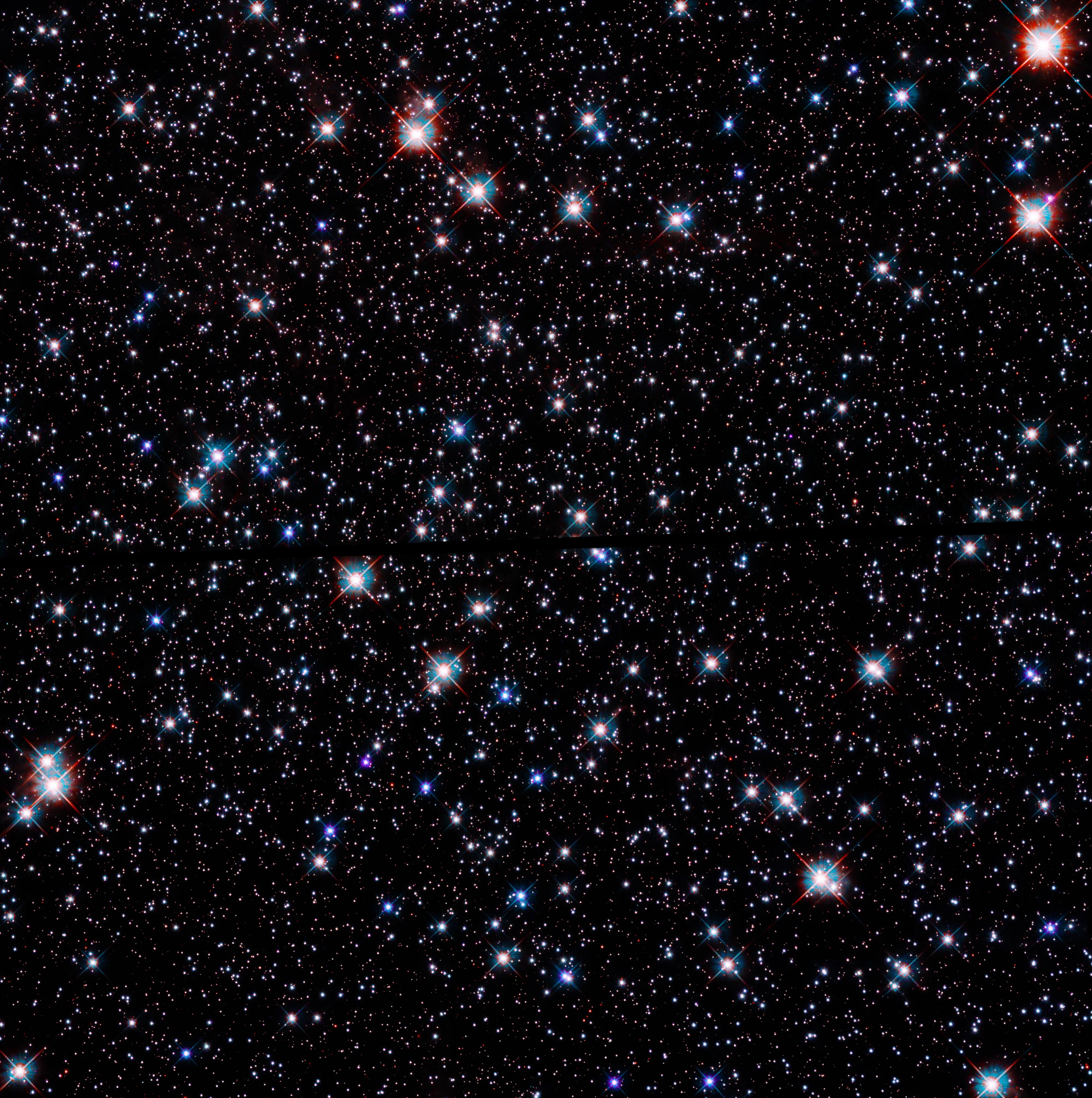
Caldwell 108
The colorful stars of Caldwell 108 offer clues to the cluster's internal dynamics and subsequent evolution.
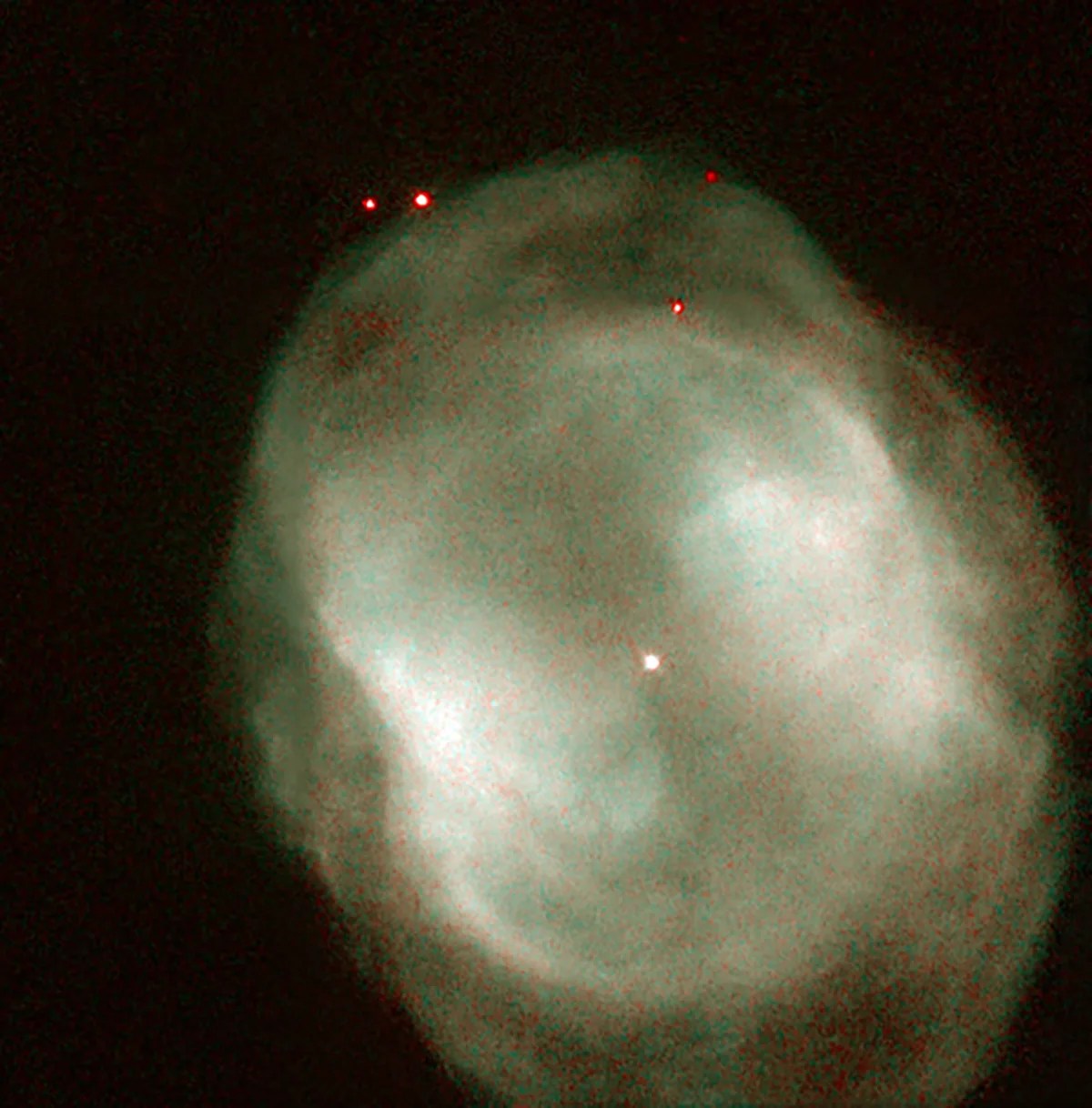
Caldwell 109
A dying star at Caldwell 109's heart shed its outer layers, creating a shell of gas around the star.

